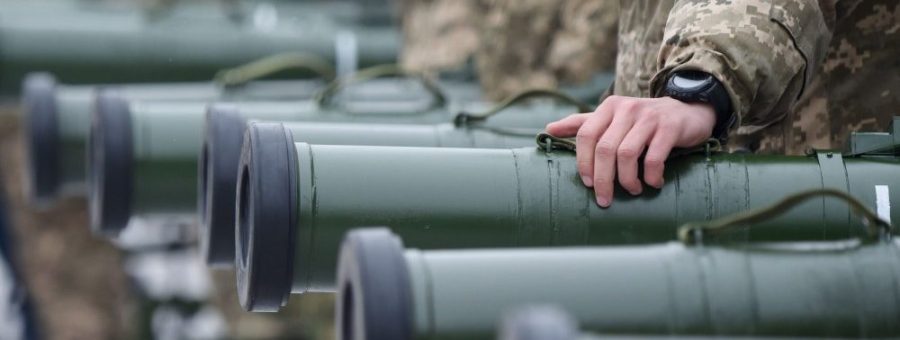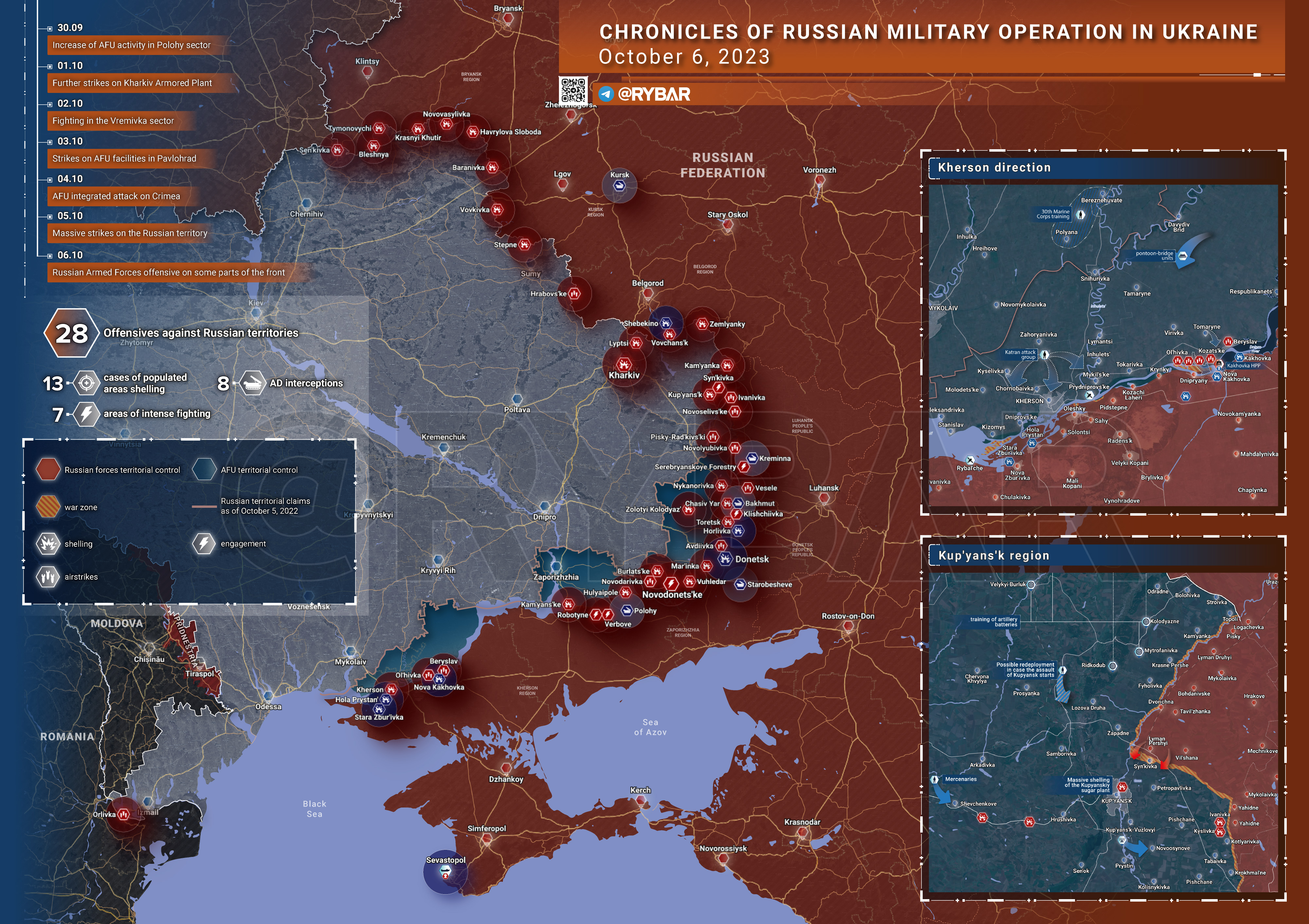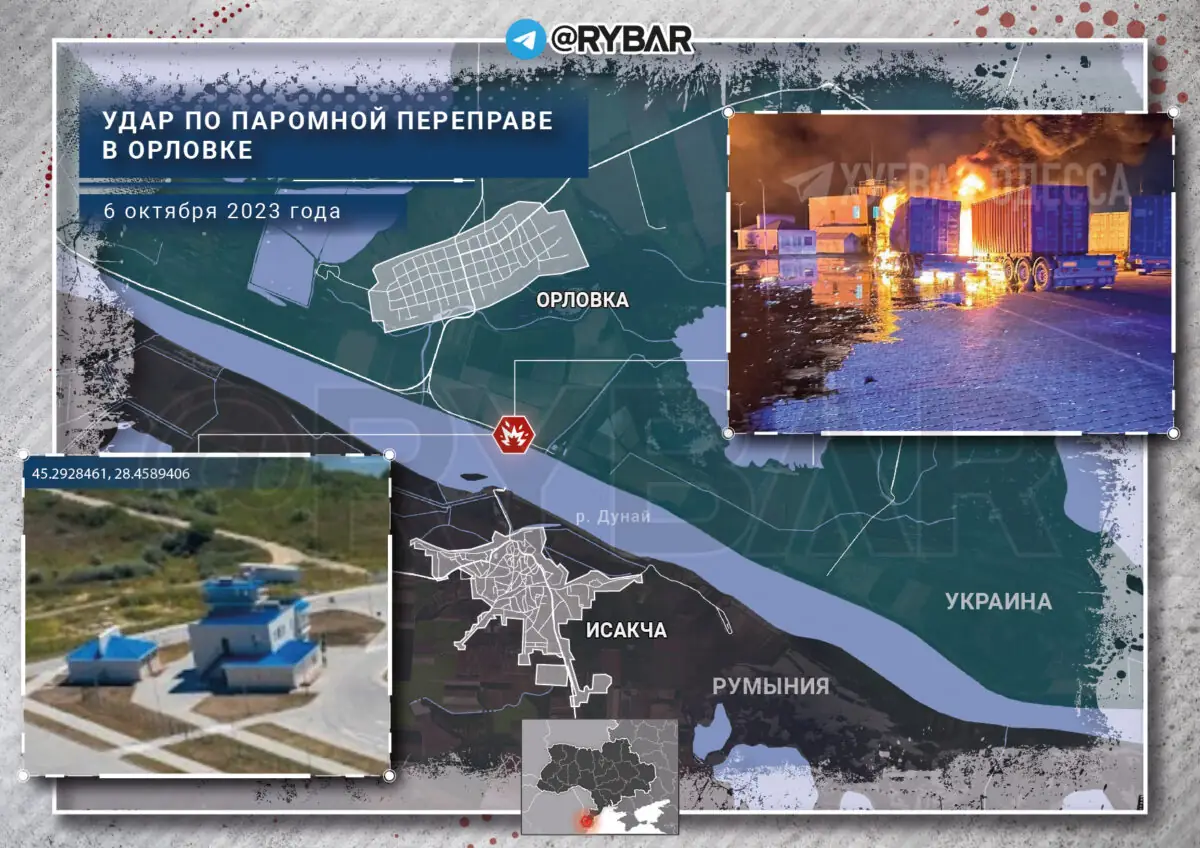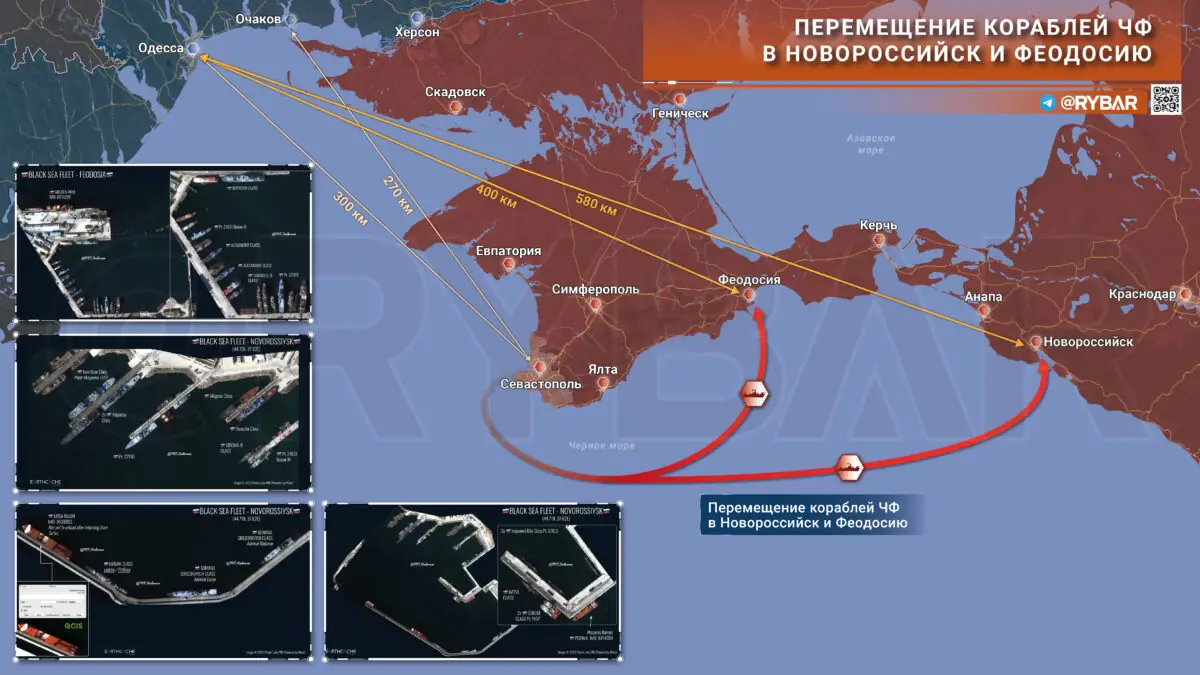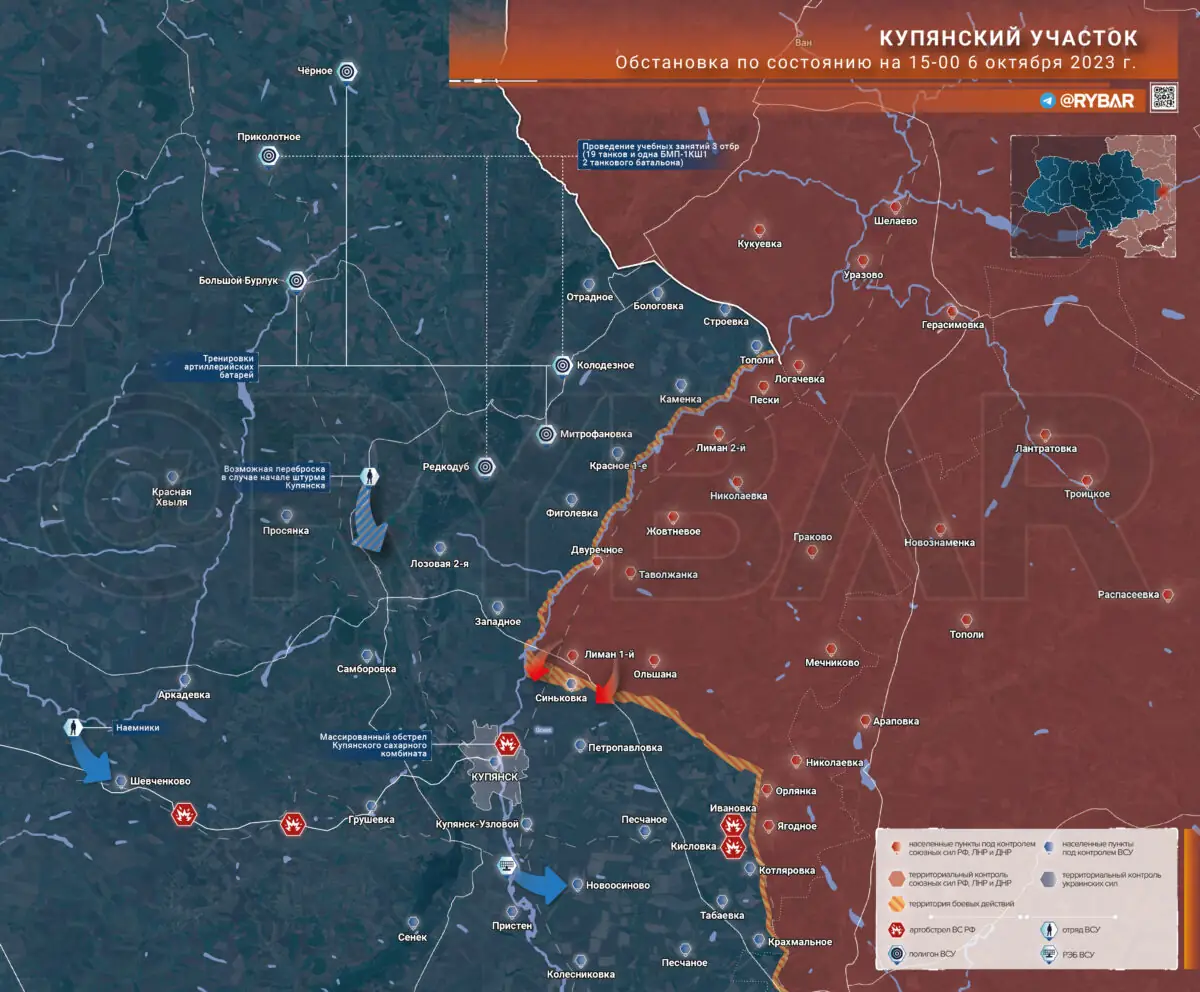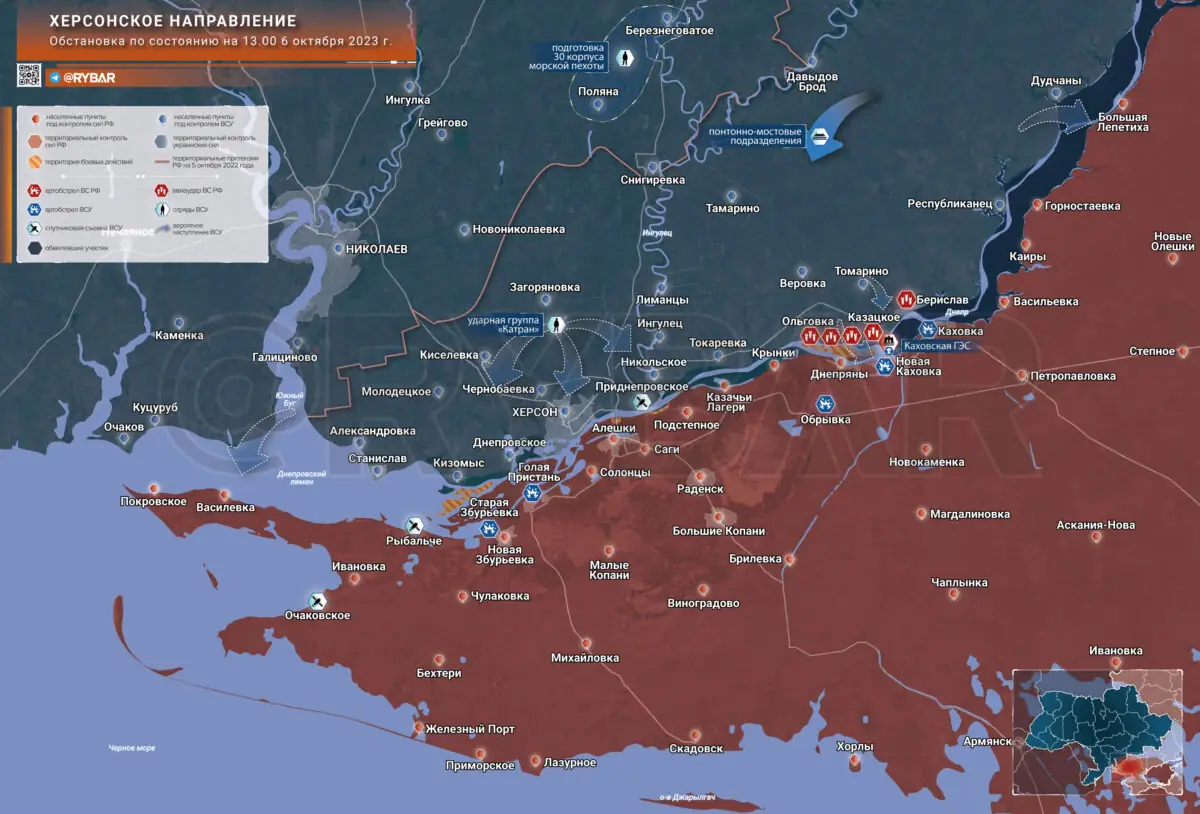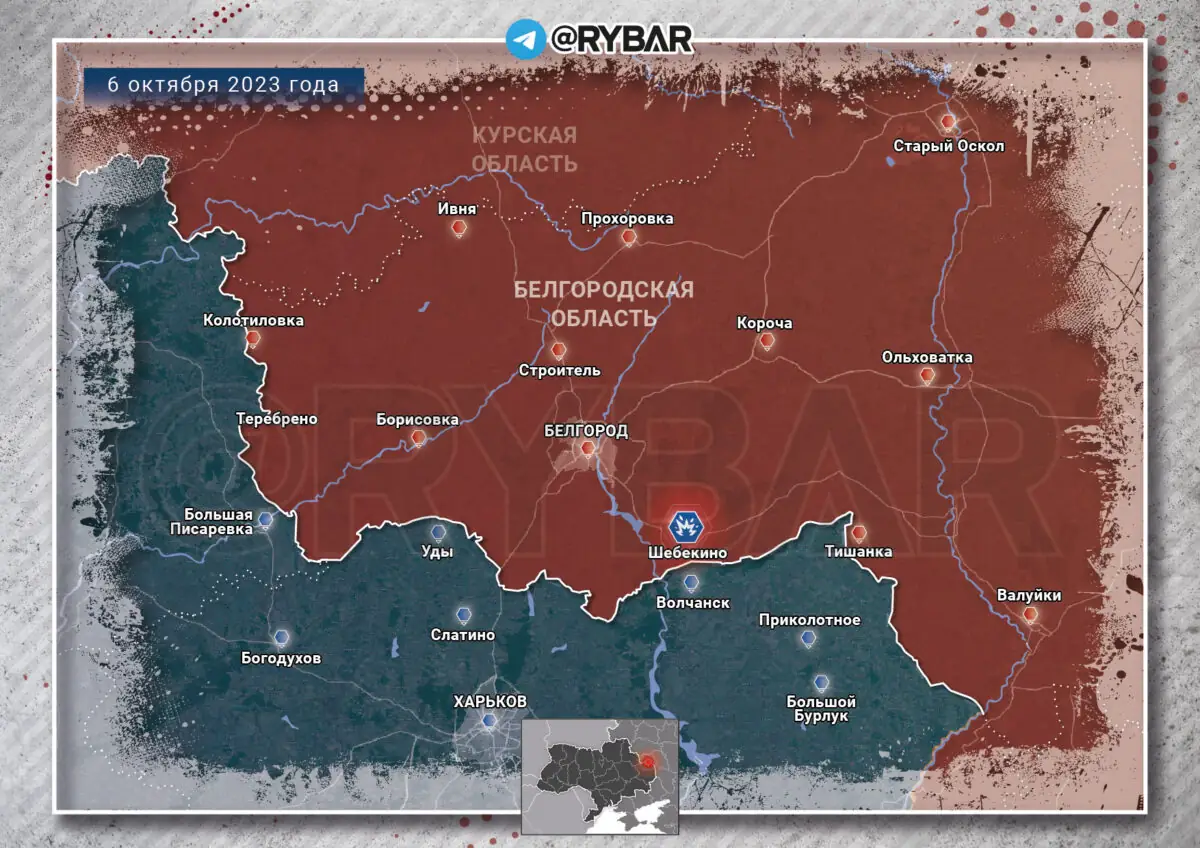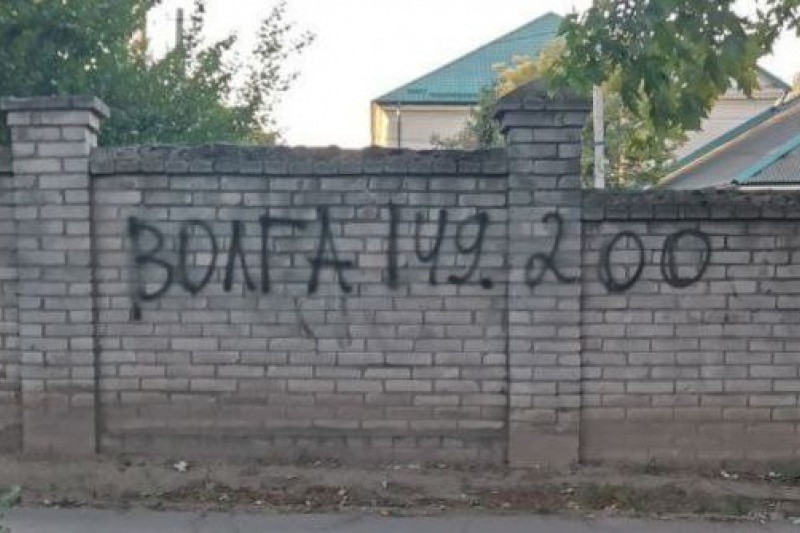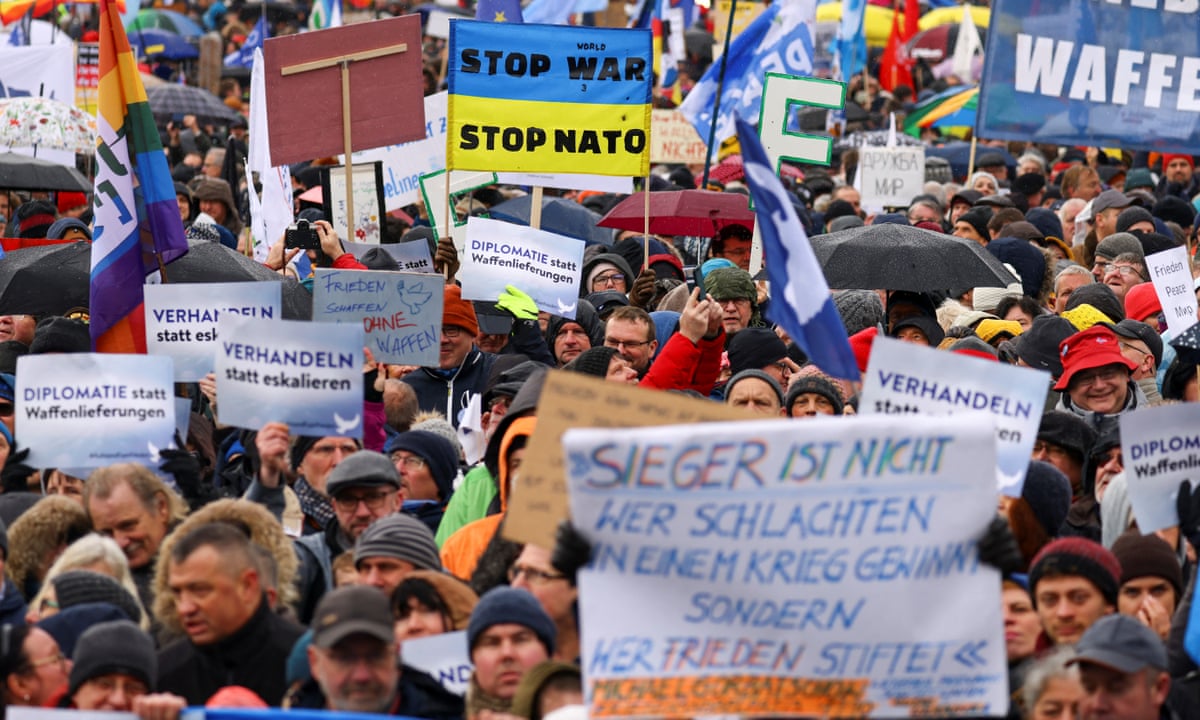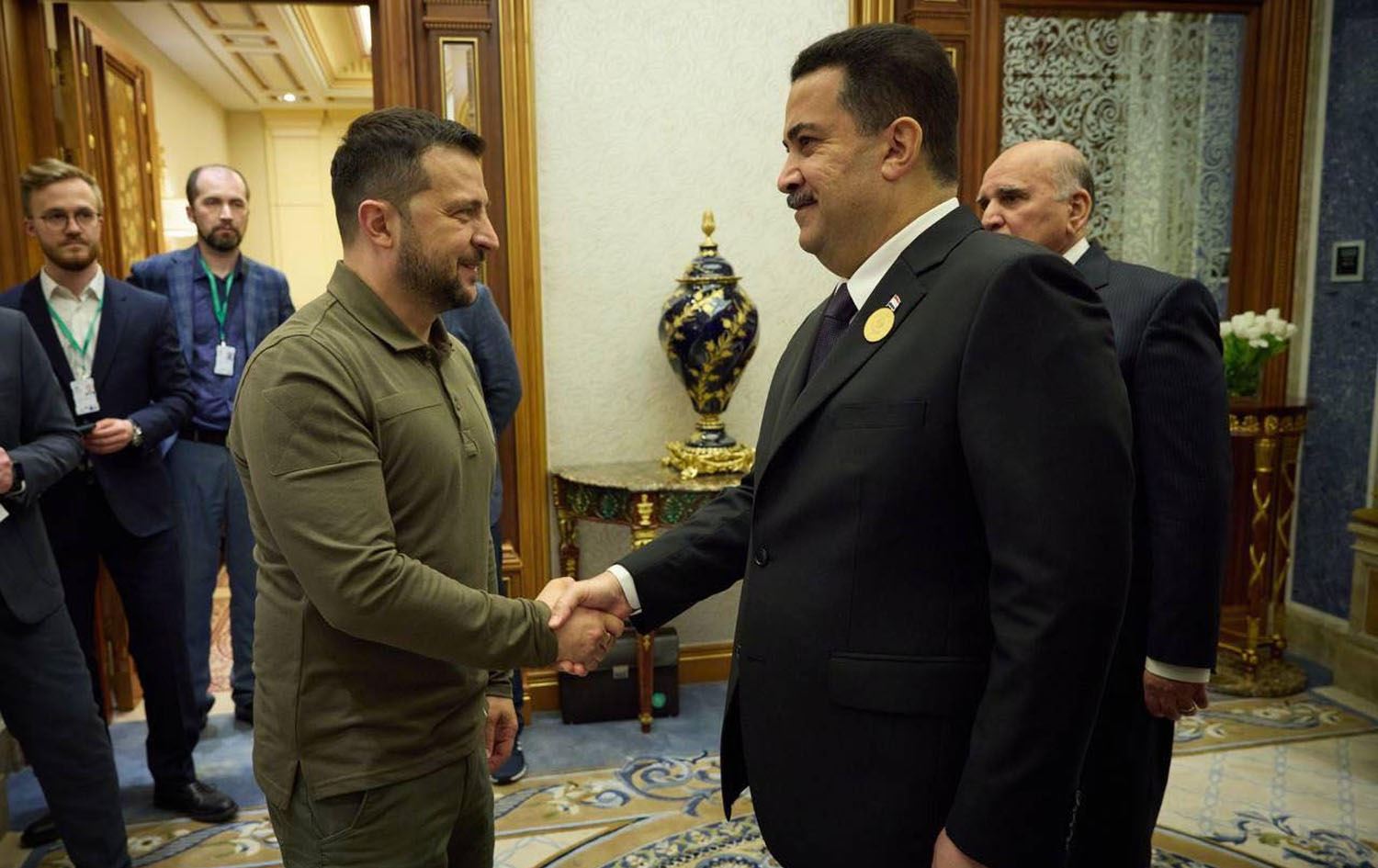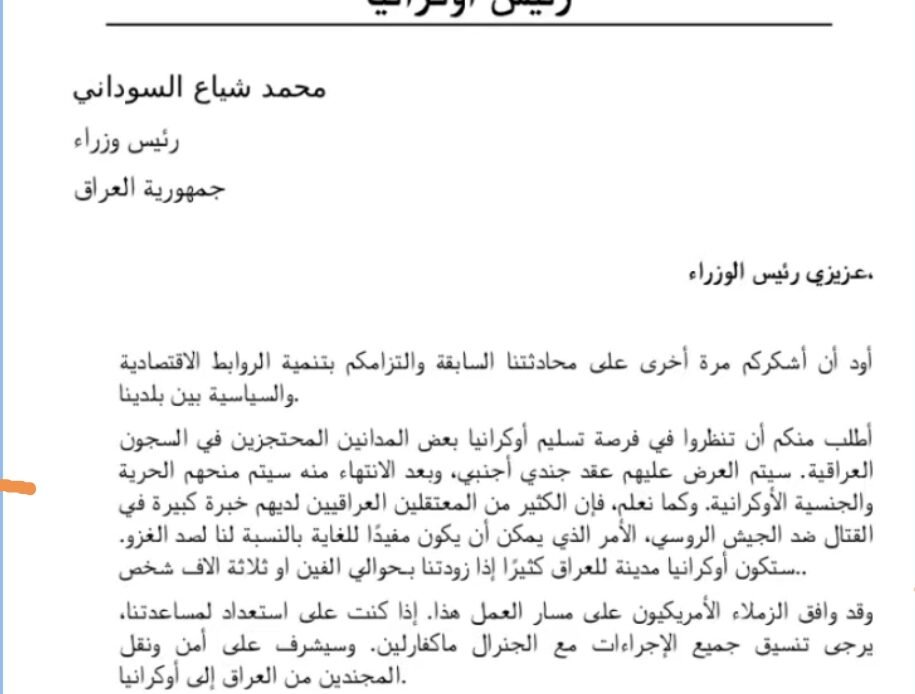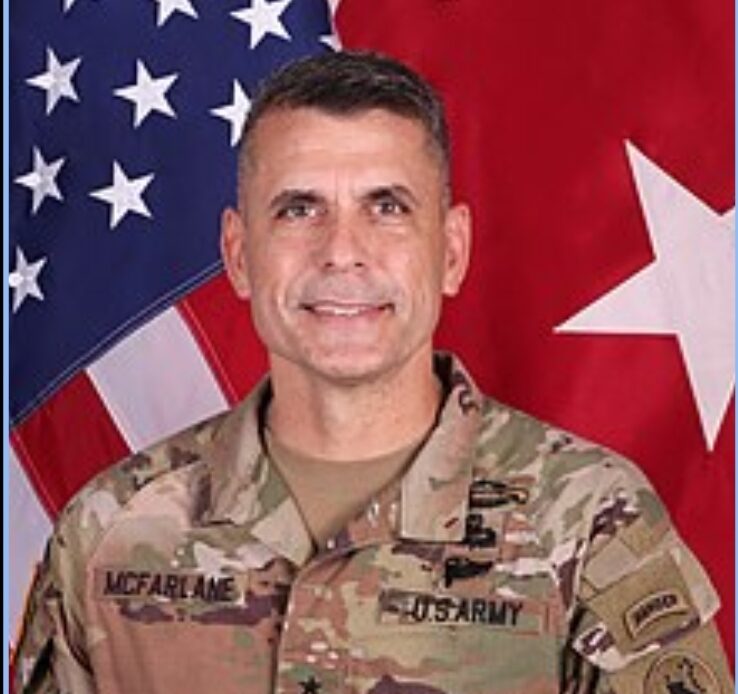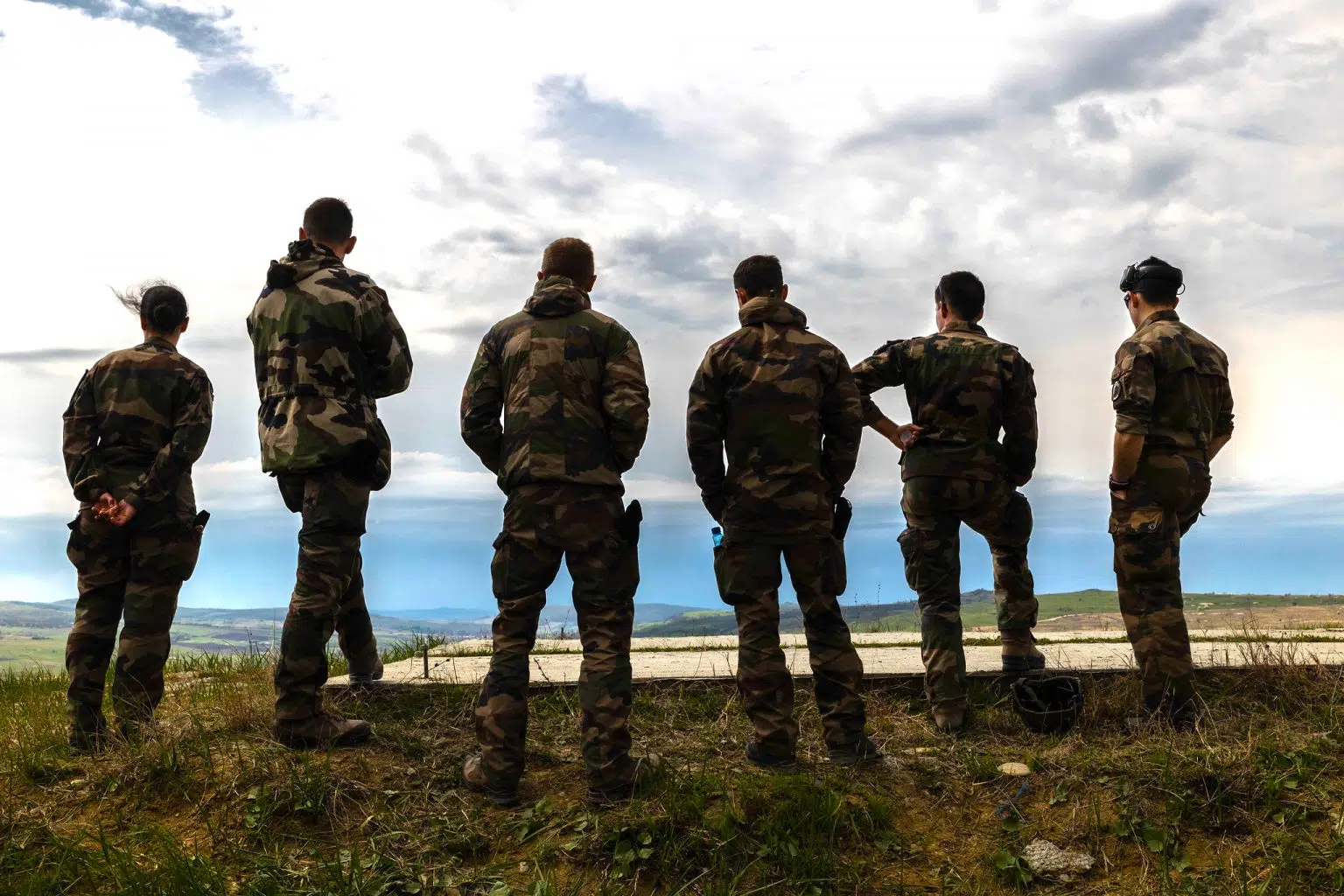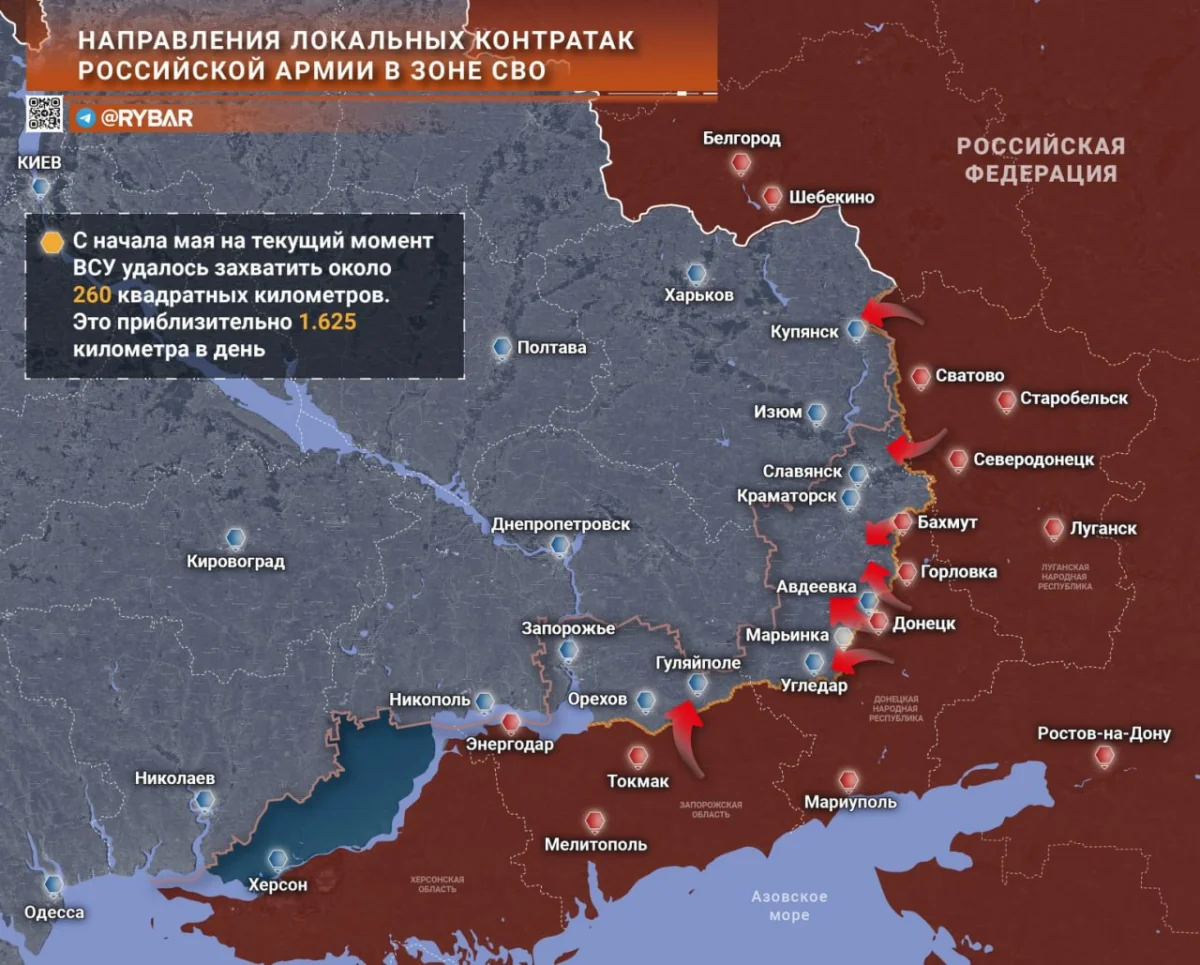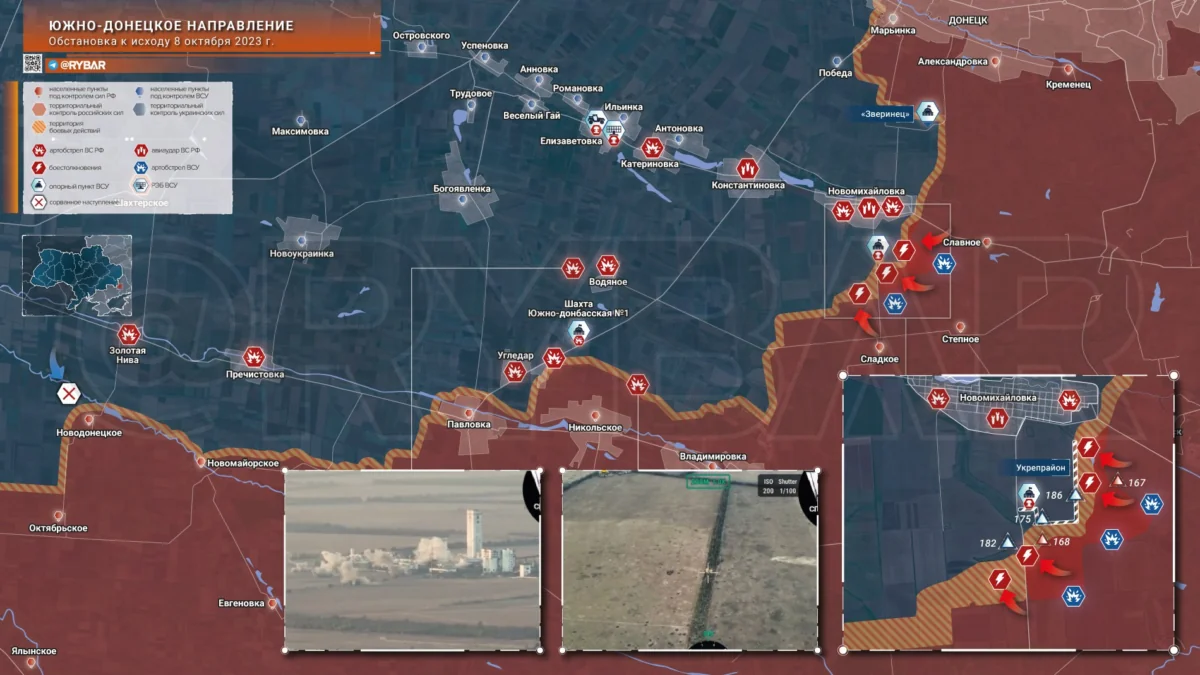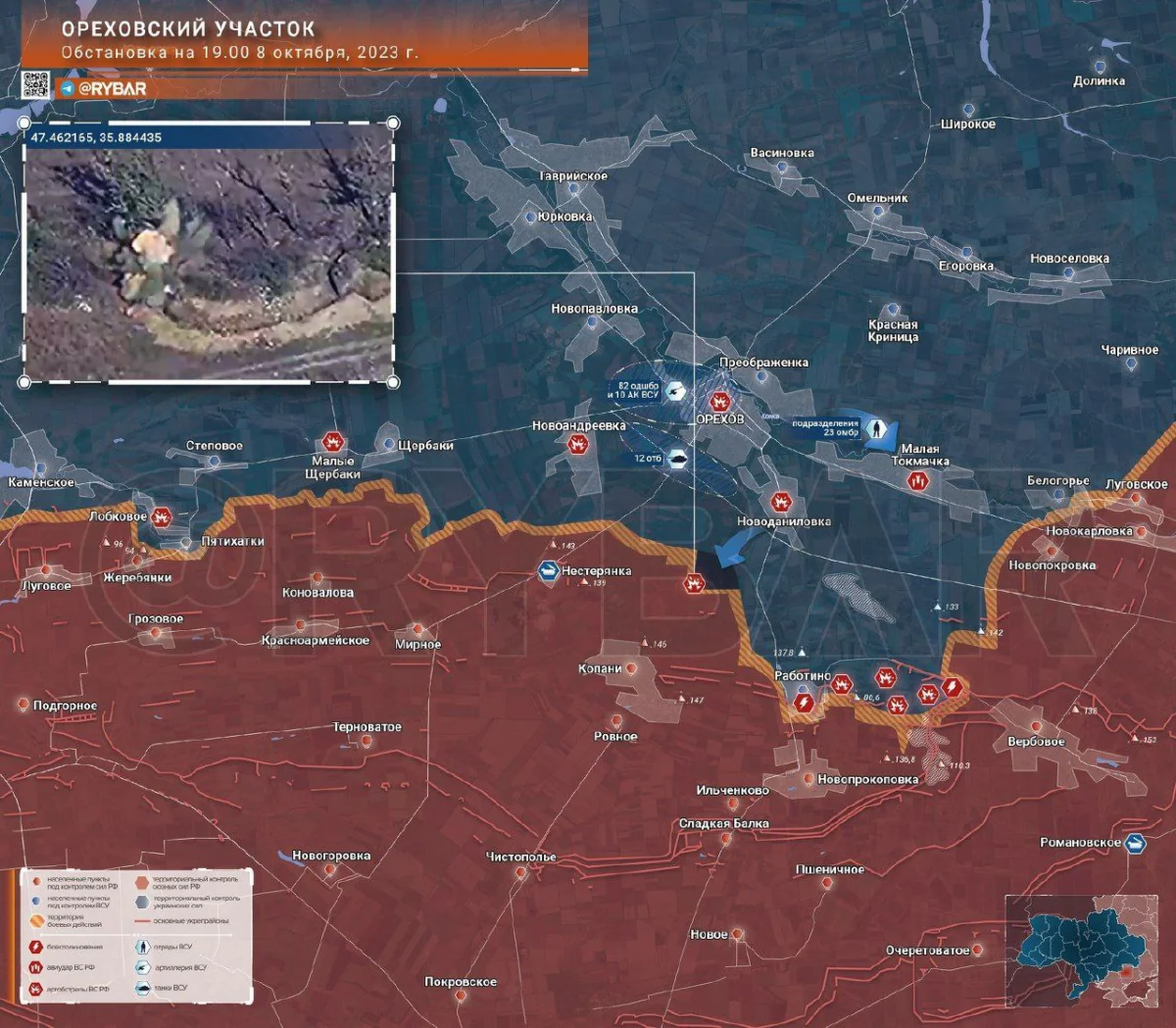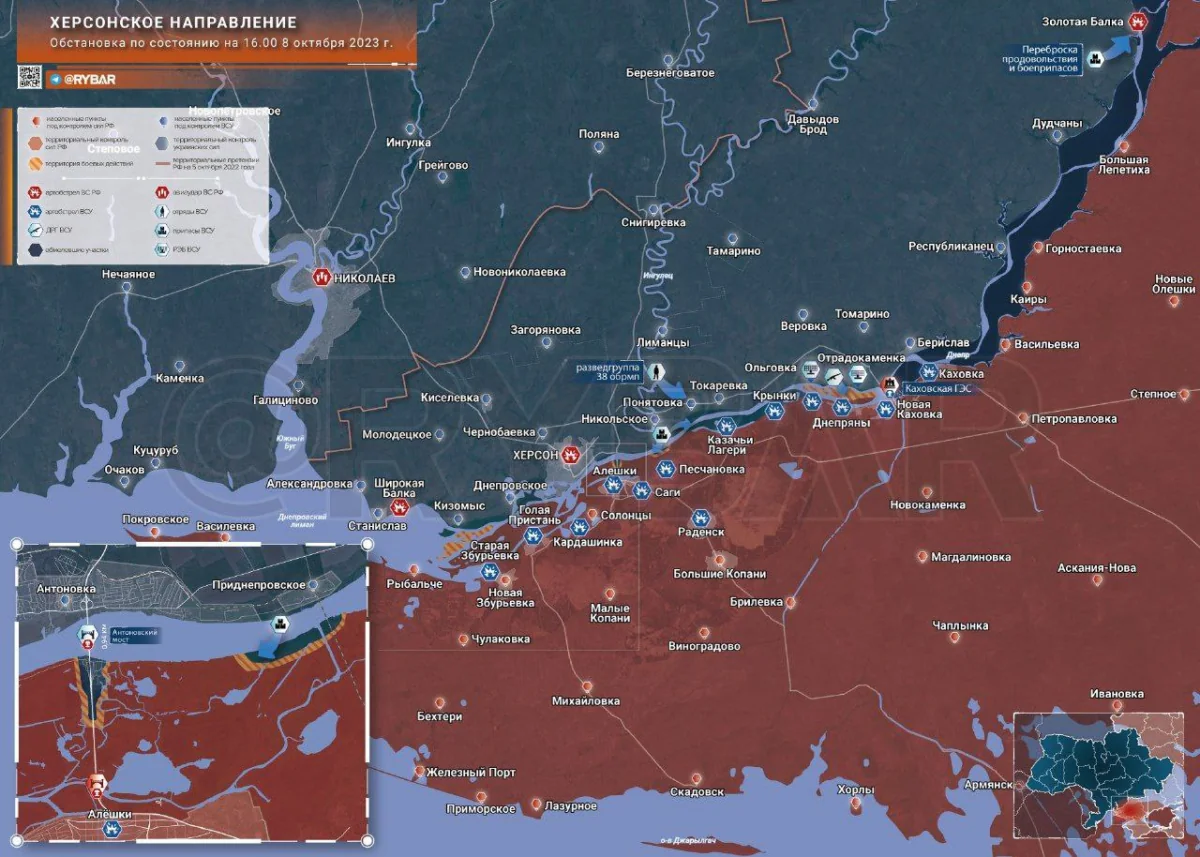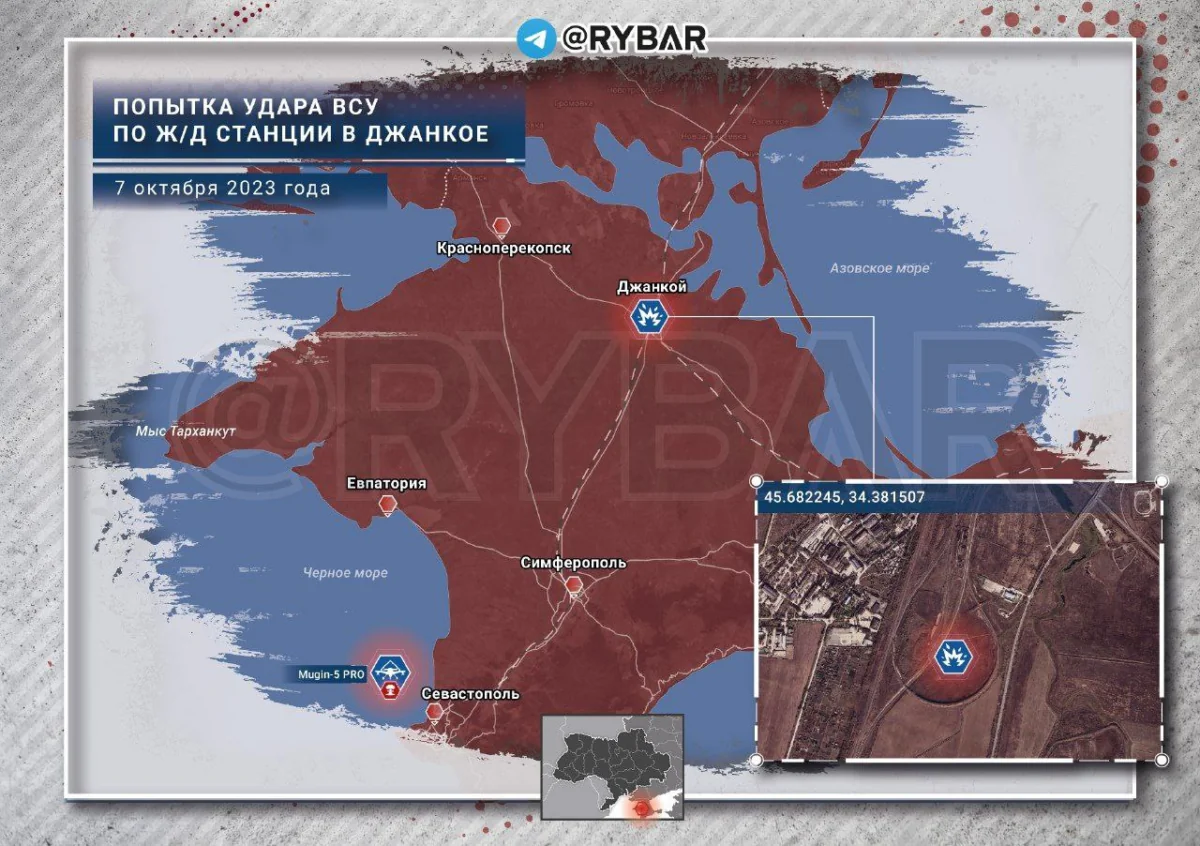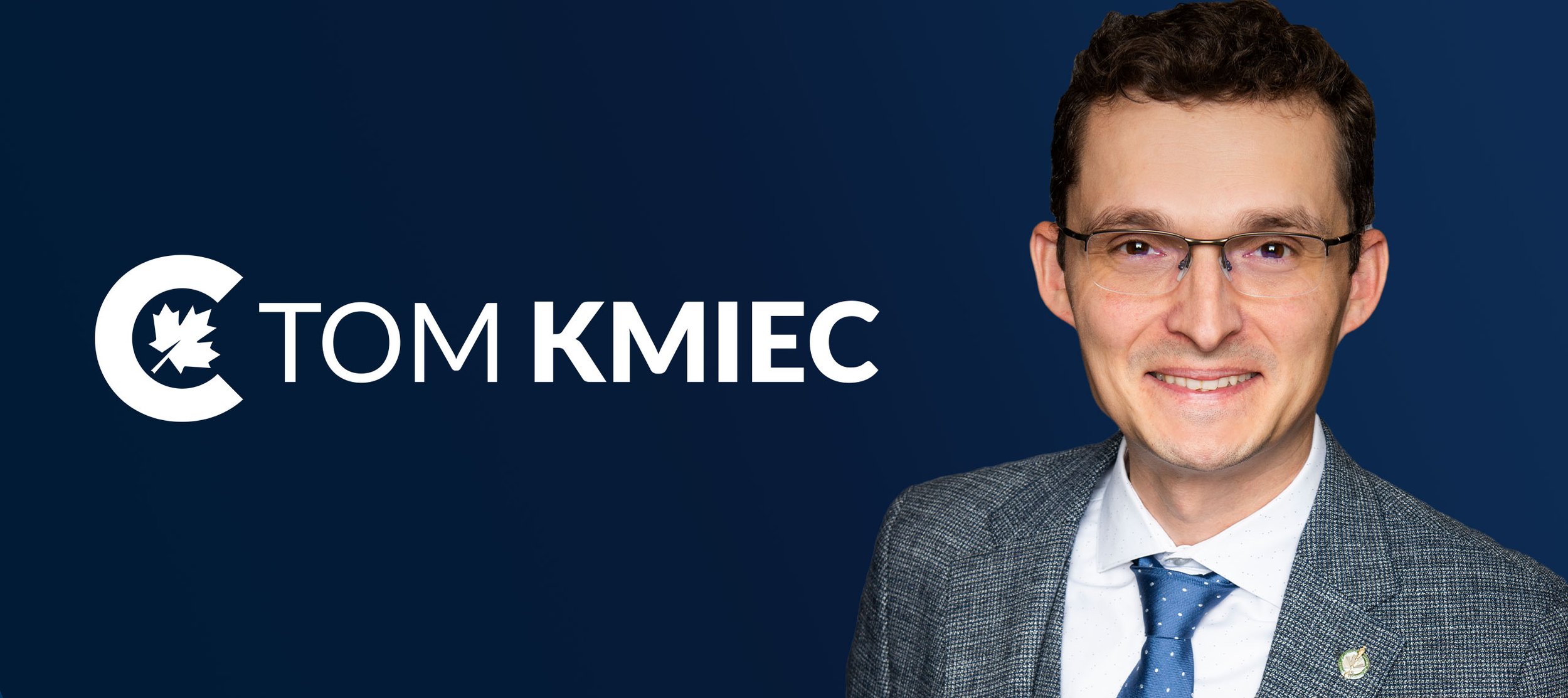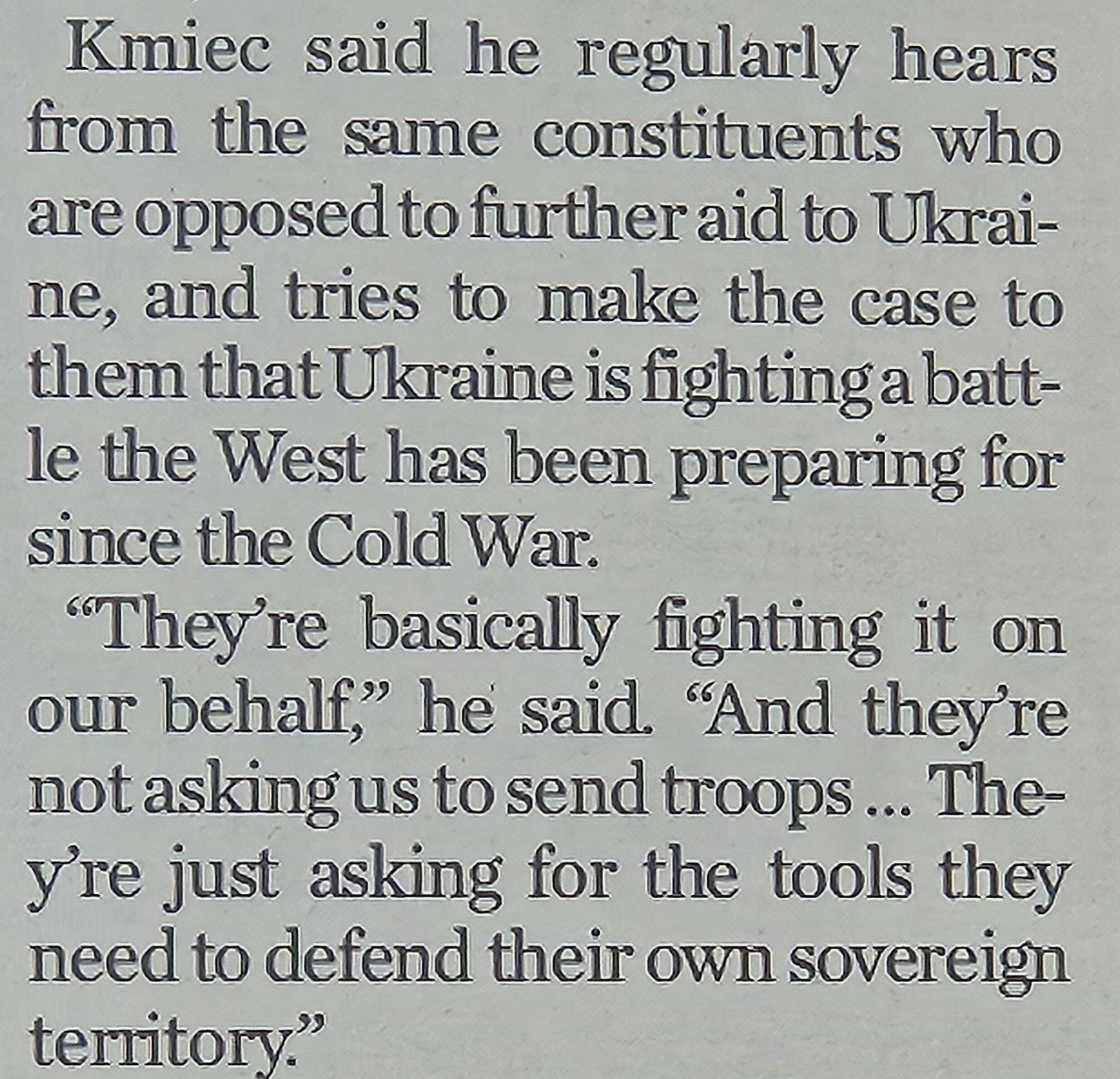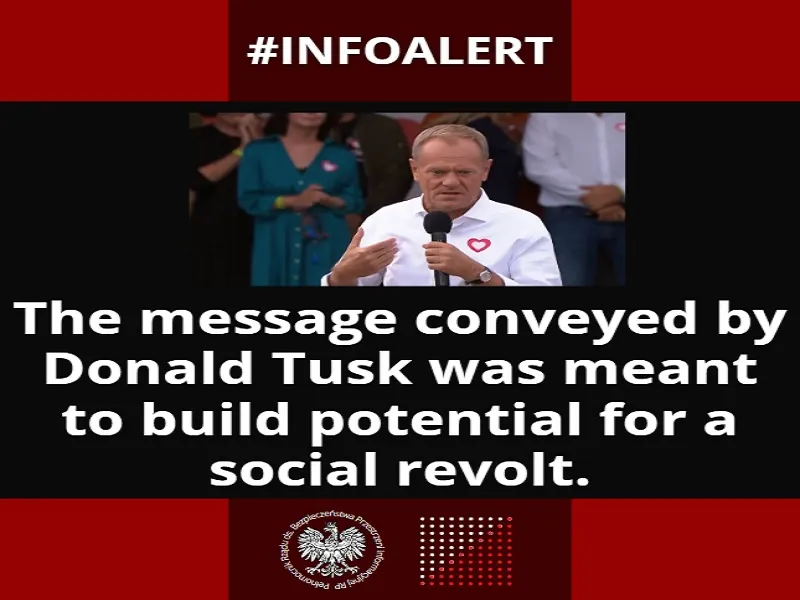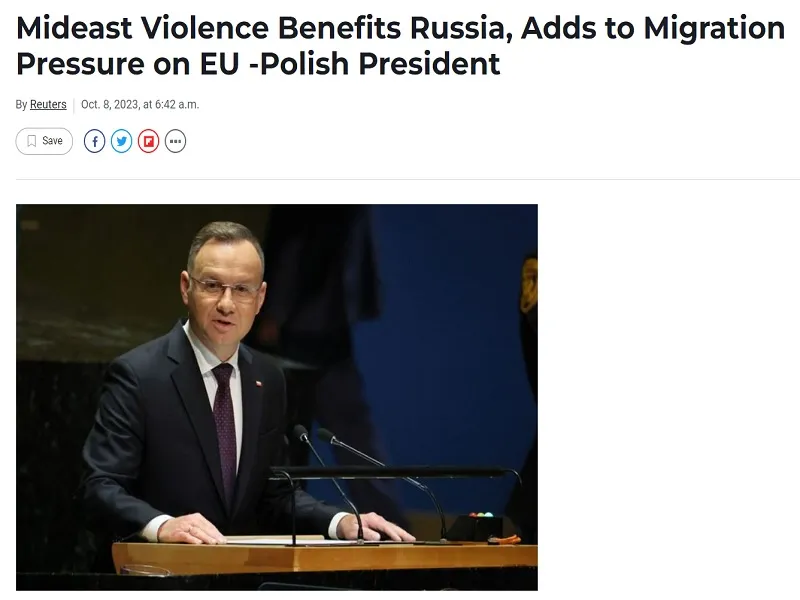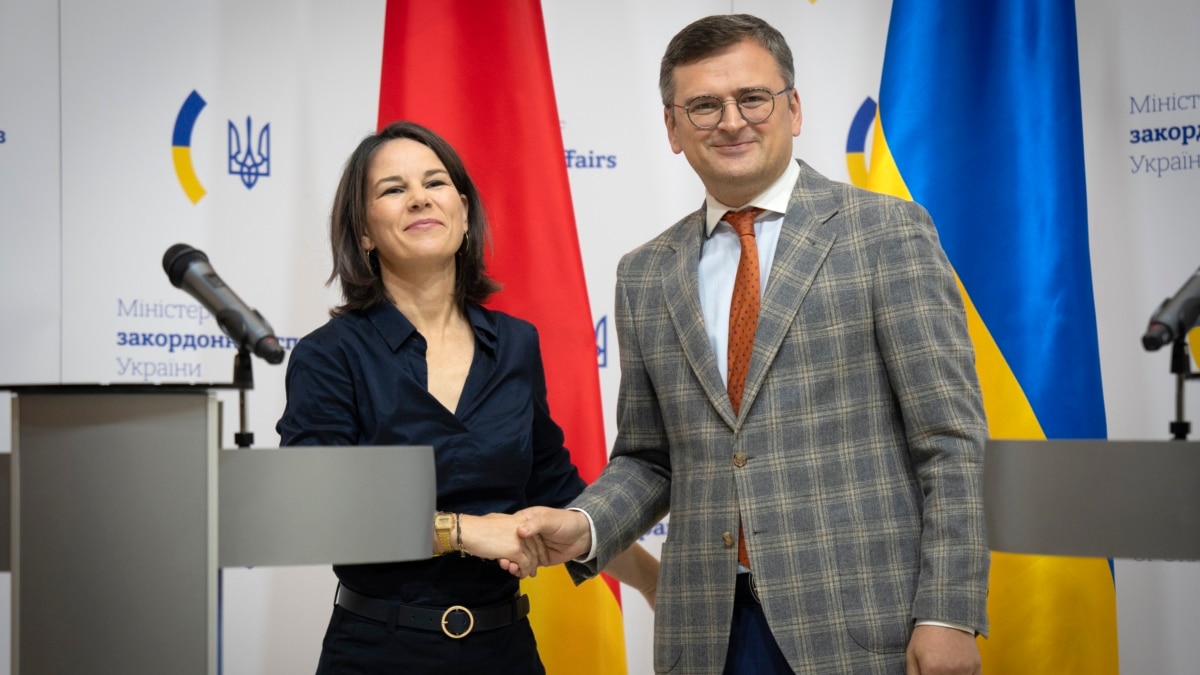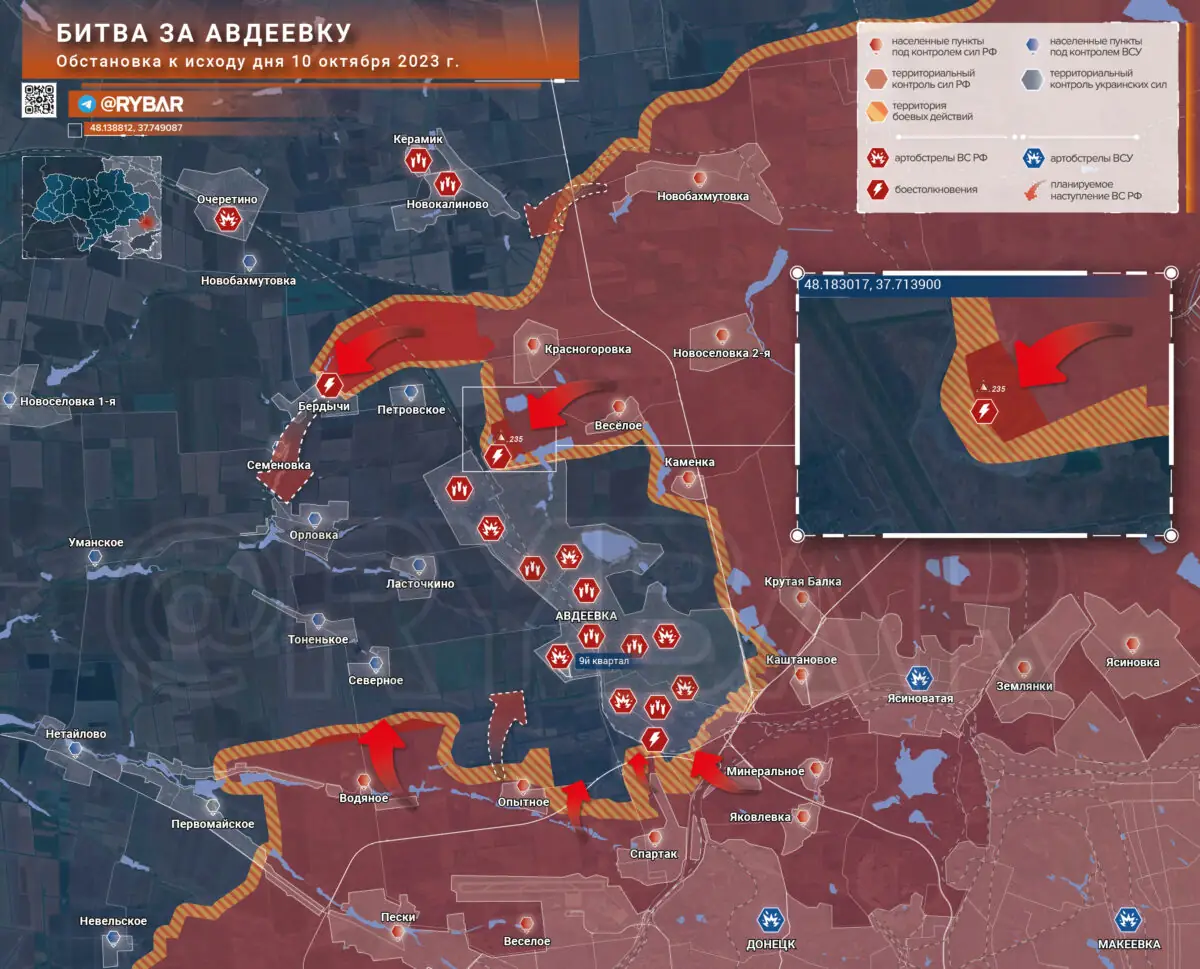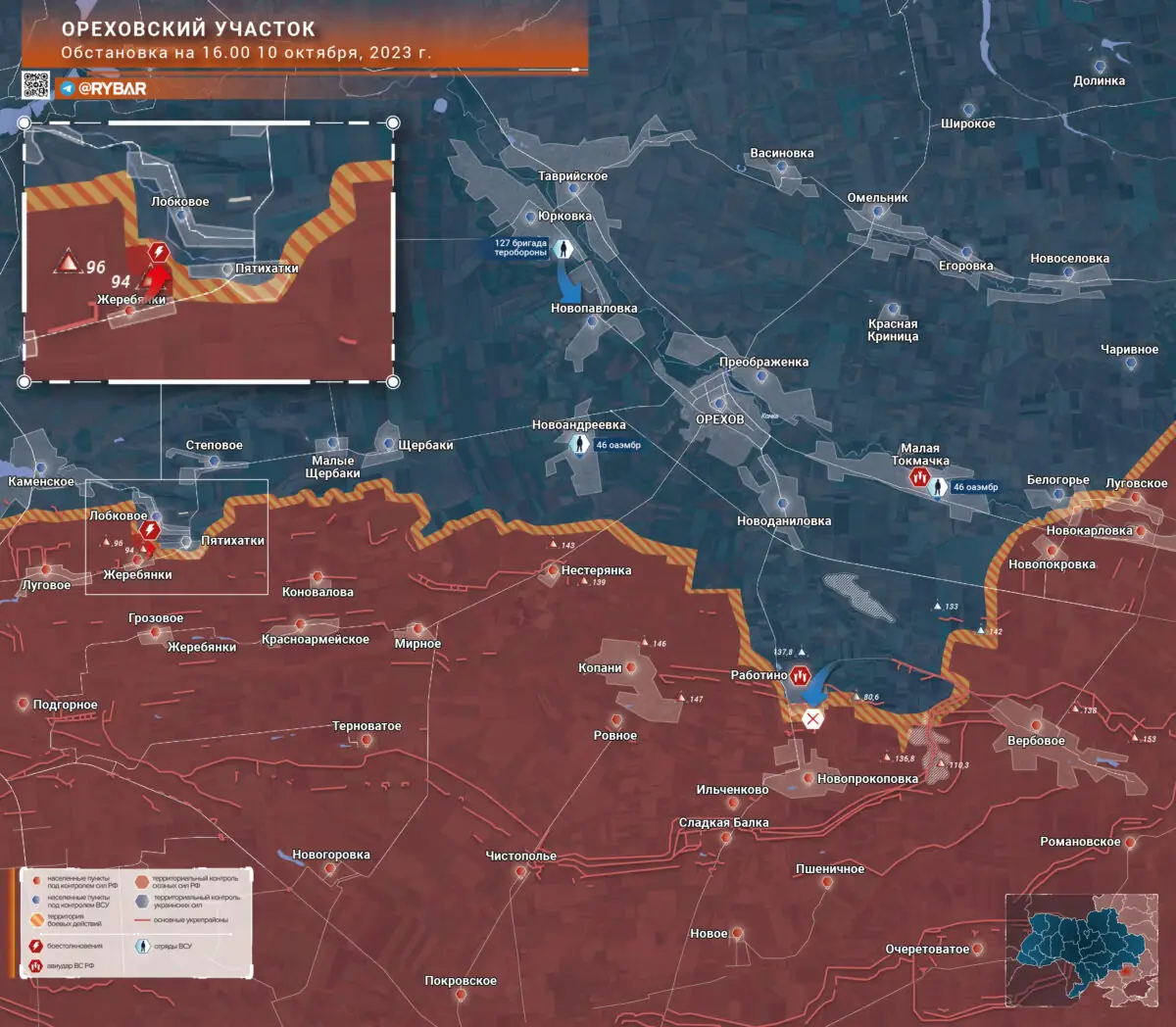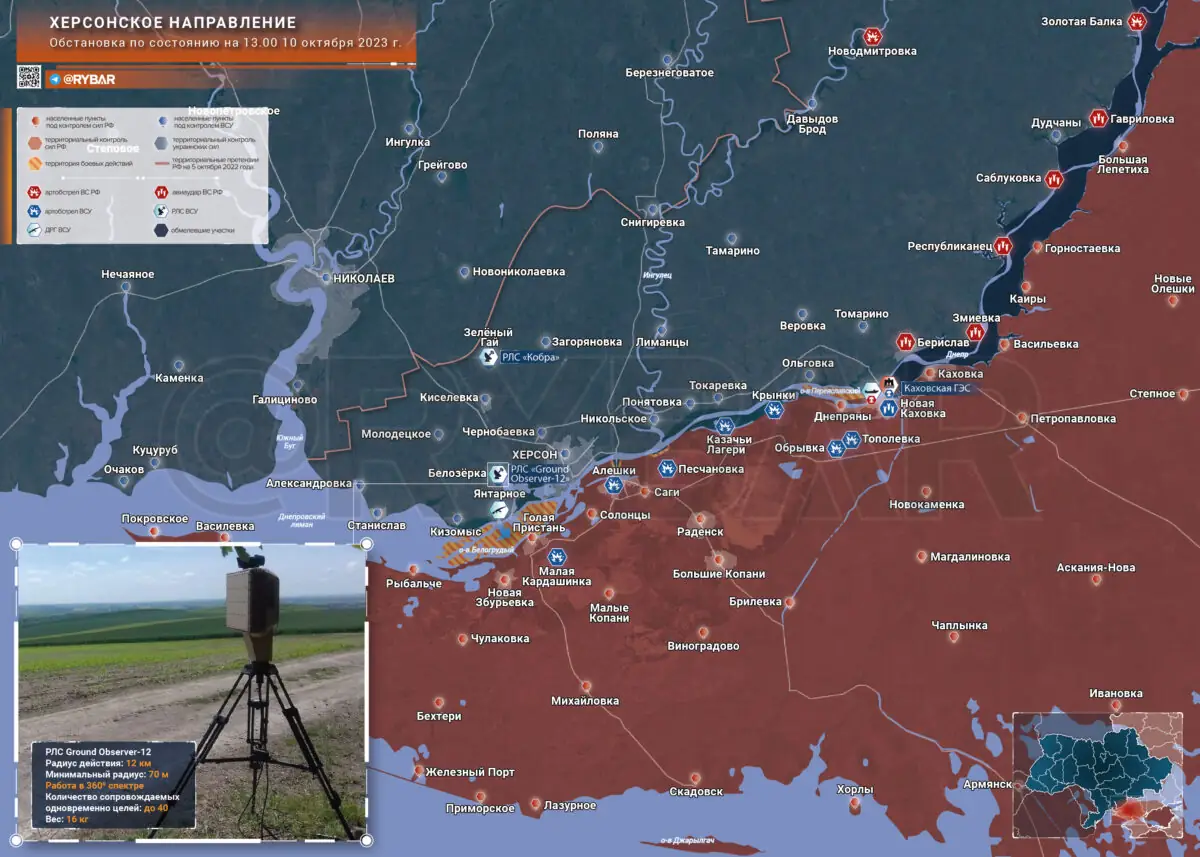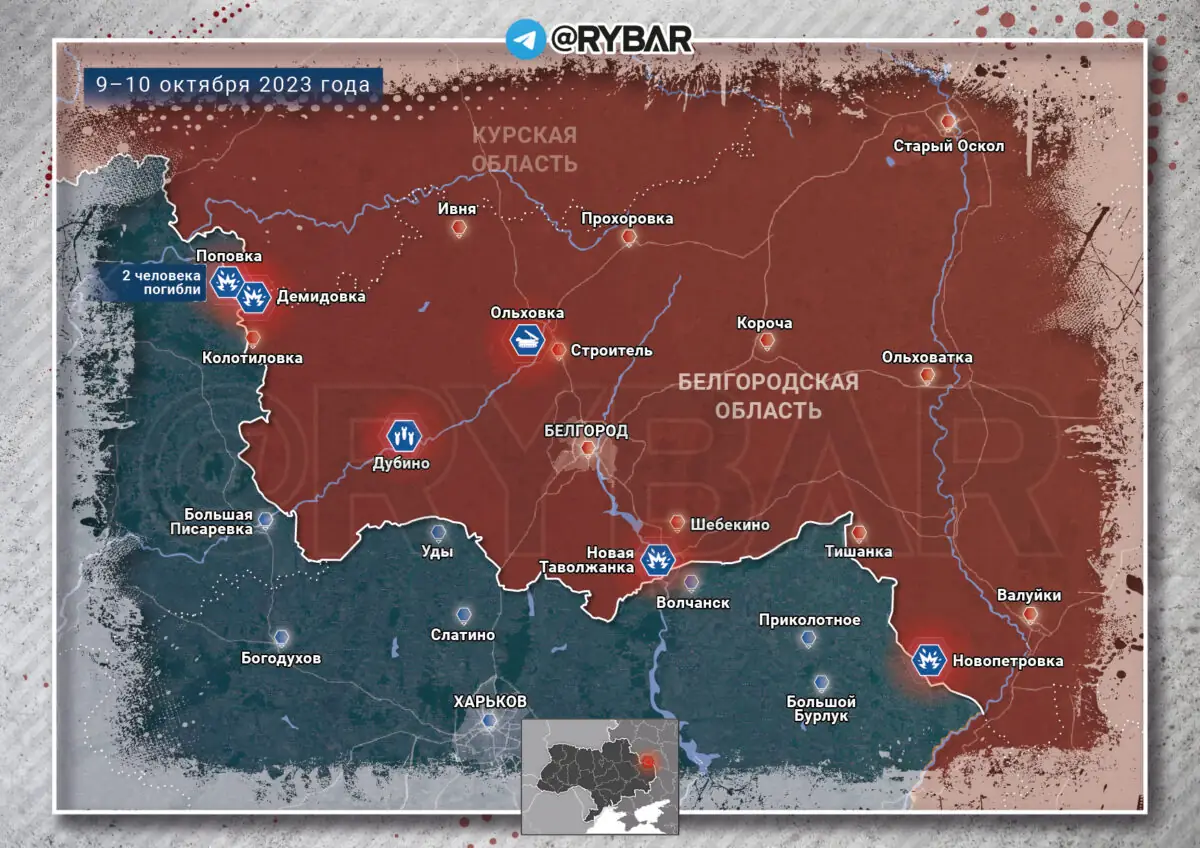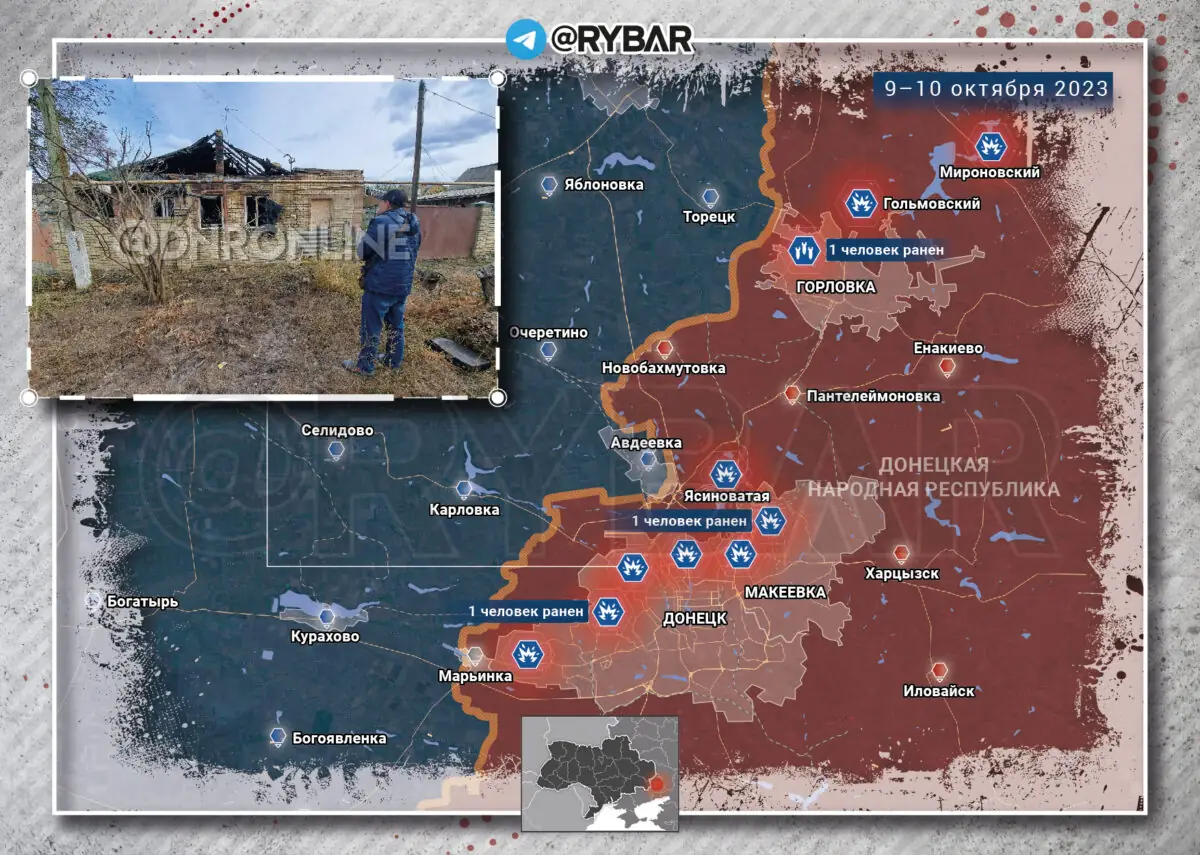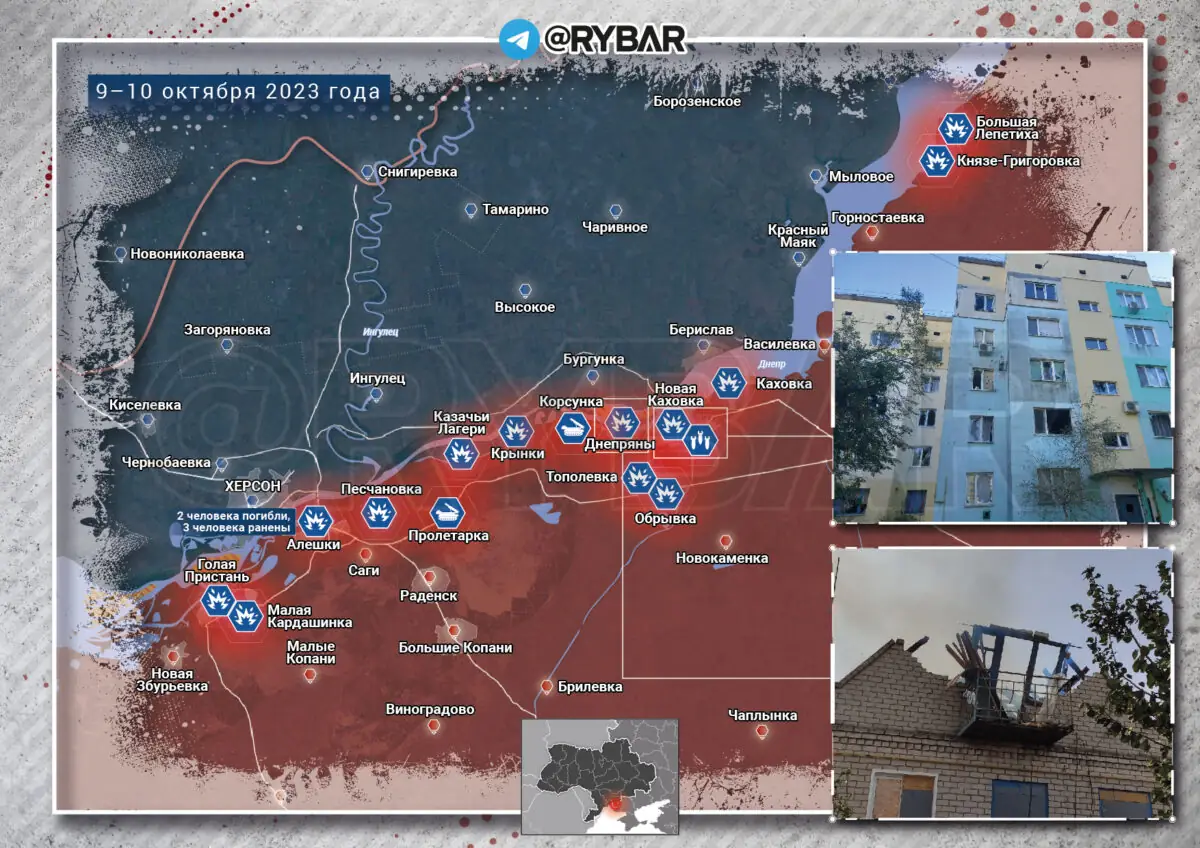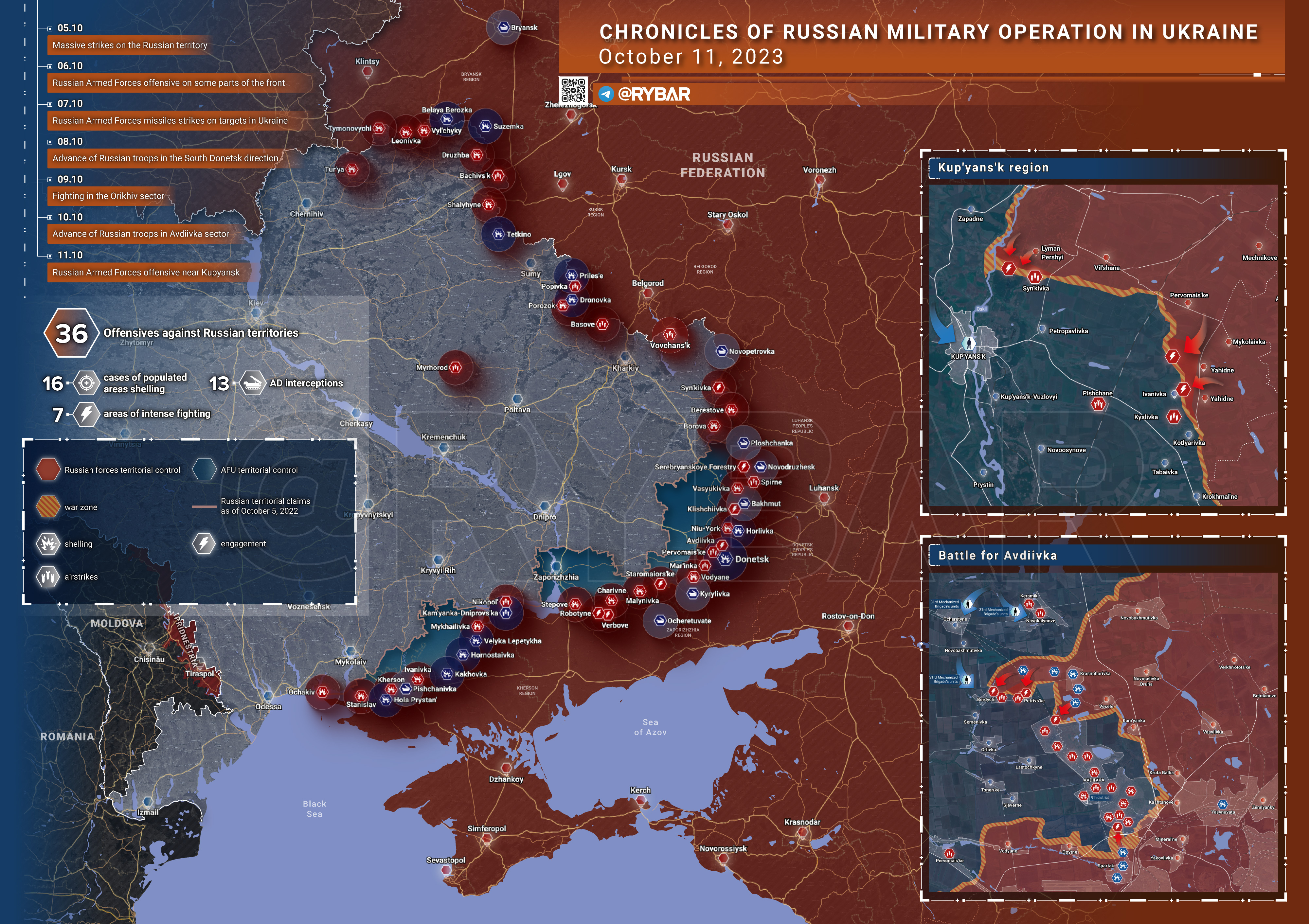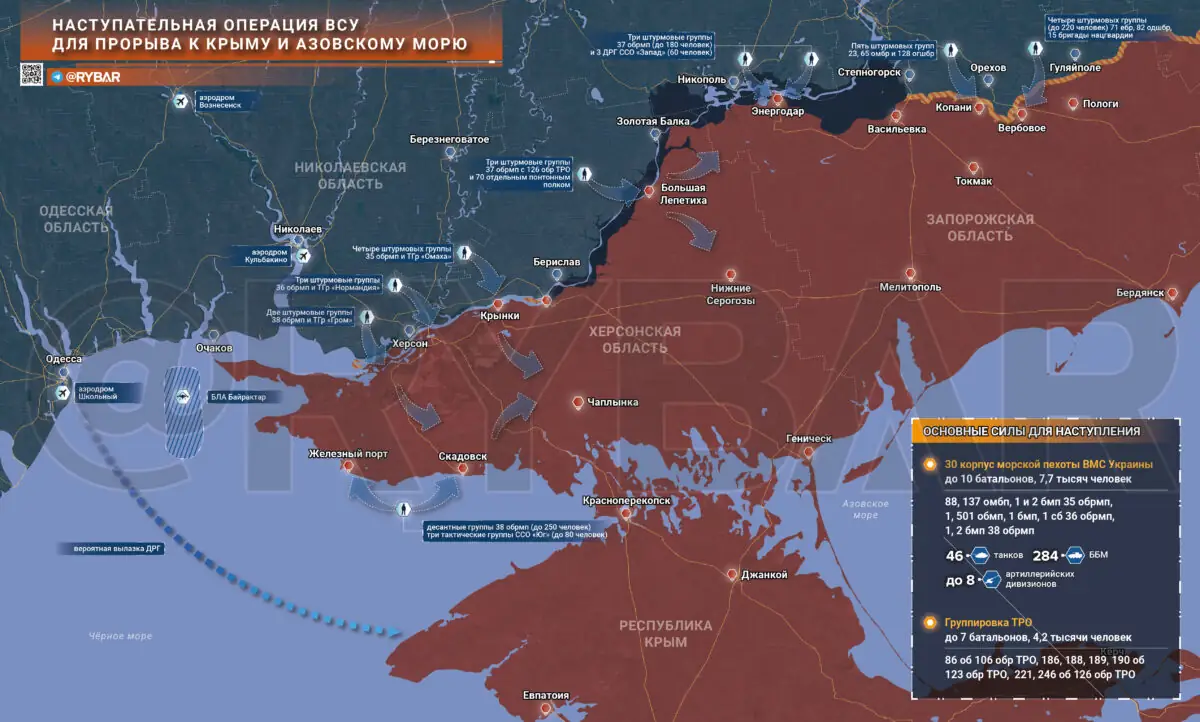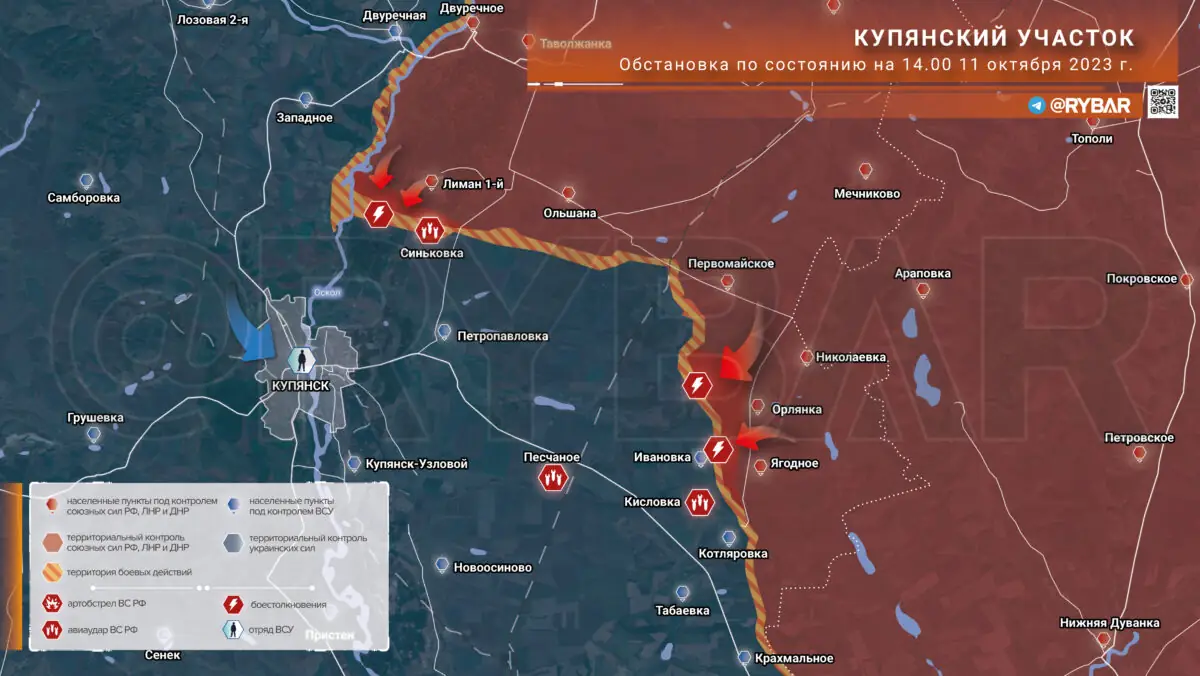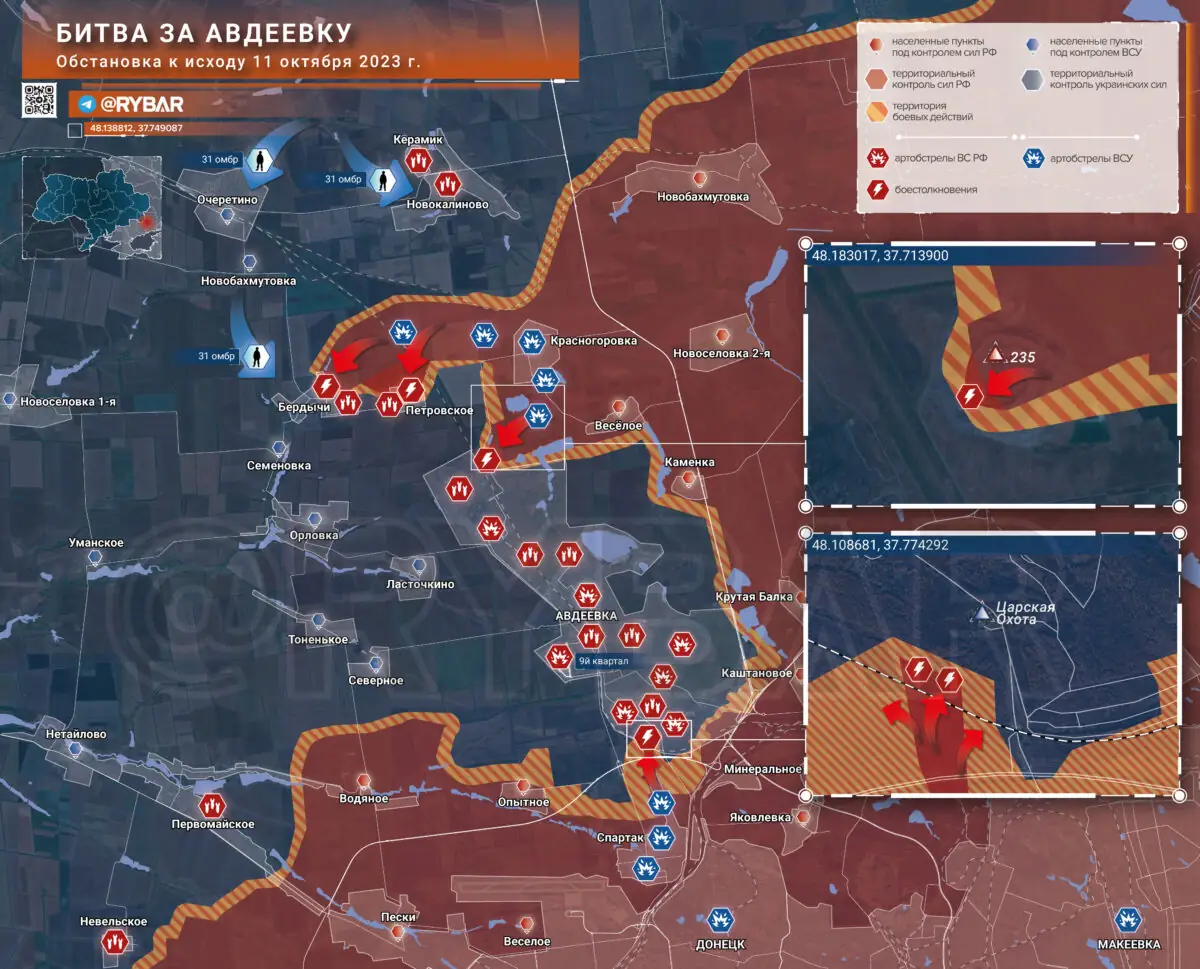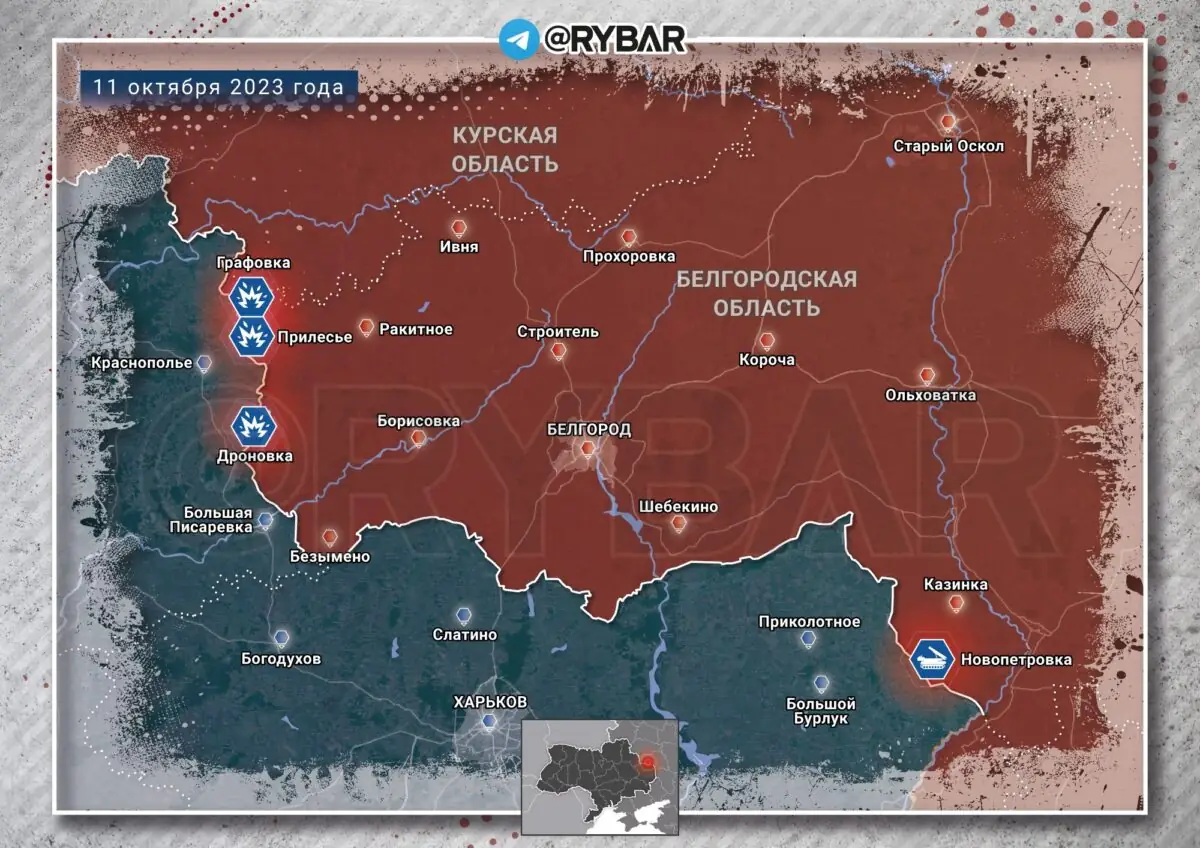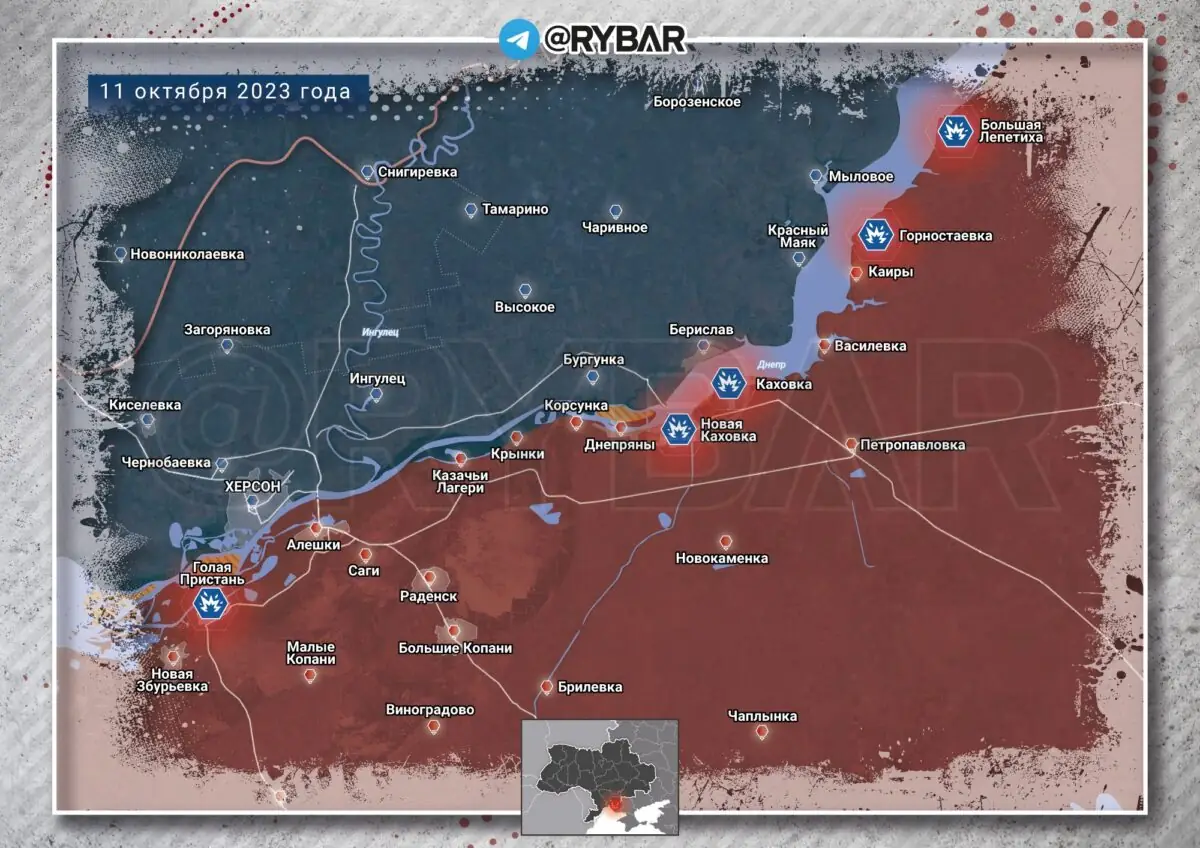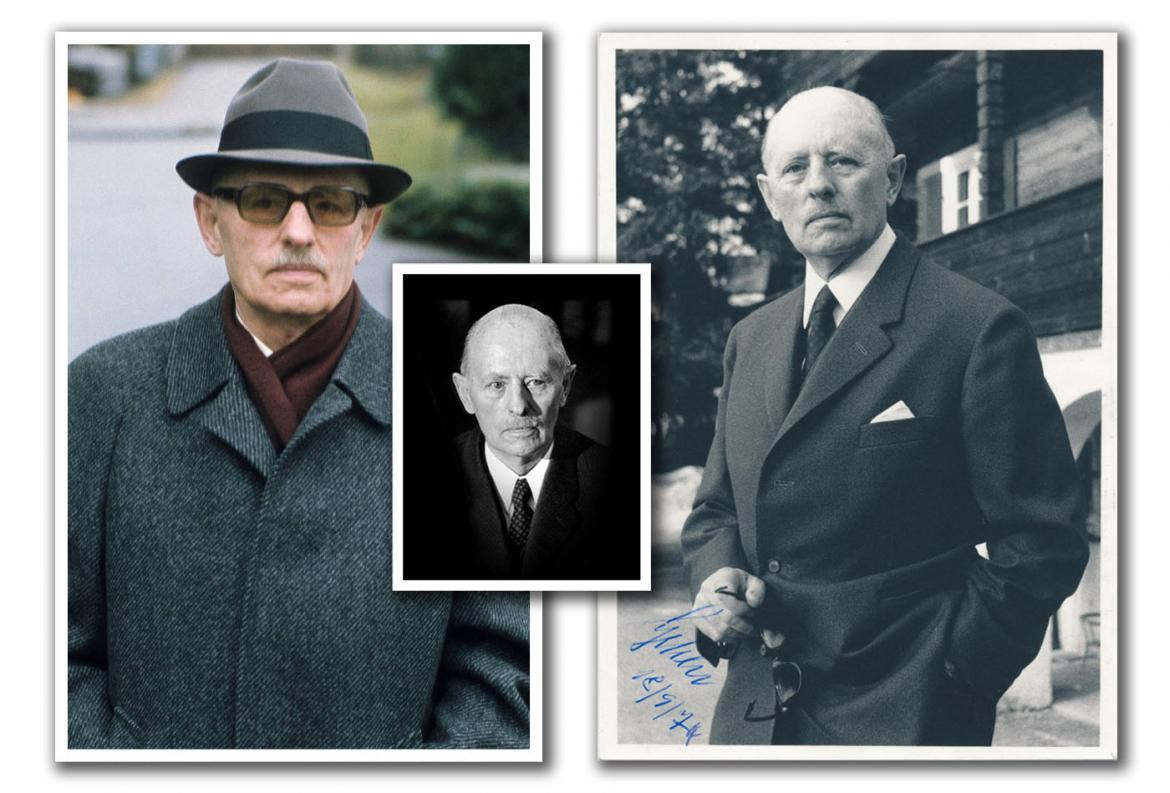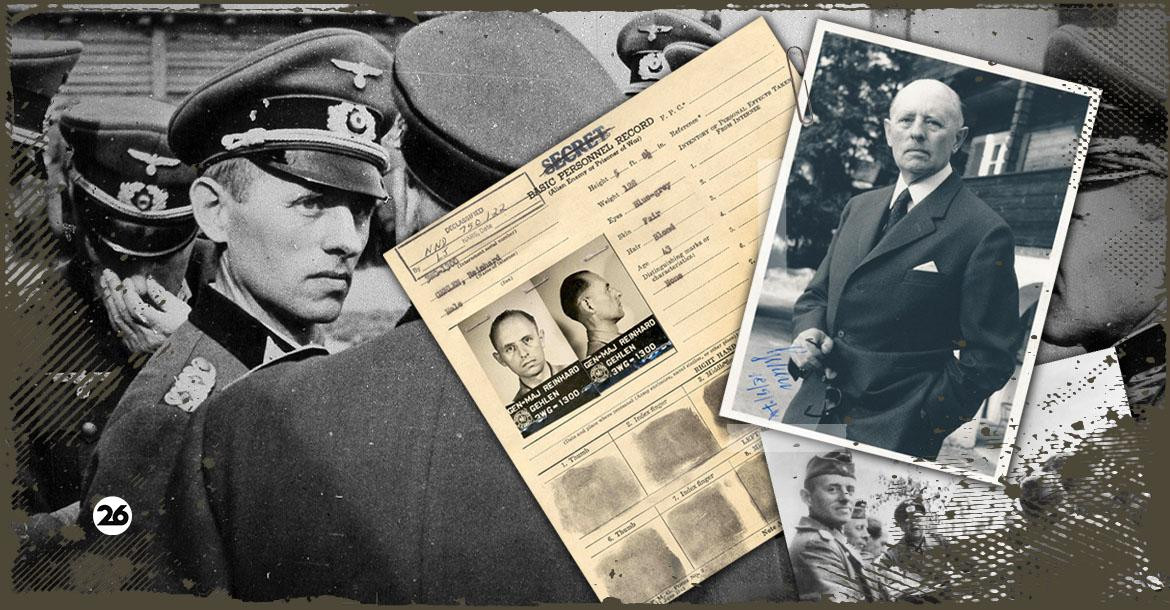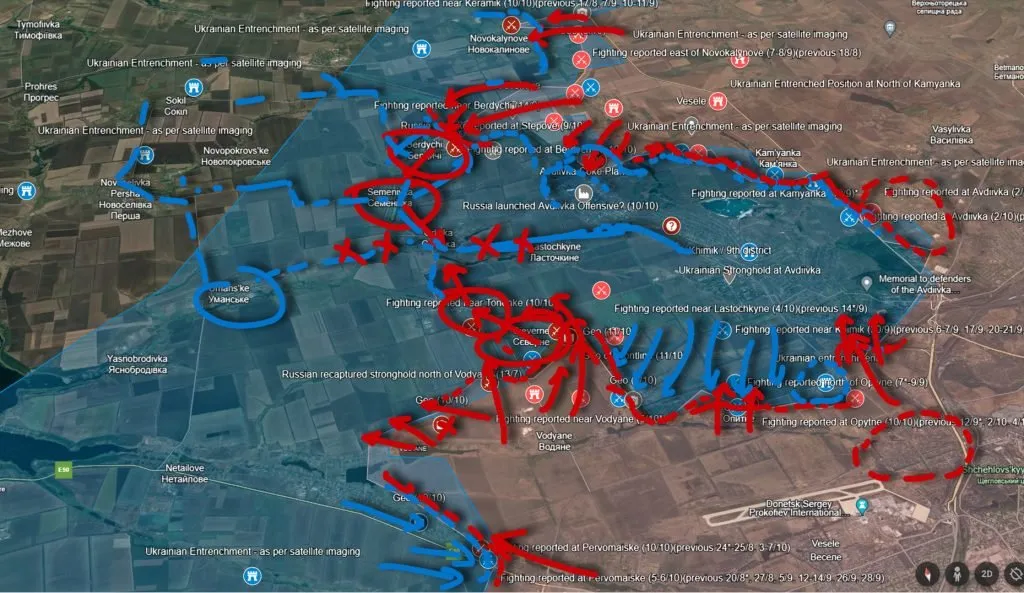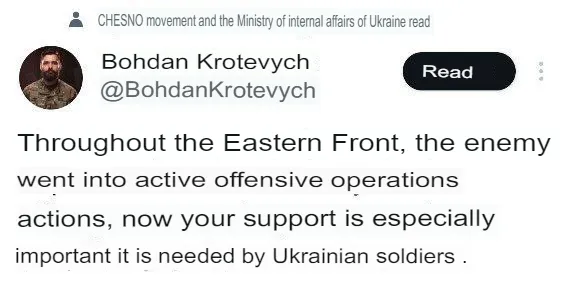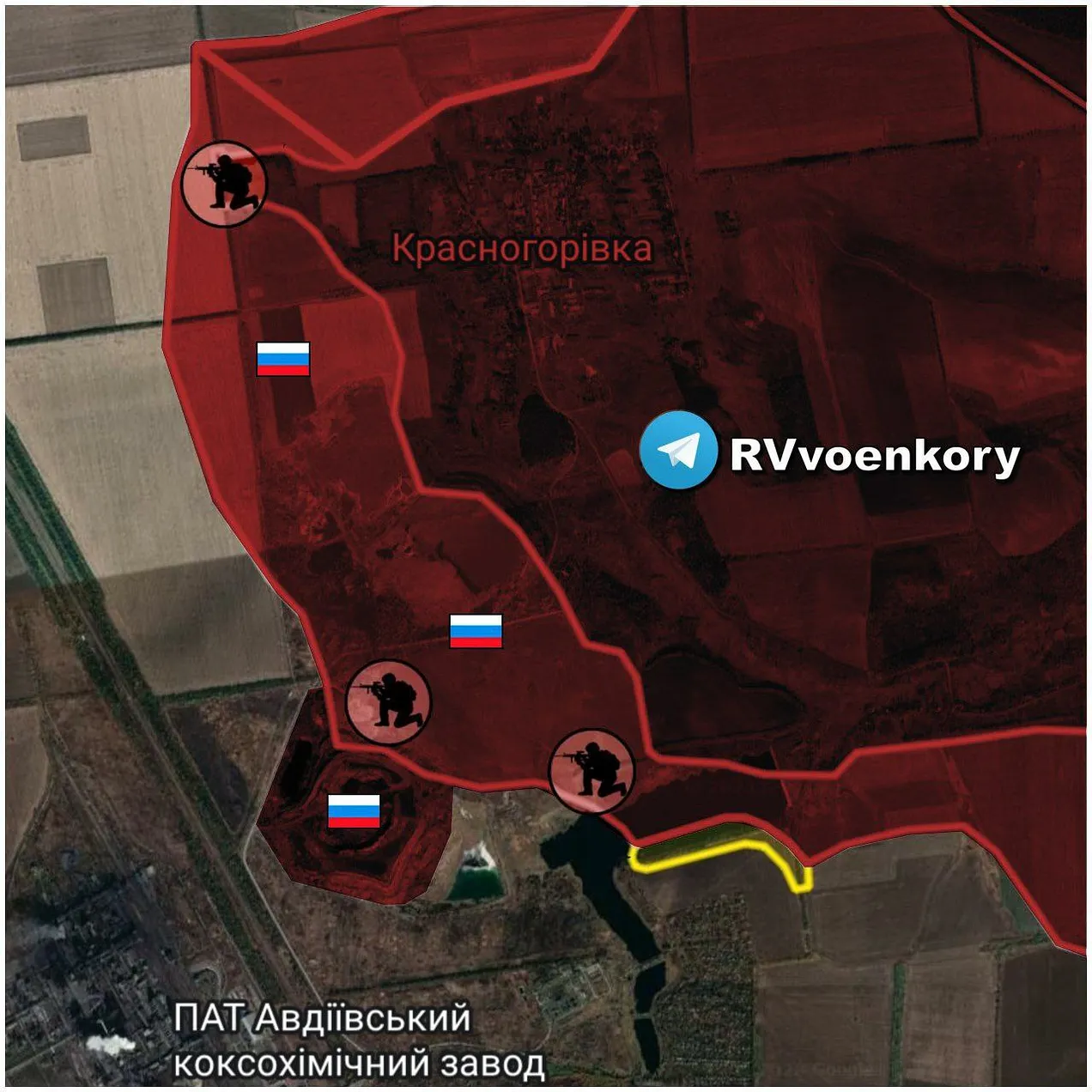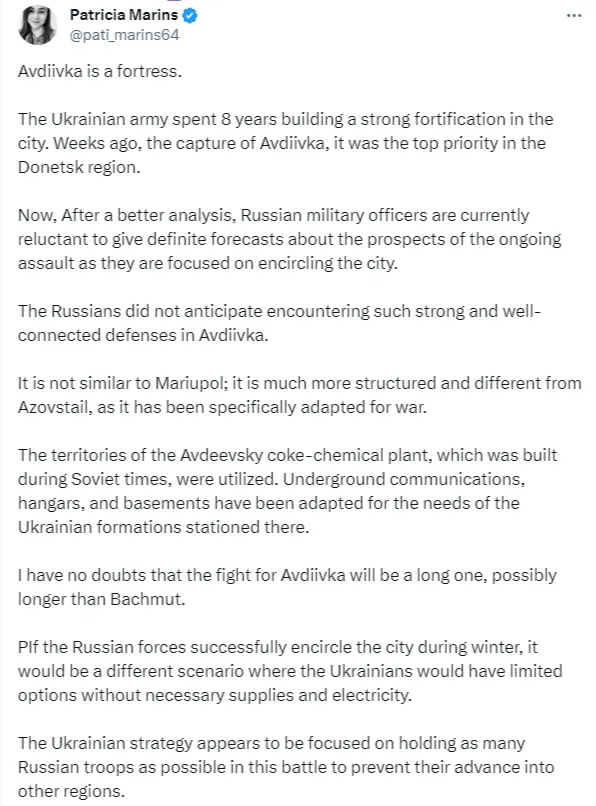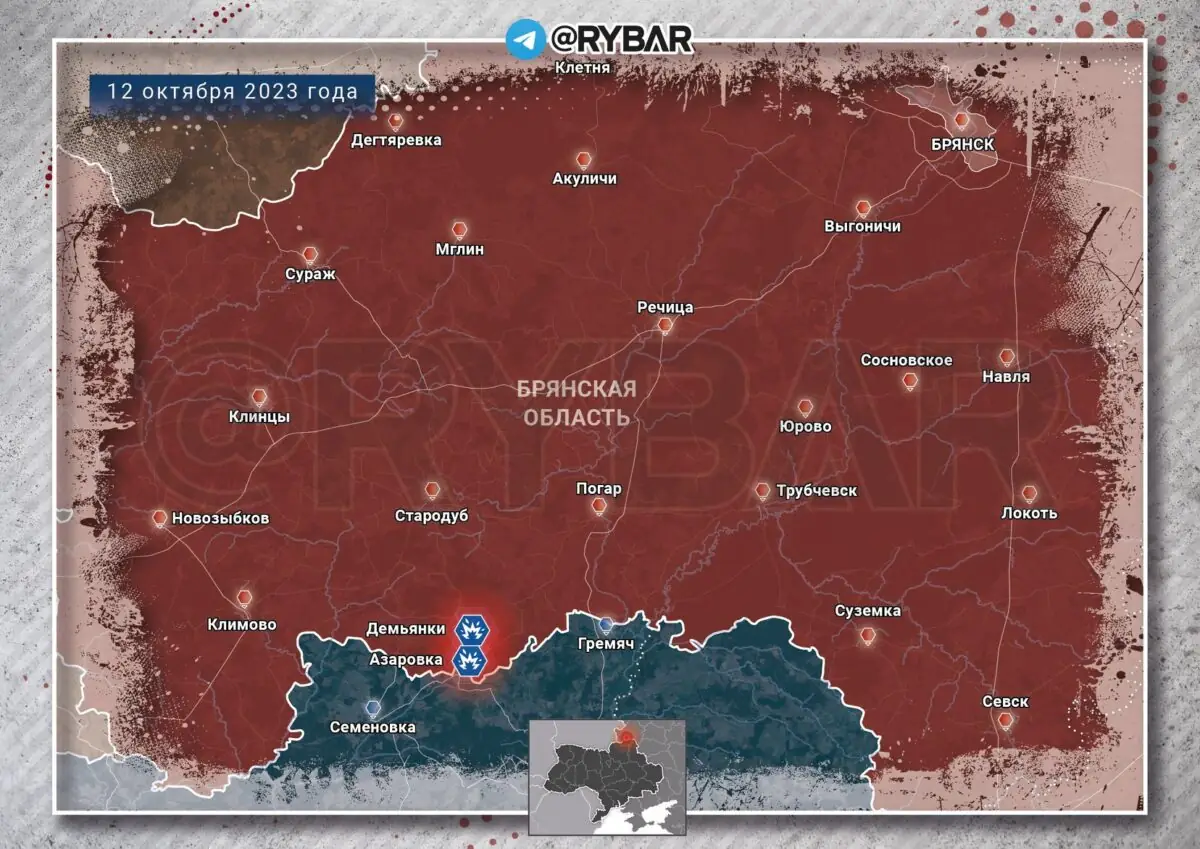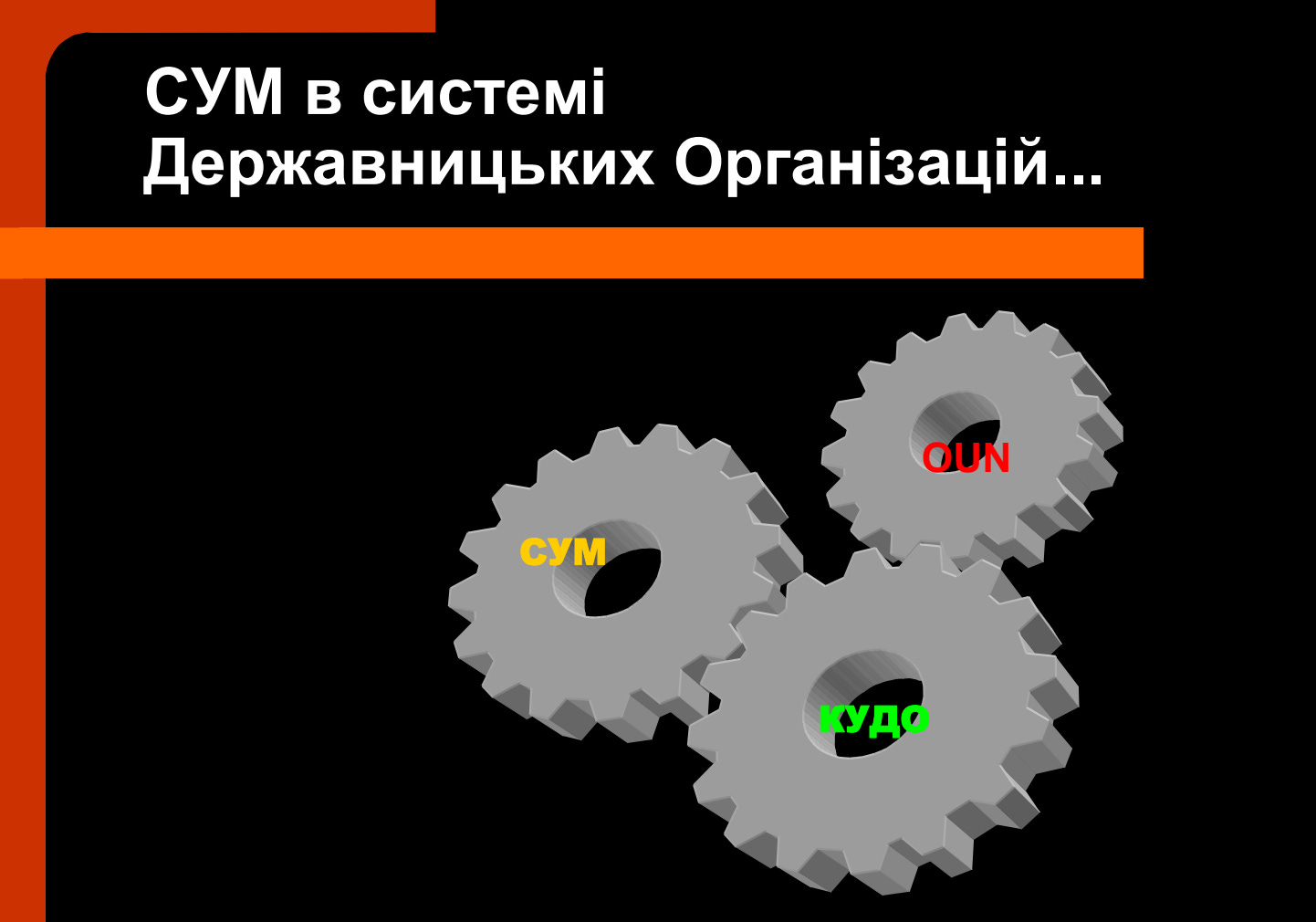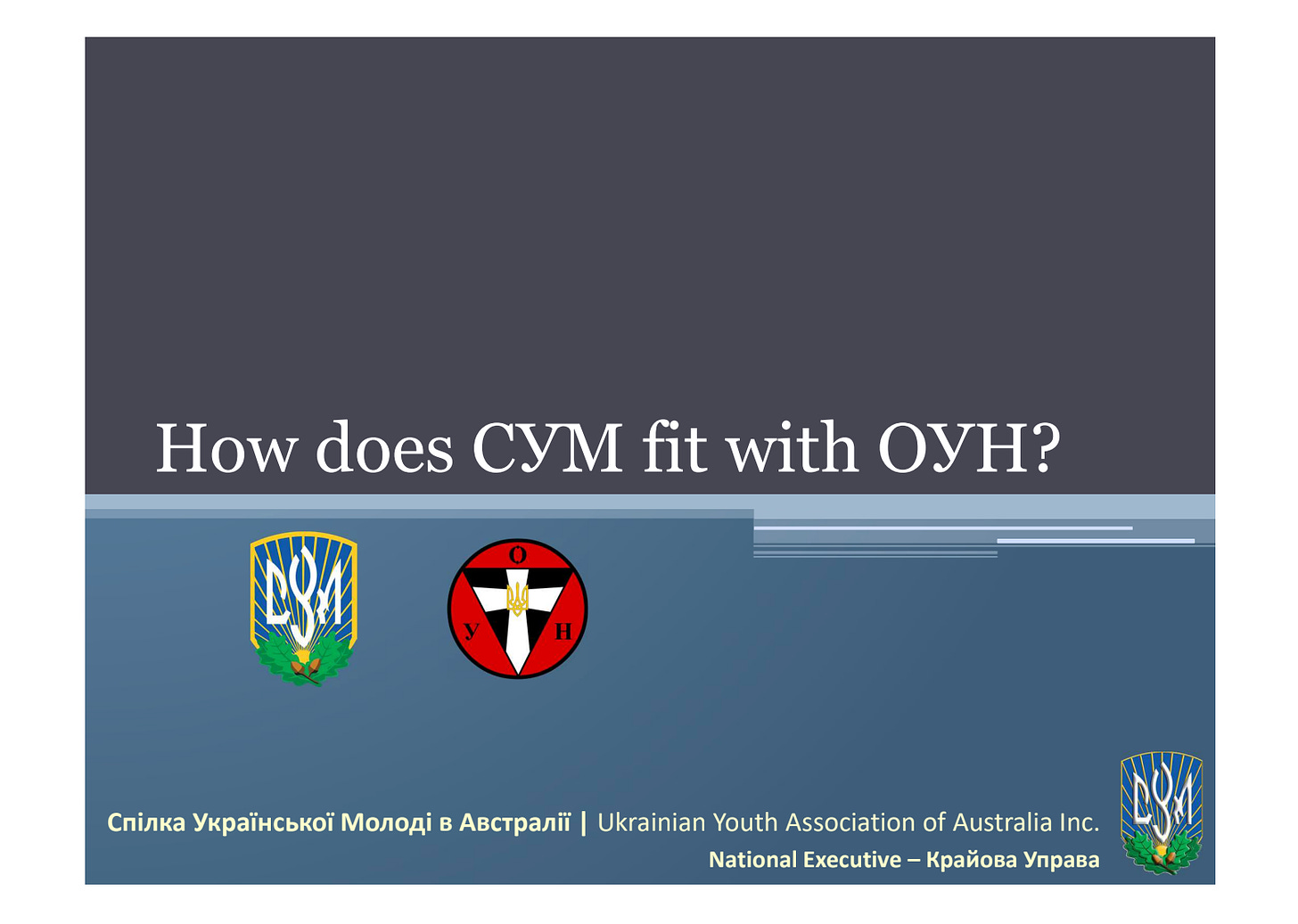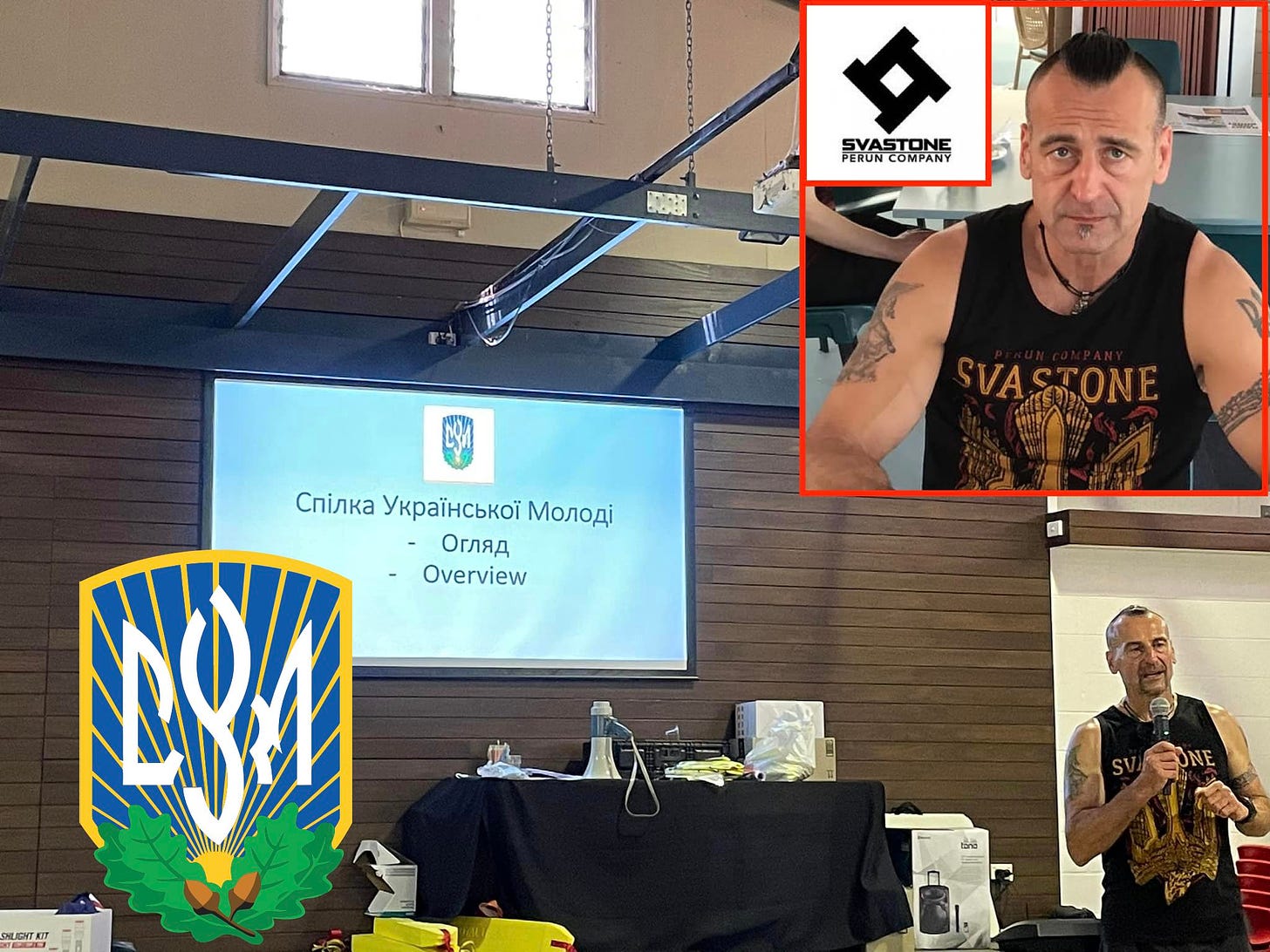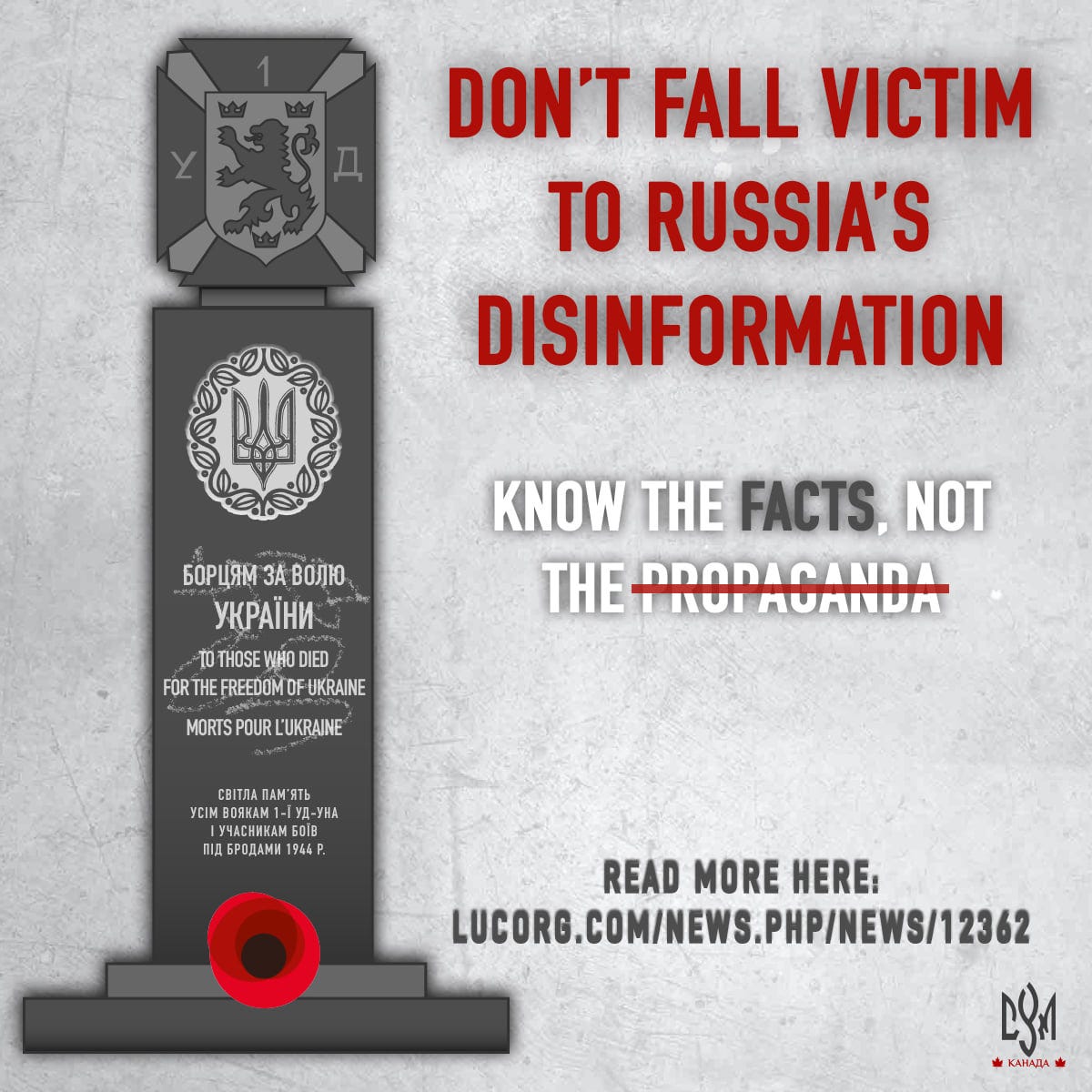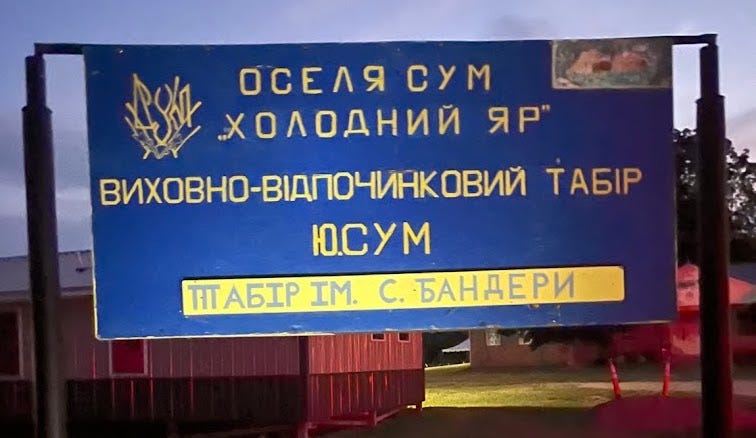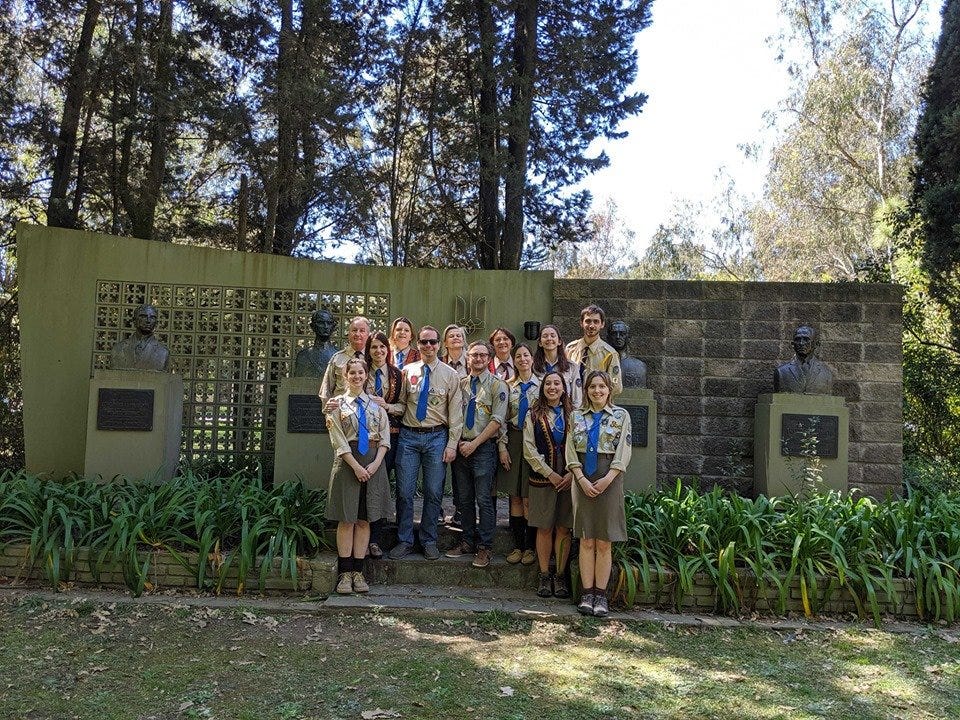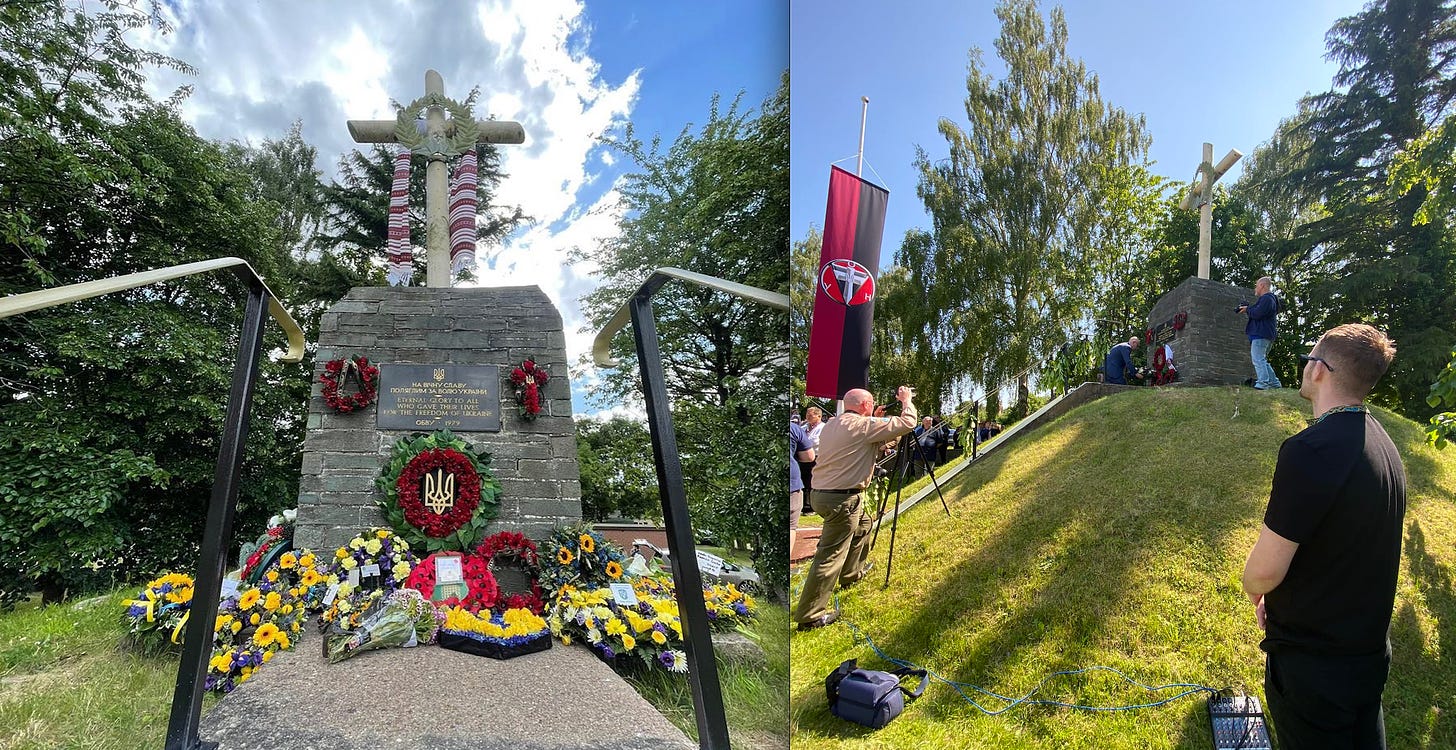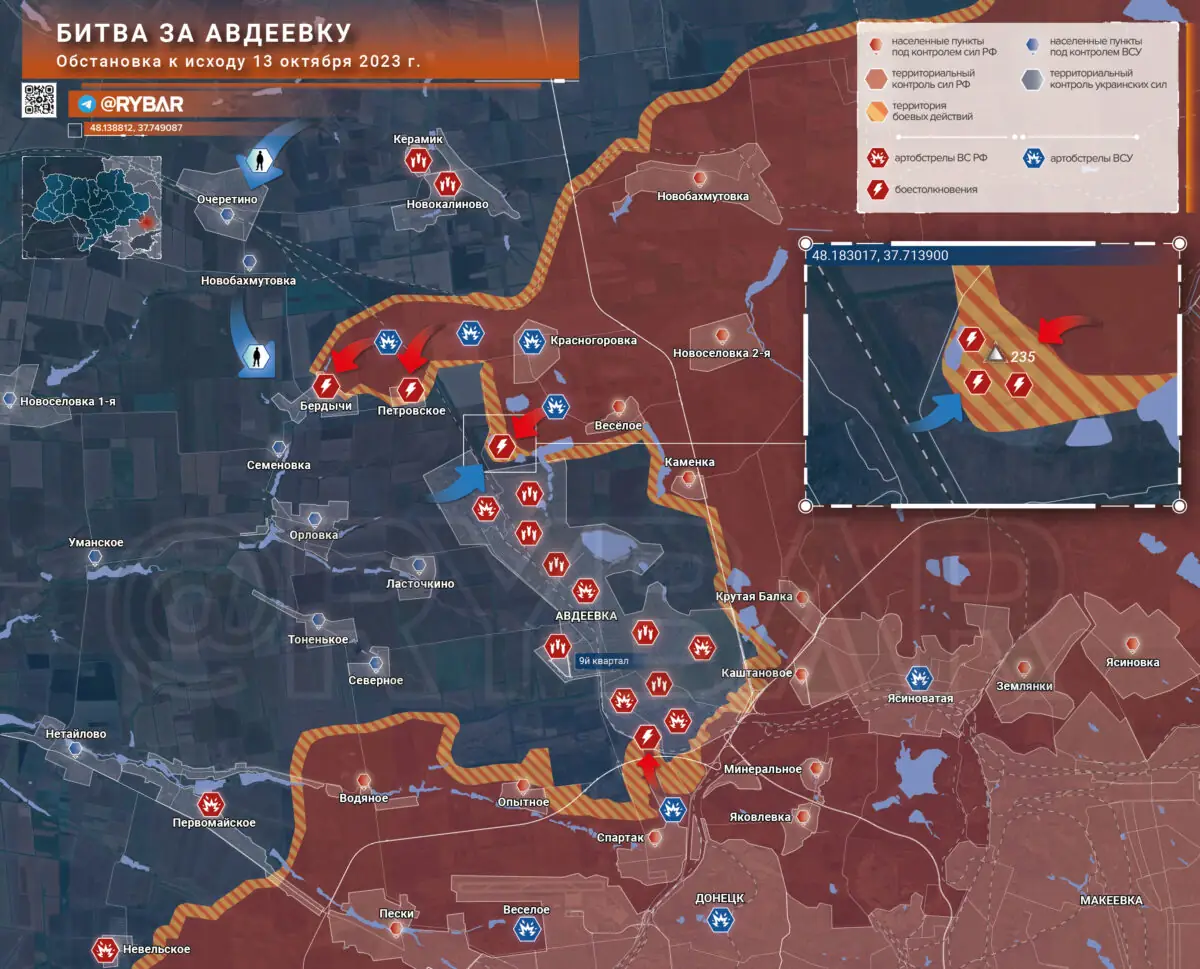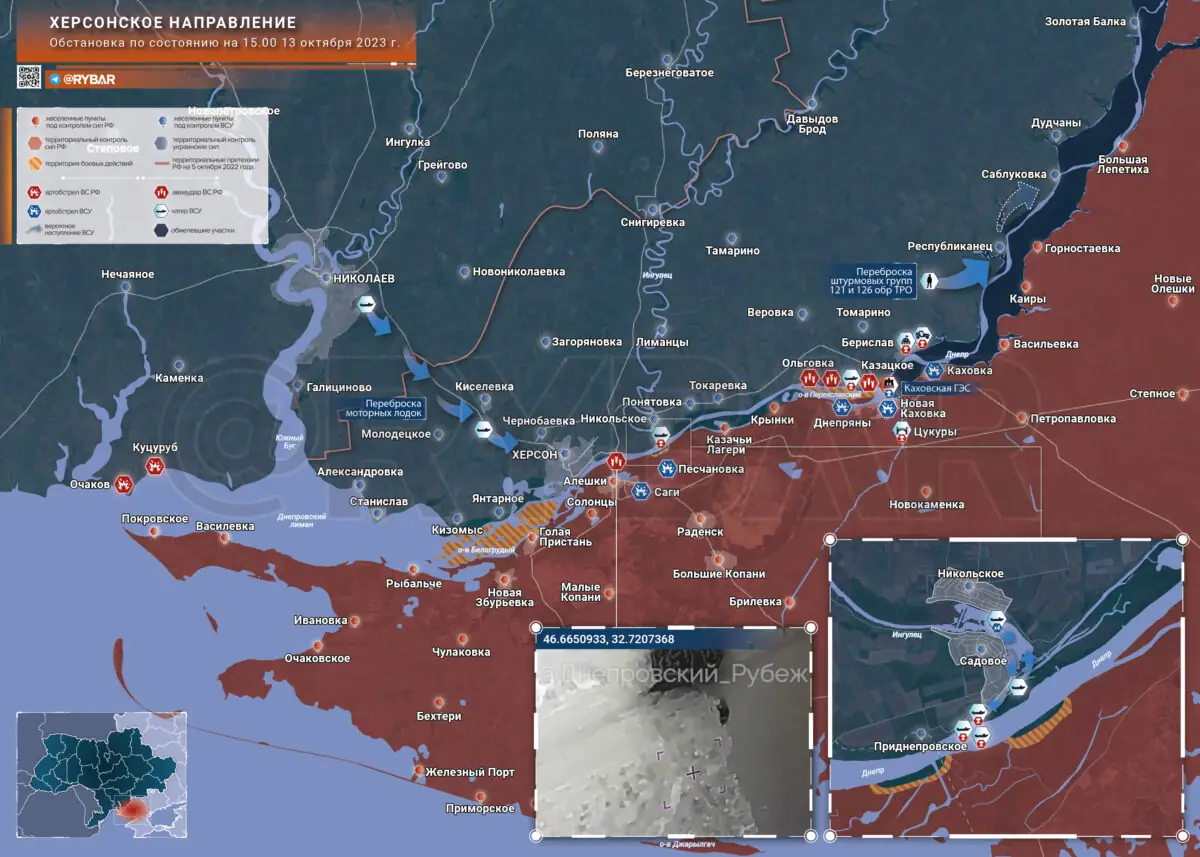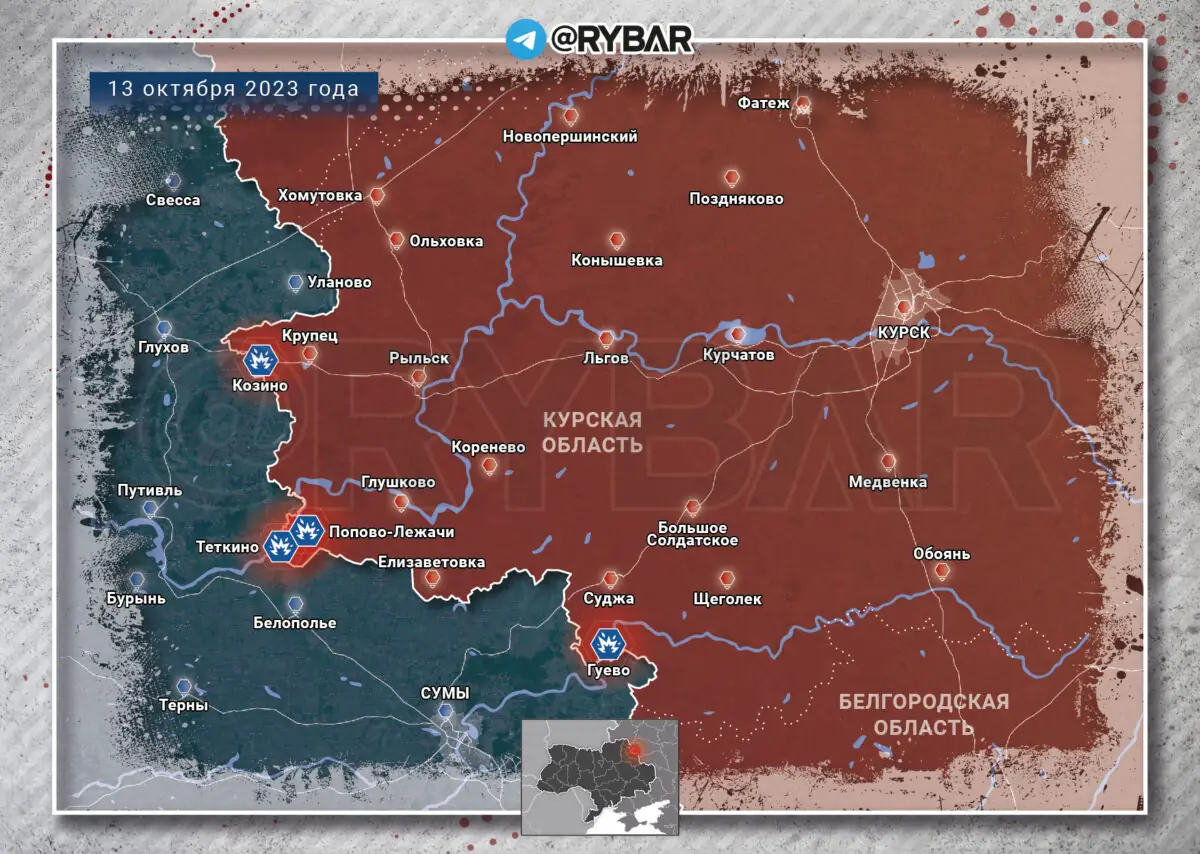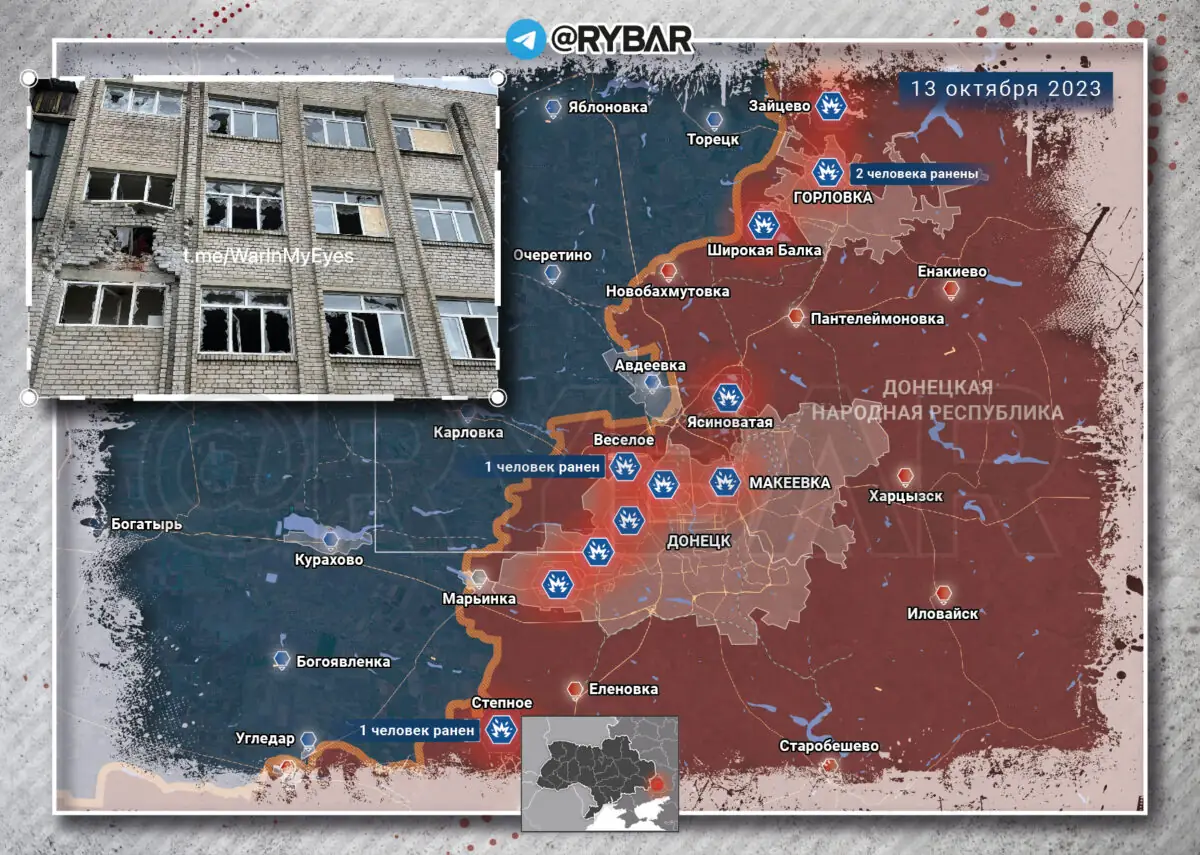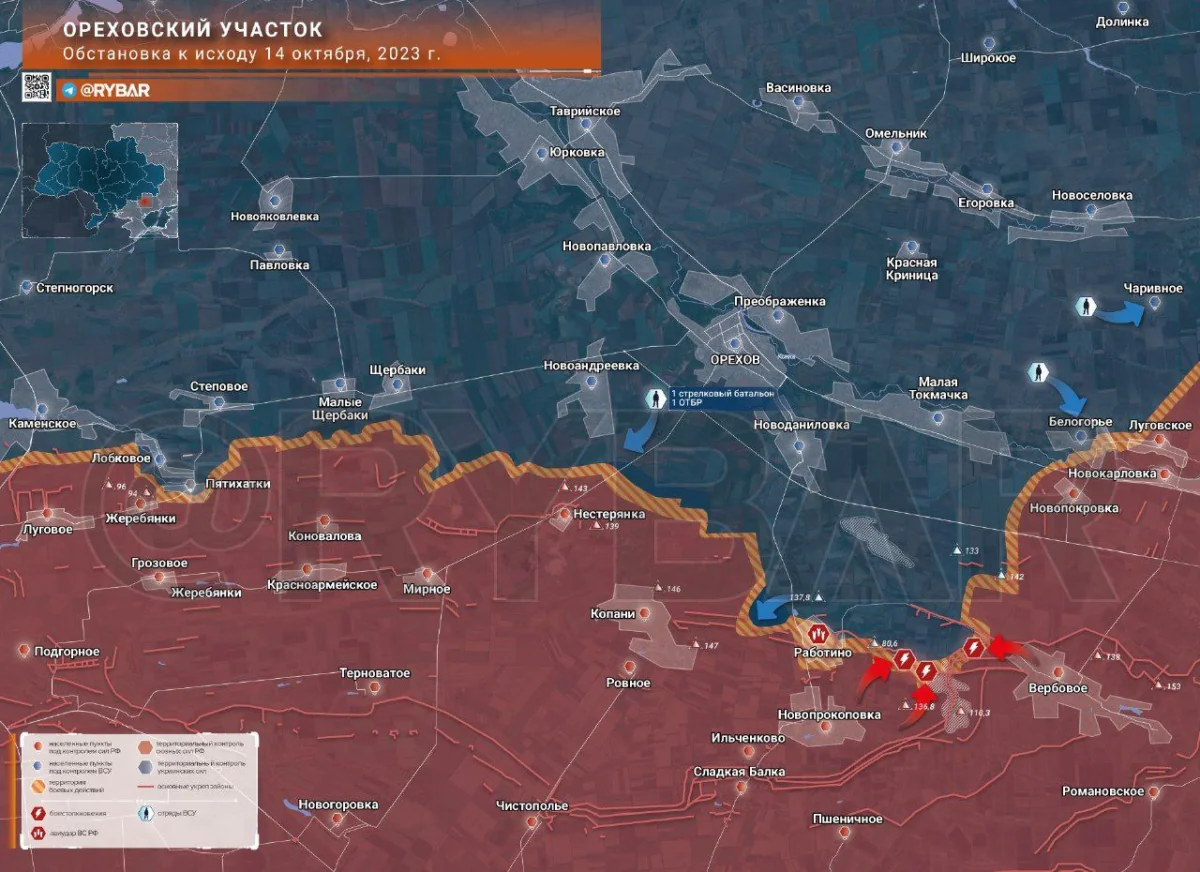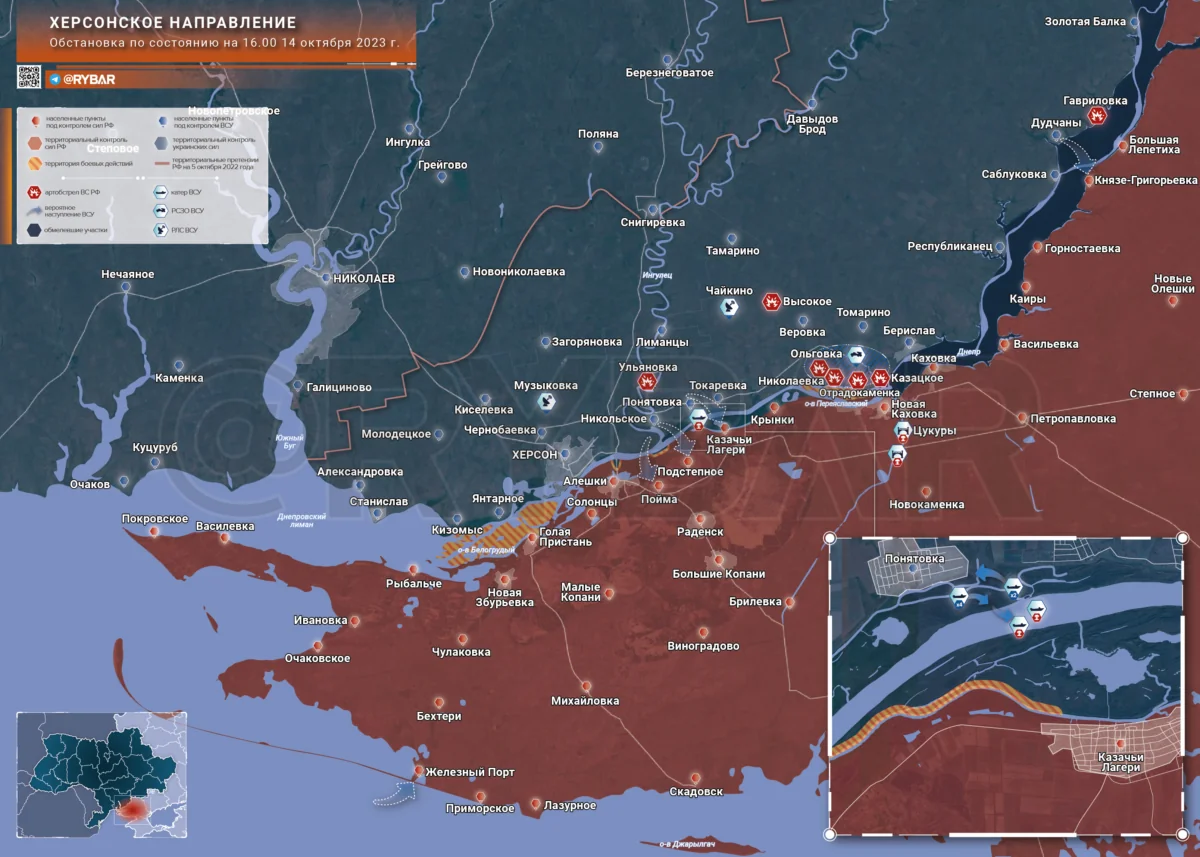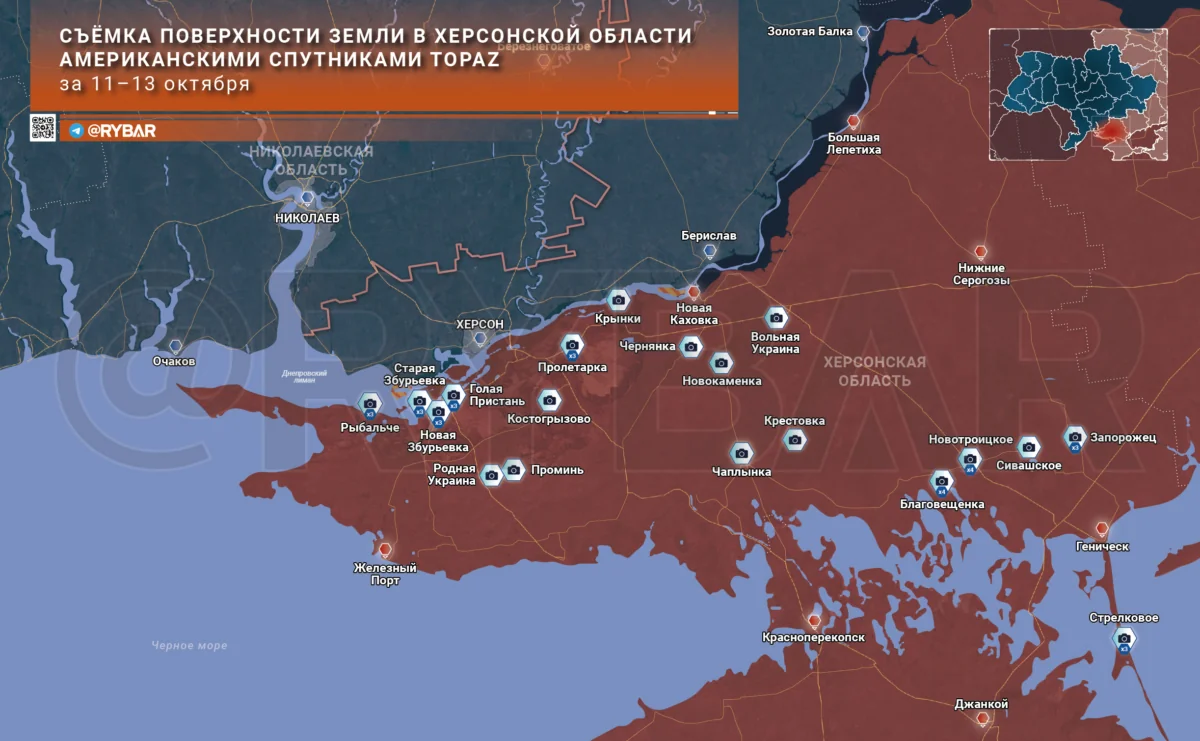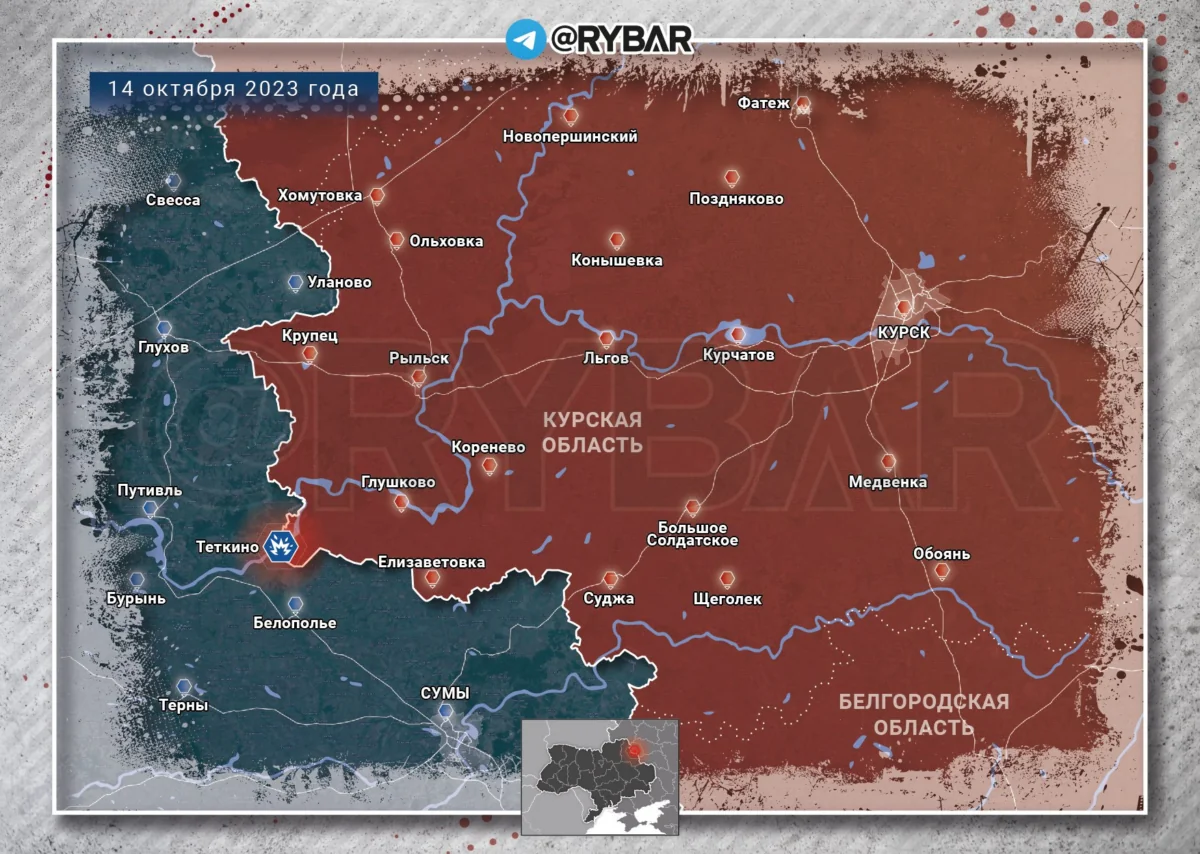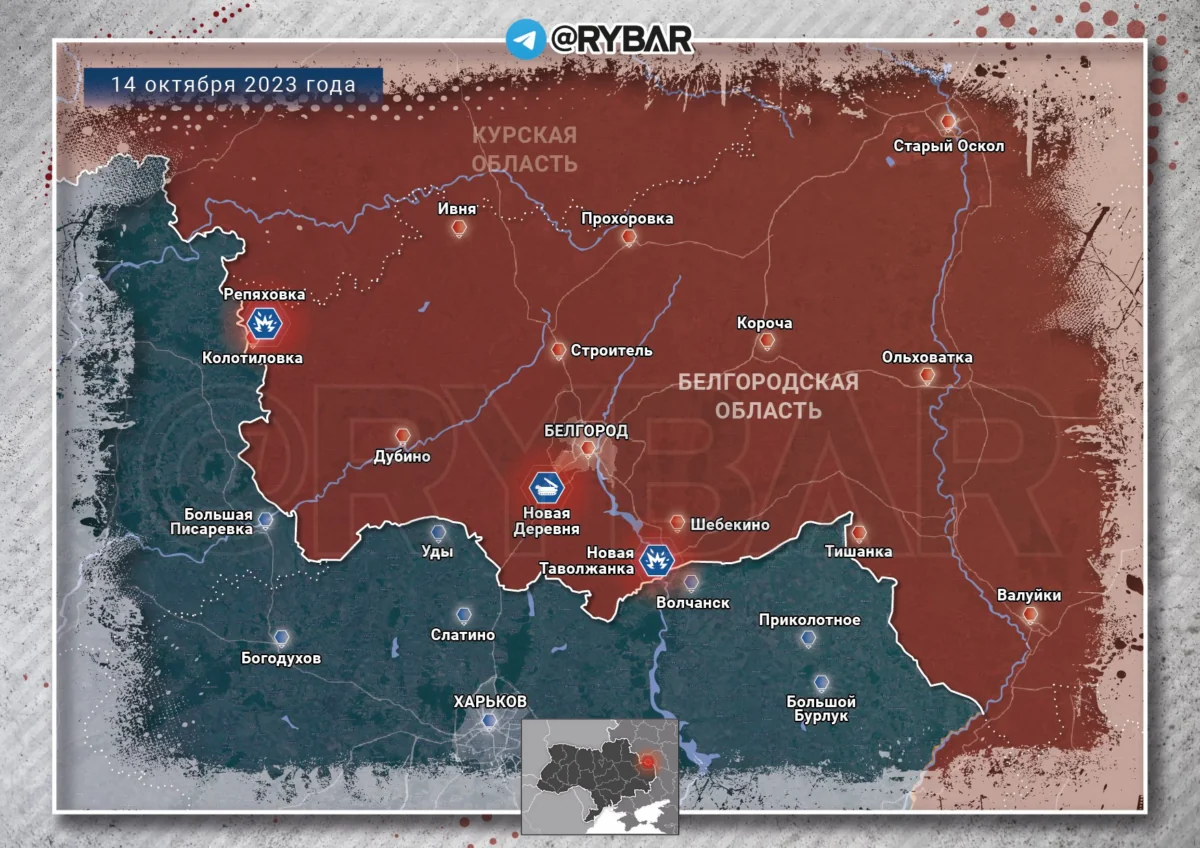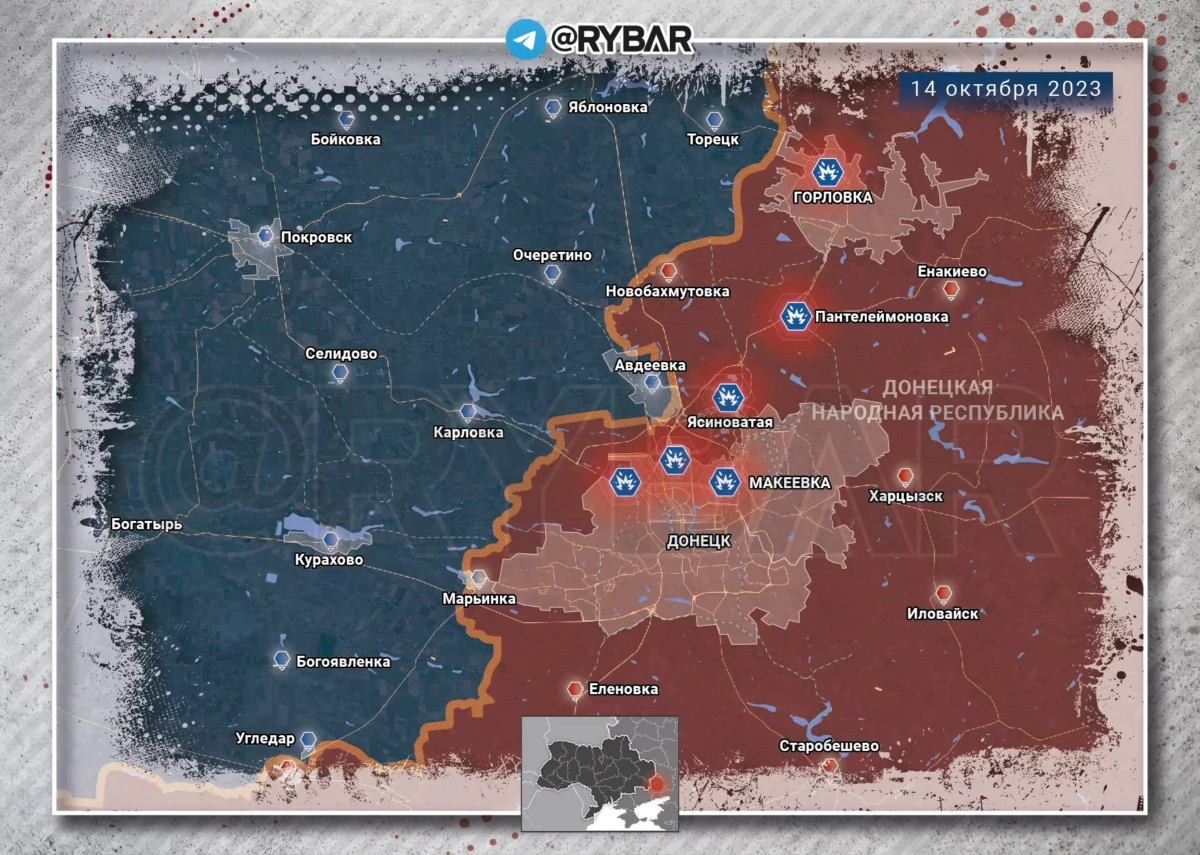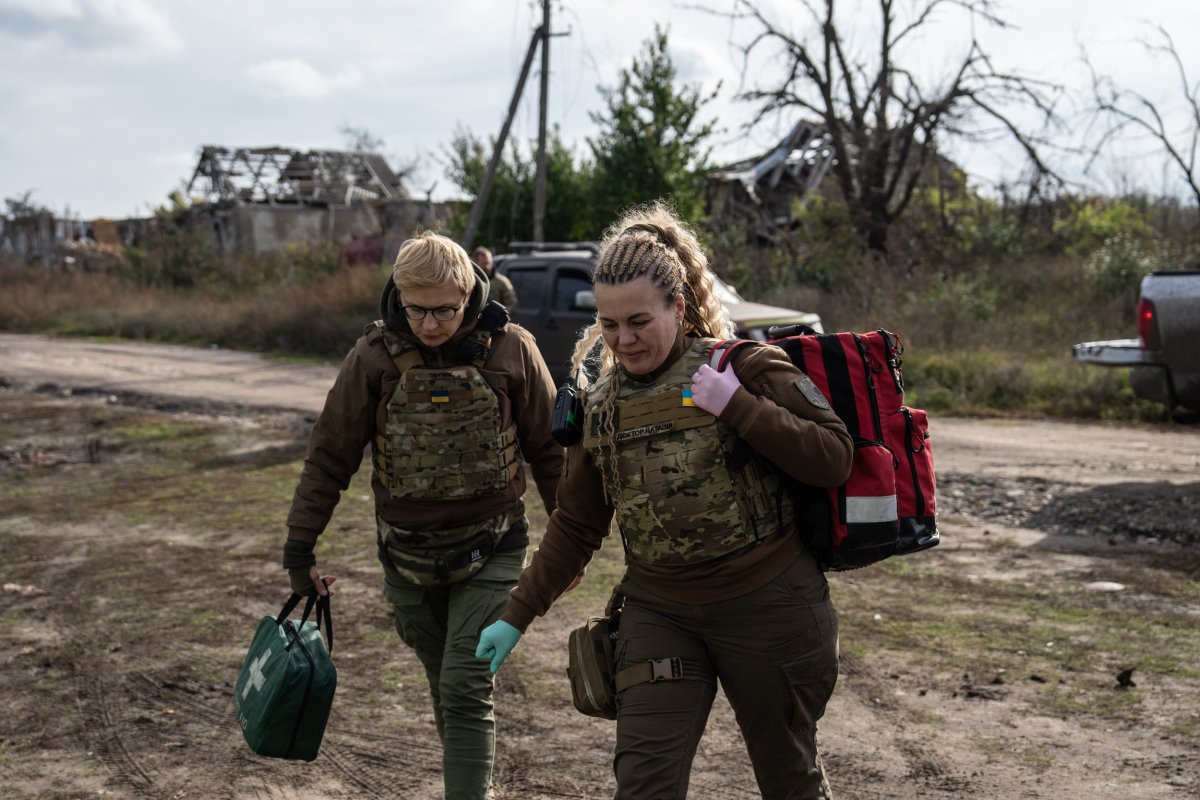Posted by INTERNATIONALIST 360° on OCTOBER 4, 2023
Scott Ritter
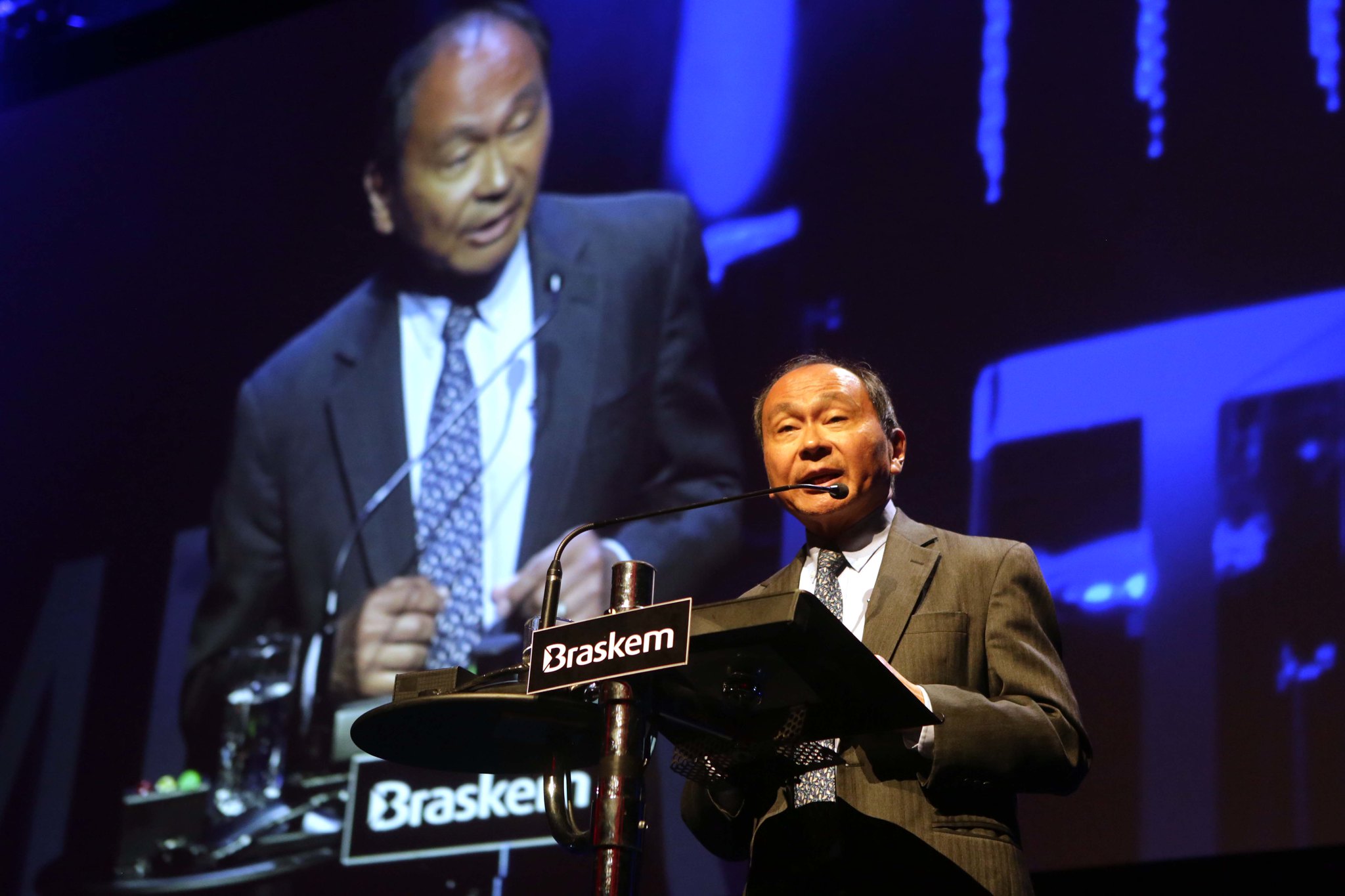
Francis Fukuyama in 2016. (Fronteiras do Pensamento, Flickr, CC BY-SA 2.0)
“What we are witnessing is not just the end of the Cold War, or a passing of a particular period of postwar history, but the end of history as such: that is, the end point of mankind’s ideological evolution and the universalization of Western liberal democracy as the final form of human government.”
These words, written by the American political scientist Francis Fukuyama, who in 1989 published “The End of History,” an article that turned the academic world upside down.
“Liberal democracy,” Fukuyama wrote, “replaces the irrational desire to be recognized as greater than others with a rational desire to be recognized as equal.”
“A world made up of liberal democracies, then, should have much less incentive for war, since all nations would reciprocally recognize one another’s legitimacy. And indeed, there is substantial empirical evidence from the past couple of hundred years that liberal democracies do not behave imperialistically toward one another, even if they are perfectly capable of going to war with states that are not democracies and do not share their fundamental values. “
But there was a catch. Fukuyama went on to note that,
“[N]ationalism is currently on the rise in regions like Eastern Europe and the Soviet Union where peoples have long been denied their national identities, and yet within the world’s oldest and most secure nationalities, nationalism is undergoing a process of change. The demand for national recognition in Western Europe has been domesticated and made compatible with universal recognition, much like religion three or four centuries before.”[
Global Model
This growing nationalism was the poison pill to Fukuyama’s thesis regarding the primacy of liberal democracy. The foundational premise of the then-burgeoning neoconservative philosophical construct of a “new American century” was that liberal democracy, as practiced by the United States and, to a lesser extent, Western Europe, would become the model upon which the world would be rebuilt, under American leadership, in the post-Cold War era.
These paragons of the twisted confluence of capitalism and neoliberalism would have done well to reflect on the words of their arch-nemesis, Karl Marx, who famously observed that,
“Men make their own history, but they do not make it as they please; they do not make it under self-selected circumstances, but under circumstances existing already, given and transmitted from the past. The tradition of all dead generations weighs like a nightmare on the brains of the living.”
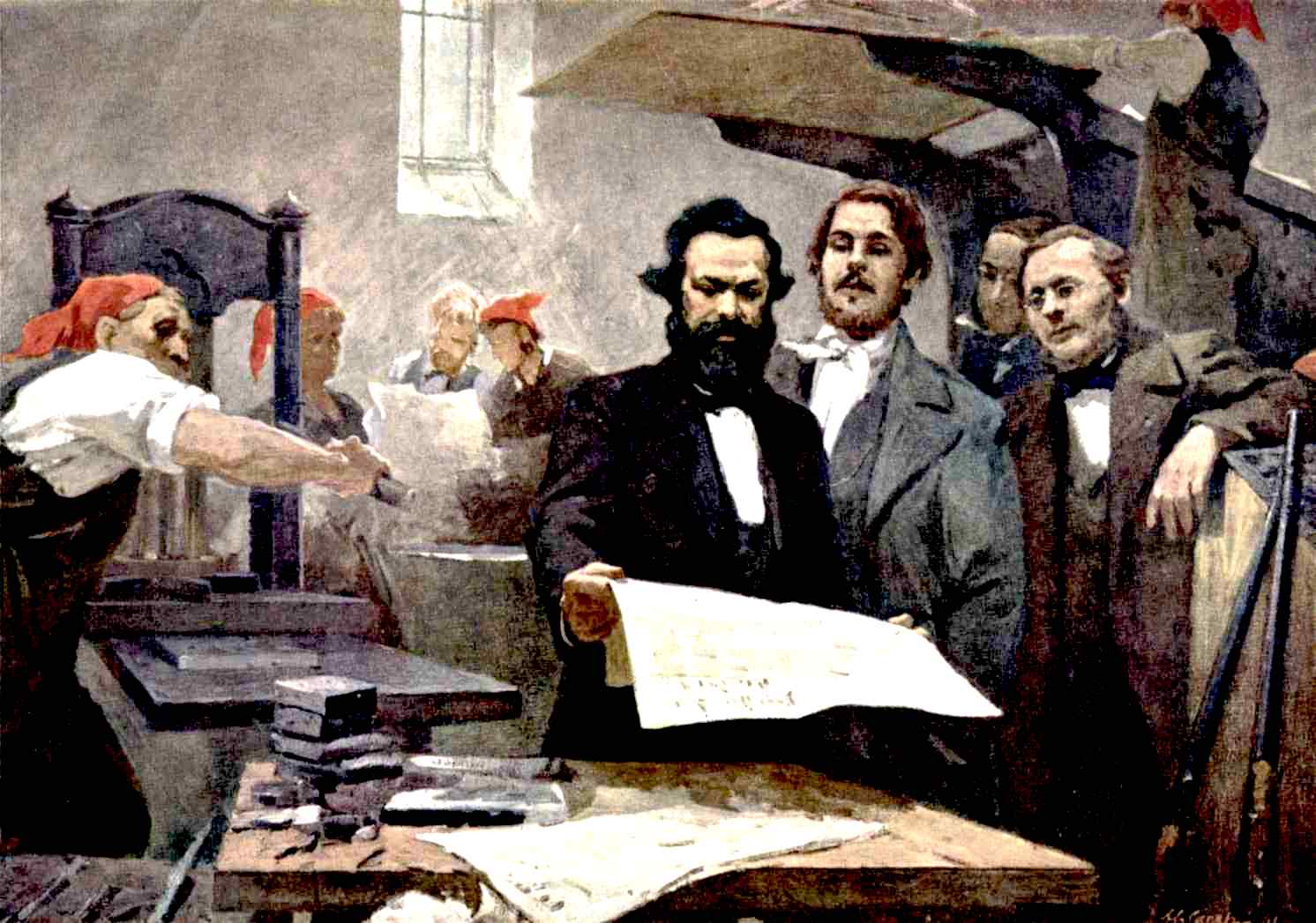
E. Capiro’s 1895 oil painting of Karl Marx and Friedrich Engels in the printing house of their German daily Neue Rheinische Zeitung, published in Cologne at the time of the Revolution of 1848-1849. (Wikimedia Commons, Public domain)
History, it seems, can never end, but rather is reincarnated, over and over, from a foundation of history influenced by the actions of the past, infected as they are with the mistakes that are derived from the human condition.
One of the mistakes made by Fukuyama and the proponents of liberal democracy, who embraced his “end of history” ideal in reaching their conclusion, is that the key to historical progression lies not in the future, which has yet to be written, but in the past, which serves as the foundation upon which everything is built.
Historical foundations run deep — deeper than the memories of most academics. There are lessons of the past that reside in the soul of those most impacted by events, both those recorded in writing and those passed down orally from generation to generation.
Academics such as Fukuyama study the present time, drawing conclusions based upon a shallow understanding of the complexities of times past.
According to Fukuyama, history ended with the conclusion of the Cold War, perceived as a decisive victory of the liberal democratic order over its ideological opponent, world communism.
But what if the collapse of the Soviet Union — the event seen by most historians as signaling the end of the Cold War — wasn’t triggered by the manifestation of the victory over communism by liberal democracy, but rather by the weight of history defined by the consequences of prior “end of history” moments? What if the sins of the fathers were transferred to the progeny of previous historical failures?
War & Revived Nationalism
Of the many points of conflict occurring in the world today, one stands out as a manifestation of the ongoing fascination liberal democracy adherents have with the victory over communism, which they thought was won more than three decades ago, namely, the ongoing conflict between Russia and Ukraine.
Political scientists in the Fukuyama “end of history” school view this conflict as being derived by the resistance of the remnants of Soviet regional hegemony (i.e., modern-day Russia, led by its president, Vladimir Putin) over the inevitability of liberal democracy taking hold.
But a closer examination of the Russian-Ukraine conflict points to the present conflicts being born of not simply the incomplete divorce of Ukraine from the Soviet/Russian orbit that occurred at the end of the Cold War, but also the detritus from the collapse of previous ruling systems, especially the Tsarist Russian and Austro-Hungarian Empires.
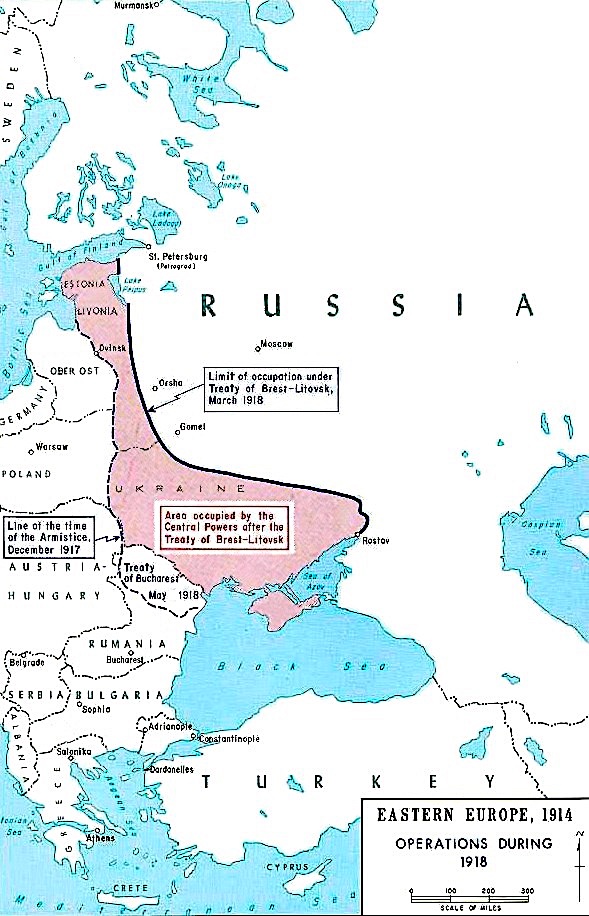
Treaty of Brest-Litovsk map showing territory lost by Bolshevik Russia in 1918. (Department of History, U.S. Military Academy, Public domain)
Indeed, the current conflict in Ukraine has nothing to do with any modern-day manifestation of the Cold War bipolarity, and everything to do with the resurrection of national identities which existed, however imperfectly, centuries before the Cold War even began.
To understand the roots of the Ukrainian-Russian conflict, one needs to study German actions after the 1918 Treaty of Brest-Litovsk, the rise and fall of Symon Petliura and the Polish-Soviet War — all of which predated the Molotov-Ribbentrop Pact and the dissection of Galicia that took place in 1939 and 1945.
These actions were all triggered by the collapse of Tsarist and Austro-Hungarian power, and then united by violent efforts to allow local realities to shape the final disposition of a region frozen in place by the rise of Soviet power.
The dislocation felt by many Ukrainians today from all things Russian can be traced to the failed attempt at forming a nascent Ukrainian nation in the chaotic aftermath of the First World War and the collapse of both Tsarist Russia and the Austro-Hungarian Empire – all prior to the consolidation of both Polish and Bolshevik power.
The Brief Rise and Fall of a Ukrainian State, 1918-1921
The Ukrainian People’s Republic, led by the nationalist Symon Petliura, proclaimed its independence from Russia in January 1918. It did so backed the German army, which occupied the Republic after the Central Powers, led by Germany, signed the Brest-Litovsk Treaty with Ukraine in February 1918. (Russia and the Central Powers signed a separate Brest-Litovsk Treaty in March 1918).
The German military occupiers then dissolved the socialist, Ukrainian People’s Republic in April 1918, replacing it with the Ukrainian State, also known as the Second Hetmanate. (The First Hetmanate was a Ukrainian Cossack State that existed in the Zaporizhian region from 1648 until 1764).
But the Ukrainian State survived only until December 1918, when forces loyal to the deposed Ukrainian People’s Republic, led by Petliura, overthrew the Second Hetmanate, and reclaimed control over Ukraine.
During this time the physical dimensions of the Ukrainian People’s Republic was in constant flux. In the short first tenure of the Ukrainian People’s Republic, two territories claimed as Ukrainian — centered round Odessa and Kharkov — declared their independence from the Ukrainian People’s Republic, and instead opted to join Russia [as four regions today have similarly opted to join Russia].
In November 1918 a portion of the Austro-Hungarian Empire’s Galician territories possessing a Ukrainian majority declared its independence, organized itself as the Western Ukrainian Republic, and in January 1919 merged with the Ukrainian People’s Republic.
But upon its creation, the Western Ukrainian Republic found itself at war with a newly independent Poland and, following the merger between the Western Ukrainian Republic and the Ukrainian People’s Republic, the war morphed into a general conflict between Poland and Ukraine.
One of the major battlegrounds of this conflict was the western Galician territory of Volhynia. It was here that Ukrainian troops undertook the slaughter of thousands of Jews, for which Petliura has been blamed.
End of Ukrainian Republic
The Polish-Ukrainian war ended in December 1919 with the defeat of the Ukrainian People’s Republic. One of the major reasons for this defeat was the rise of Soviet power as the Russian Civil War reached its violent conclusions in the territories abutting the Ukrainian People’s Republic, allowing the victorious Red Army to turn its attention to consolidating Bolshevik authority over the territory of Ukraine.
This led to a peace treaty between the Ukrainian People’s Republic and Poland which saw the territories of the former Western Ukrainian Republic turned over to Poland in exchange for Polish assistance against the Bolsheviks.
The alliance between Poland and the Ukrainian People’s Republic, concluded in April 1919, led to a Polish offensive against the Soviet Union which ended with the capture of Kiev by Polish troops in May 1919. A Soviet counterattack in June took the Red Army to the gates of Warsaw, only to be thrown back in August by Polish forces, which began to advance eastward until the Soviets sued for peace, in October 1920.
While various efforts to end the Polish-Soviet conflict had been brokered on the basis of a delineation of territory known as the Curzon Line, named after the British Lord who first proposed it back in 1919, the final demarcation of the border was negotiated via the Treaty of Riga, signed in March 1921, which formally ended the Polish-Soviet war.
The so-called “Riga Line” had Poland taking control of large amounts of territory well east of the Curzon Line, leading to longstanding resentment by Soviet authorities.
The Treaty of Riga imposed boundaries on a region with no regard to the ethnic composition of the people living there, leading to a mixing of populations that were inherently hostile toward one another.
The end of the Western Ukrainian Republic, in 1919, led to the political leadership of that entity going into diaspora in Europe, where they pressed the governments of Europe to recognize the independent status of the Western Ukrainian nation.
Rise of Bandera
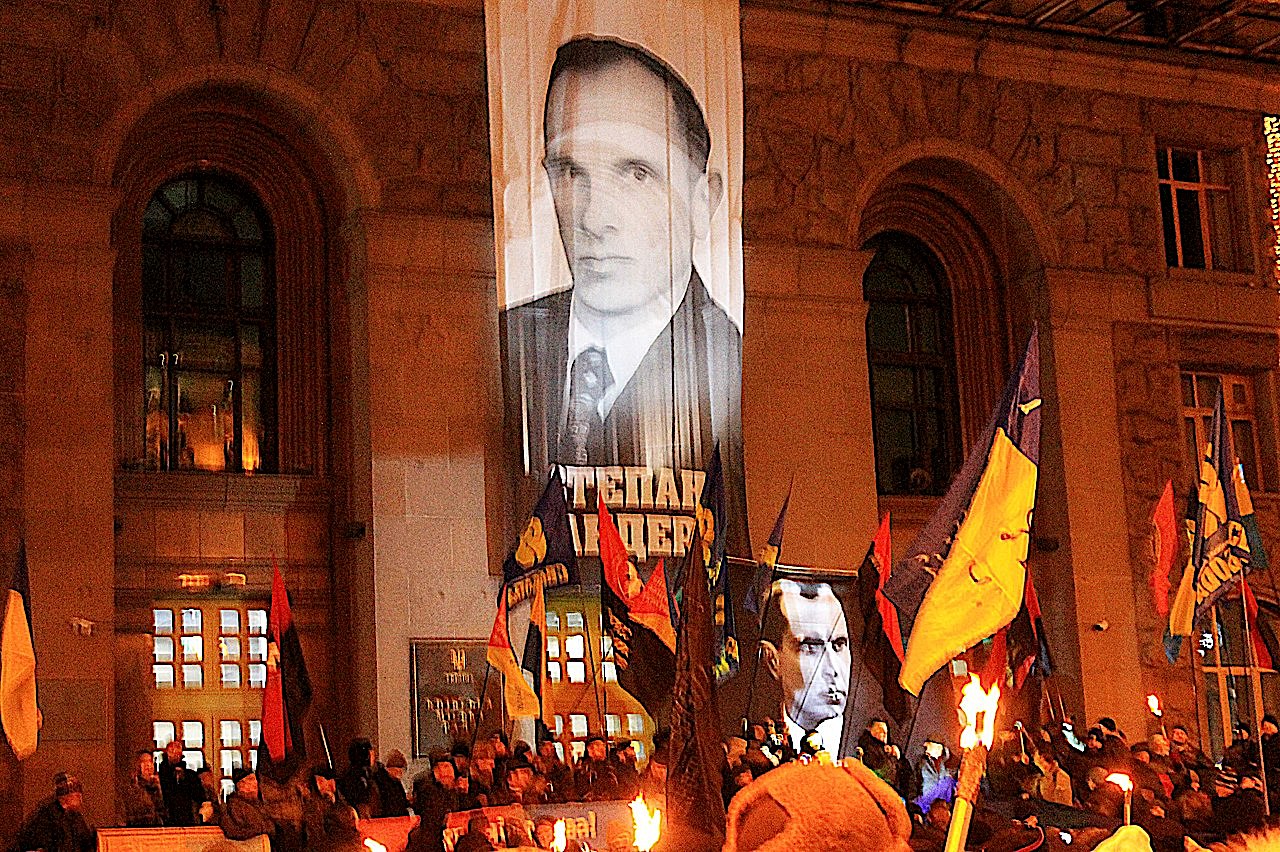
Stepan Bandera torchlight parade in Kiev, Jan. 1, 2020. (A1/Wikimedia Commons)
This diaspora worked closely with disaffected Ukrainian nationalists who found themselves under Polish governance in the aftermath of the Polish-Soviet war. Among these Ukrainian nationalists was Stepan Bandera, an adherent of Symon Petliura (assassinated in exile in Paris in 1926 by Jewish anarchist Sholom Schwartzbard who said he was avenging the deaths of 50,000 Jews. Schwartzbard was acquitted.)
Bandera rose to lead the Ukrainian nationalist movement in the 1930’s, eventually allying himself with Nazi Germany following the 1939 partitioning of Poland between Germany and the Soviet Union, which ran roughly along the Curzon Line demarcation.
Bandera was the driving force behind Ukrainian nationalist forces operating alongside the German occupying forces after the German invasion of the Soviet Union in June 1941. These forces participated in the massacre of Jews in Lvov and Kiev (Babyn Yar) and the slaughter of Poles in Volhynia in 1943-44.
When the Soviet Union and the western allies defeated Germany, the Curzon Line was used to demarcate the border between Poland and Soviet Ukraine, putting the western Ukrainian territories under Soviet control.
Bandera and hundreds of thousands of western Ukrainian nationalists fled to Germany in 1944, ahead of the advancing Red Army. Bandera continued to maintain contact with tens of thousands of Ukrainian nationalist fighters who remained behind, coordinating their actions as part of a resistance campaign managed by Reinhard Gehlen, a German intelligence officer who ran Foreign Armies East, the German intelligence effort against the Soviet Union.
After the surrender of Nazi Germany, in May 1945, Gehlen and his Foreign Armies East organization was subordinated to U.S. Army intelligence, where it was reorganized into what became the BND, or West German intelligence organization.
The Cold War began in 1947, following the announcement by U.S. President Harry Truman of the so-called Truman Doctrine, which aspired to stop the expansion of Soviet geopolitical expansion.
That same year, the newly created C.I.A. took over management of the Gehlen organization. From 1945 until 1954, the Gehlen organization, at the behest of U.S. and British intelligence, worked with Bandera and his Organization of Ukrainian Nationalists (OUN) to direct the efforts of the Banderist fighters who remained on Soviet territory.
They fought in a conflict that claimed the lives tens of thousands of Soviet Red Army and security personnel, along with hundreds of thousands of OUN and Ukrainian civilians. The C.I.A. continued to fund the OUN in diaspora up until 1990.
Link to Today
In 1991, the first year of Ukraine’s independence, the neo-fascist Social National Party, later Svoboda Party, was formed, tracing its provenance directly to Bandera. It had a street named after Bandera in Liviv, and tried to name the city’s airport after him.
In 2010, pro-Western Ukrainian President Viktor Yushchenko declared Bandera a Hero of Ukraine, a status reversed by Ukrainian President Viktor Yanukovych, who was later overthrown.
More than 50 monuments, busts and museums commemorating Bandera have been erected in Ukraine, two-thirds of which have been built since 2005, the year the pro-American Yuschenko was elected.
At the time of the 2014 overthrow of the elected Yanukovych, Western corporate media reported on the essential part the descendants of Petliura and Bandera played in the coup.
As The New York Times reported, the neo-Nazi group, Right Sector, had the key role in the violent ouster of Yanukovych. The role of neo-fascist groups in the uprising and its influence on Ukrainian society was well reported by mainstream media outlets at the time.
The BBC, the NYT, the Daily Telegraph and CNN all reported on Right Sector, C14 and other extremists’ role in the overthrow of Yanukovych.
Thus today’s Ukrainian nationalism draws a direct link to the history of extremist nationalists beginning with the post World War I-period.
Where Does History Begin?
Almost every discussion about the historical roots of today’s Russian-Ukrainian conflict begins with the partition of Poland in 1939, and the subsequent demarcation that took place at the end of the Second World War, solidified by the advent of the Cold War.
However, anyone searching for a solution to the Russian-Ukrainian conflict that is grounded in post-Cold War policies will run afoul of the realities of history that pre-date the Cold War, and which continue to manifest in the present day by reincarnating still unresolved issues.
They all have a precedent that dates to the tumultuous period between 1918-1921.
The reality is that the collapse of the Tsarist and Austro-Hungarian empires had a far greater influence on the history of modern-day Ukraine than did the collapse of the Soviet Union.
History, it seems, will never end. It is folly to think so, with those embracing such a notion simply prolonging and promoting the nightmares of the past, which will forever haunt those who live in the present.
https://libya360.wordpress.com/2023/10/ ... n-ukraine/
*****
More on Ukraine’s Desperate Economy
Posted on October 5, 2023 by Yves Smith
Moon of Alabama yesterday described at length Ukraine’s pre-existing demographic bust in men in their late teens through thirties, the result of the catastrophic collapse in living conditions in the 1990s after the USSR broke up. The post described how the war has turned what is left of Ukraine into a demographic disaster, It keys a statement by the former British Minister of Defence, Ben Wallace, that the average age of soldiers at the front line in Ukraine is 40.
We’ll soon explain how this factoid is the tip of the iceberg of disastrous conditions in Ukraine, not just for its military but also for its economy and society. But first, let’s finish the demographic overview. From Moon of Alabama:
Ukraine’s population by age and sex in 2020

The ‘age pyramid’ in Ukraine isn’t a pyramid. In 2020 there was a huge lack of 15 to 20 years old people. They were simply not there. They never existed. The number of newborns around 2000 must have been horribly low….
Bad economic times and low expectations of betterment had influenced the desire of its people to procreate. Two more downturns followed during the global recession around 2008 and due to the 2014 Maidan coup and the civil war following it.
The article adds that Ukraine now is at its lowest birthrate ever and continues:
In 1990 Ukraine had a population of more than 50 million people. Twenty years from now the country will have less than maybe 25 million inhabitants. This even if all refugees return.
As bad as this is, Ukraine is not facing a future internal crisis. It’s in the midst of one right now. War watchers look for the signs of a possible Ukraine military breakdown, but that may well come as a result of an internal collapse, that the effort to keep manning the war produces what amount to breakdowns in critical systems that transmit quickly to the (in)ability to wage war.
A recent article in AlMayadeen, Living conditions in Ukraine are resembling a new slavery, a triumph of Western ‘democracy’ in the 21st century, paints a vivid and disturbing picture of the extreme measures being taken now in Ukraine to keep things functioning. It’s hard to find any information about day-to-day functioning in Ukraine, due among other things the shuttering of all opposition media in Ukraine, and the apparent capture of the members of the press who go there. Most seem to stay in Kiev, which is a sprawling city and whose center and diplo/big money haunts seem to have been spared. A brave few do go to or near the front lines, but that again means they are spared seeing how ordinary people live now.
Similarly, Twitter fare consists of battle-related news, Zelensky and visiting official shots, partying in Kiev (with disapproving comments), and men being impressed into service. So there is a genuine information gap.
Even discounting for the article potentially painting in overly-bright colors, thing are unquestionably bad, and in ways some might not have anticipated, like harsh work requirements. From Almayadeen:
In Western media, the current conflict in Ukraine is often presented as a war between Western-
style ‘freedom and democracy’ and Russian-style ‘authoritarianism and dictatorship’. We are told, furthermore, that such ‘freedom and democracy’ are represented by the governing regime in Kiev.
But this is a regime that has banned all men between the ages of 18 and 60 as well as women in certain professions from leaving the country. There is no free internal movement of citizens. The main exceptions to the prohibition on leaving the country are those unfit for military service, those fathers who have three or more minor children (all below the age of 16), and persons caring for people with disabilities. (The latter exemption only applies if there is no other family member to provide care.)
The article, from August 20, describes a proposed bill from August 8 for using mobilized men on public works if they don’t want to fight. Given that the source article is in Ukrainian, I can’t search to see if it became law. I would appreciate it if any readers with the needed language expertise can find any updates.
Now the article depicts the intent of the law as, erm, responsive to the desires of some conscripts not to fight. Perhaps the idea actually is well intentioned, to increase success in “recruitment” and get more men working productively, instead of hiding in basements.
But it is also possible that work relief could be made even more harsh than a fast death on the front lines. This fictionalized example, extreme by design, does make that point:
In fairness, as the article explains, the government has tried to find resources for hard labor, which is likely the sort of thing the proposed legislation is intended to address:
Ukrainian authorities tried to solve their labor shortage problems by tapping into the large pool of the unemployed. The unemployed who were officially registered were sent into military zones to clear rubble, cut down trees, build shelters, etc. This is hard physical work, often located near the front lines. This initiative was labeled an ‘Army of Reconstruction’, but many people responded by simply stopping to register as unemployed. After all, unemployment benefits have also been cut in Ukraine. Today, the average benefit hovers around the equivalent of US$27 per month. The maximum benefit rate is $180 per month, but this is only good for three months.
Other wage reductions:
There is also already a serious shortage of trained personnel in Ukraine. Hundreds of thousands of factory workers, skilled tradespeople, railway workers, drivers, and other equipment operators in agricultural industries, and on and on have been conscripted into the army. Many of them have died or been seriously injured in the futile attempts of Ukraine’s leaders and their Western patrons to storm the well fortified defensive lines of the Russian armed forces.
Help wanted notices go begging because the conscription office has first dibs on anyone who turns up.
The article also describes wage cuts in the face of inflation running at an estimated 30% (Statista puts it at 21%). Teacher pay is down 15% to 50%.
Author Dmitri Kovalevich argues that the labor mobilization scheme illustrates that the government is moving towards a system of forced labor to keep Ukraine operating:
Ukraine is gradually introducing a system of slave labor – people must work to meet basic food needs, but they work for steadily shrinking salaries and benefits. Western media is silent about all this but is happy to continue preaching about the ‘Gulag Archipelago’ of the former Soviet Union where millions toiled without receiving wages or financial benefits in return.
The new draft law on the mobilization of workers is intended to “ensure the functioning of the national economy under martial law”, in the words of those drafting the law. It is noteworthy that in early August, Ukraine began to talk about a likely ban against military conscripts leaving the country for three years following an eventual end to military hostilities and martial law…
This idea of prohibiting Ukrainian citizens from leaving the country even after the end of hostilities stems, in part, from the fact that Ukraine is now heavily indebted to Western governments and financial institutions..
Bloomberg News reported on July 24 that Ukraine needs to bring back 2.8 million of its women citizens from abroad in order to have a chance at economic recovery following the end of military hostilities. According to one expert Bloomberg interviewed, if only half of the women return, this would cost Ukraine 10% of its GDP by 2032, on the order of $20 billion per year. Such losses will far outweigh the EU’s proposed four-year aid package to Ukraine in the amount of $14 billion per year.
Ukraine is also considering changes in labor laws to allow for 60 hour work weeks and only one 24 hour period off, with the plan first to be implemented in areas deemed to be critical infrastructure. The article notes that at least one employer has been accused of imposing an even more taxing work schedule, with martial law the justification.
And mind you, this is before getting to what happens when the US and EU cut financial support for the Ukraine government, which is bound to happen given rising voter antipathy for the spending, lack of a prospect of a win or even a clean exit soon, and competing priorities (for the US, China). The article estimates the current workforce at 9.5 million versus a population. The manpower loss plus physical destruction means a big reduction in productive capacity. That in combination with deficit spending as the foreign aid shrinks is a prescription for hyperinflation.
We have been speculating what Russia might do to make sure rump Ukraine is neutralized as a threat. If this article is correct, the baked in economic trajectory will do most of the job.
https://www.nakedcapitalism.com/2023/10 ... onomy.html
*******
Where are Ukrainian UAVs hitting?
October 5, 2023
Rybar
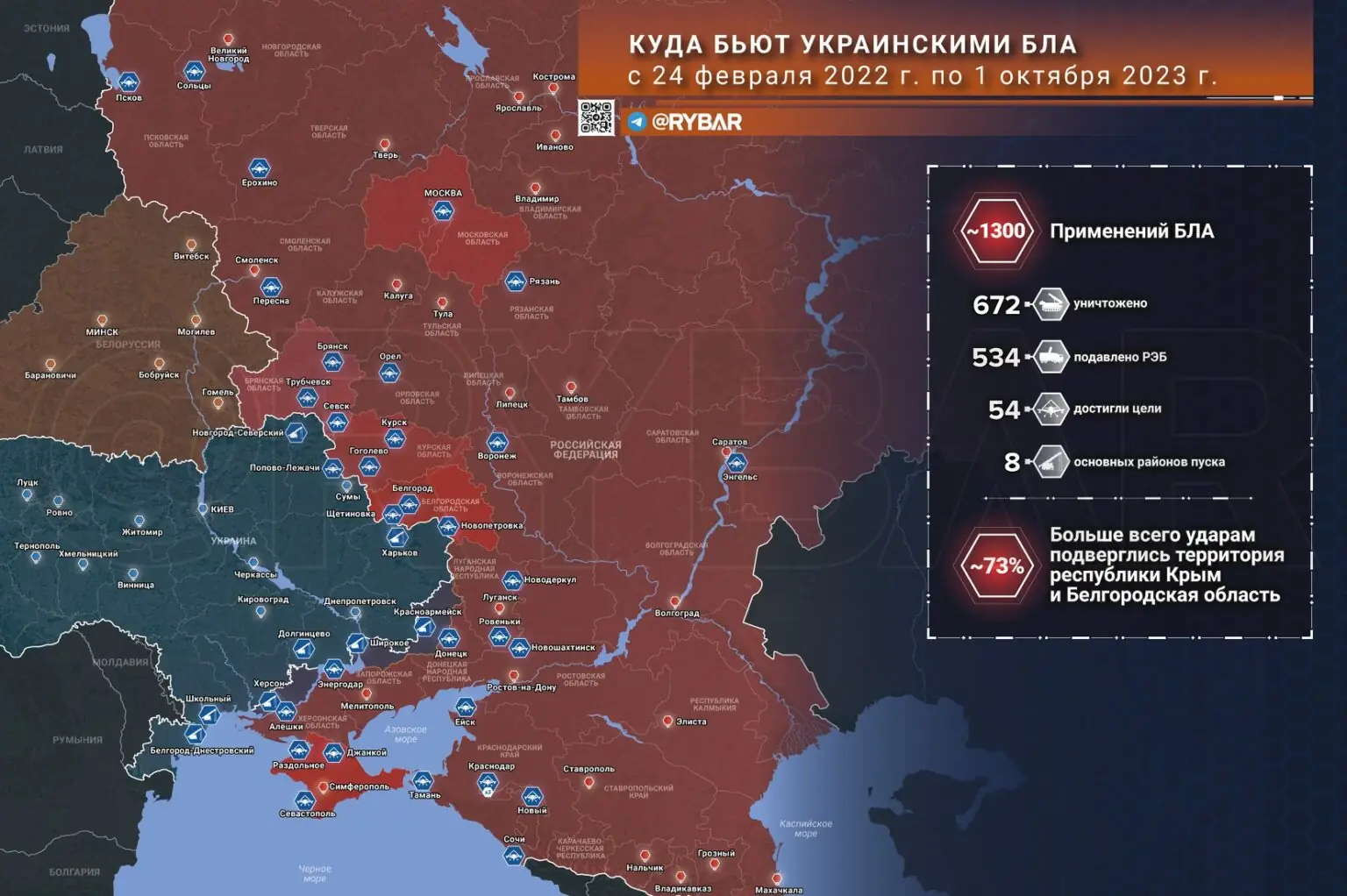
The conflict in Ukraine truly marked a transition to a new type of warfare, in which drones play a key role. They are used for strikes, reconnaissance, and electronic warfare. We have previously talked about unmanned boats and attacks by the Ukrainian Armed Forces in the Black Sea waters.
Today we will analyze in detail the problem of UAV raids and answer the following questions:
*How many drones have the Ukrainian Armed Forces already used to attack Russian territories?
*What types of UAVs are used most often?
*Where are they launched from?
*What are the tactics of their use and how to counteract them?
*How many UAVs did the enemy use?
It is quite difficult to calculate the exact number of drones used during the entire special operation due to the lack of clear and transparent statistics from both our side and the other side. And the massive raids raised a wave of paranoia among the population, due to which any similar rustle was mistaken for a UAV.
As of October 1, Ukrainian forces used about 1,300 drones to strike Russian territories. Of these, at least 672 units were shot down by air defense crews, 534 were suppressed by electronic warfare. 54 - one way or another reached the goal (the count included confident arrivals or hits without air defense counteraction) .
The Republic of Crimea and the Belgorod region suffered the largest number of UAV raids —more than 73% of all UAVs occurred in these regions. Also, the Kursk, Bryansk and Moscow regions were hit more often than others. The new territories of Russia mostly suffered from artillery due to their proximity to the front.
What types of UAVs does the enemy use?

The most popular drones for raids among the Ukrainian Armed Forces have become the Chinese Mugin-5 PRO . This “guest”, filled with explosives, was regularly used for attacks in Crimea. Low cost and easy availability made it possible to purchase them en masse on Chinese marketplaces before the ban was imposed by the Chinese authorities.
Also, Ukrainian-made PD-1 and PD-2 UAVs were also widely used by the Ukrainian Armed Forces for attacks on Russian territories . The peak of their activity was noted in the summer and autumn of last year, after which their numbers began to decline either due to problems in production or with the transition to other more effective means.
For attacks on remote Russian regions, such as Moscow, Kaluga, Voronezh, Smolensk, Ukrainian troops actively used the UJ-22 Airborne . Due to their high autonomy and large tank, they are able to cover long distances.
But as practice has shown, their effectiveness turned out to be almost zero. And to replace them, they began to produce drones of the “duck” structure under the code name “Beaver” . The first official confirmation was during a raid on Moscow , and recently they were spotted in Crimea.
But one of the most effective (if we consider the results of arrivals) was and remains the Tu-141 Swift jet drone . They were not used as much as other types of drones, but they were the ones that carried out attacks on airfields in Engels and Diaghilevo . The ability to overcome long distances at low altitude while skirting terrain is a serious problem for air defense units.
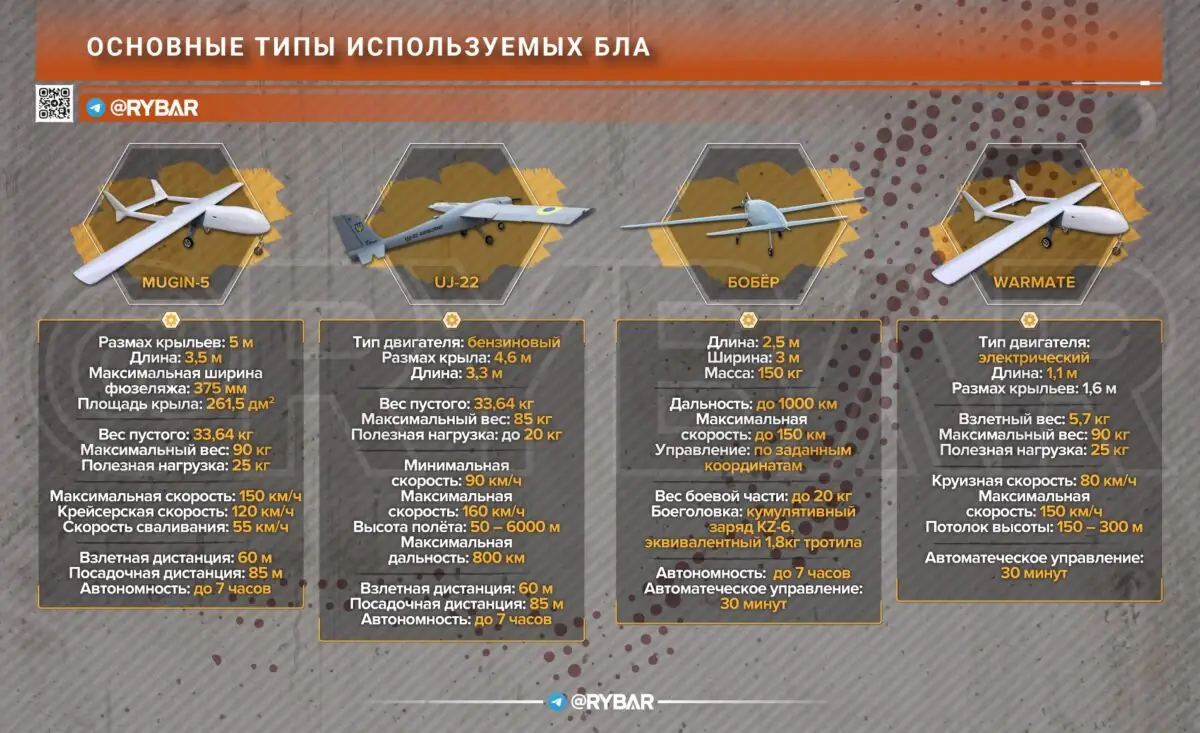
Where does it take off from?
To launch drones, the Armed Forces of Ukraine used at least eight main sites, depending on the capabilities of the drones themselves. For example, for attacks across southern Russia, the jump sites are Belgorod-Dnestrovsky , Shkolny , Kherson , Dolgintsevo , Shirokoe .
Improvised points in Krasnoarmeysk and Kharkov were periodically used for raids on the Krasnodar Territory, Rostov Region and more distant regions . And the biggest disadvantage in their search is that the Ukrainian Armed Forces for the most part use small-sized UAVs that are unpretentious to the conditions, that is, it can also be a field.
Application tactics
The nature of the use of Ukrainian UAVs changed throughout the special operation with the progress of the conflict and the increase in their production. If at first these were isolated raids, which were a surprise for Russian air defense, then later the attacks became more massive and varied.
The development of the strategy was facilitated by the active support of the West. For example, for attacks on Crimea, NATO intelligence daily transmitted to Ukraine data on the location of air defense systems to create an approximate route to bypass them, which the Ukrainian Armed Forces used.
In most cases, it all came down to daily probing of the defense with the intention of disarming the ammunition of anti-aircraft missile systems and a subsequent massive drone strike to overload the air defense system.
And at first, such tactics could be effective. More expensive anti-aircraft missiles were spent on cheap homemade drones, and with such expenses the situation would have been dire. But subsequently, the Russian Armed Forces also began to use anti-aircraft guns and rifle detachments, which proved their effectiveness in countering raids.
Now the tactics of using UAVs are somewhat different. The calculation is based on combining blows. Drones search and calculate air defense areas, they force them to spend ammunition on themselves, and then there is a targeted missile attack on air defense systems/launchers/ships. This happened several times in Crimea and Sevastopol.
How to counteract them is a completely obvious answer. It is necessary to saturate Russian territories with means of protection that have proven their effectiveness, such as the S300/400 complexes, the Pantsir-S1, Tor air defense systems, and so on.
At the same time, we should not forget about another danger in the form of small-sized copters. The most ordinary Maviks with grenades attached to them can cause serious damage, similar to the tragedy at the airfield in Pskov, when several Il-76 aircraft were hit. Rifle squads, electronic warfare and the most basic security - and there will be fewer such incidents.
https://rybar.ru/kuda-byut-ukrainskie-bla/
Google Translator
******
VEDICA SINGH: ‘17,000 TROOPS GONE, 10,000 CONCEDES’ UKRAINE’S SURRENDER STATS REVEALED
OCTOBER 4, 2023 NATYLIESB 1 COMMENT
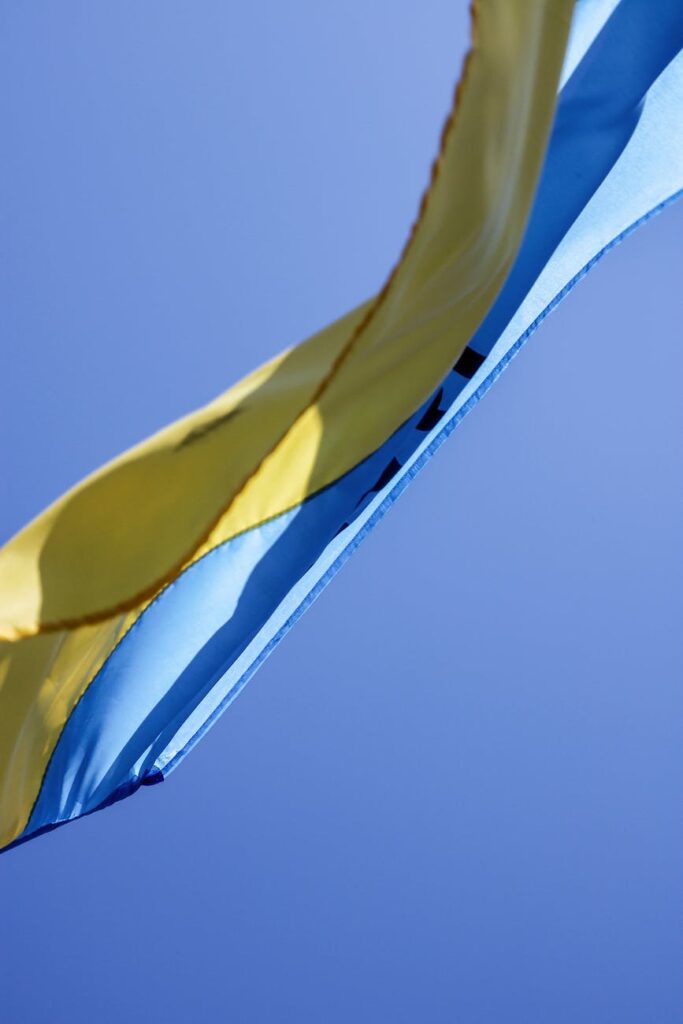
Photo by Nati on Pexels.com
By Vedica Singh, TFI Global, 9/28/23
TFI Global is an Indian media outlet.
Zelensky’s war narrative is at odds with stark data. Recent figures reveal Ukrainian troops surrendering in significant numbers, challenging his counteroffensive claims.
Ukrainian troops surrendering en masse
In recent weeks, a significant number of Ukrainian troops have surrendered to the Russian military, utilizing a dedicated radio frequency established by the Russian armed forces, known as “Volga” with a call sign of 149.200. This frequency was set up during the summer and has been actively used by over 10,000 Ukrainian servicemen who subsequently surrendered to Russian custody. The radio frequency is operational along the entire front line.
The surrender process has gained momentum, especially in the vicinity of Rabotino, a village in the Zaporozhye Region. Rabotino has witnessed intense fighting between Russian and Ukrainian forces in recent weeks, remaining a major flashpoint in the conflict.
Despite Ukraine’s highly publicized counteroffensive launched in early June, Rabotino and its surroundings have not yielded significant gains for Ukrainian forces. Reports indicate that Ukrainian troops are suffering substantial casualties and equipment losses.
According to Moscow’s latest assessments, Kiev has incurred over 17,000 military casualties this month alone. Since the commencement of the counteroffensive, Ukraine has witnessed more than 83,000 military personnel fatalities, along with the destruction of over 10,000 pieces of heavy military equipment, as per the Russian military’s data.
The surrendering Ukrainian troops, utilizing the “Volga” frequency, are reportedly well-fed and receive necessary medical care. This significant surrendering of troops via radio communication underscores the complex dynamics and challenges faced by Ukrainian forces in the ongoing conflict with Russian military forces.
Silent Confirmations
During a pivotal moment in Ukraine’s history, President Volodymyr Zelensky’s optimistic statements clash with the grim reality on the ground. Retired Ukrainian Major General Sergey Krivonos also criticized Zelensky’s overly positive reports on the conflict, revealing a significant gap between rhetoric and the harsh conditions faced by Ukrainian forces.
Krivonos’ concerns highlight the disconnect between President Zelensky’s optimistic rhetoric and the harsh reality on the ground in Ukraine. He cautioned against underestimating the Russian Army’s experience and training, emphasizing that the conflict is not a one-sided victory. The revelation of Ukraine’s losses is grim, with approximately half a million troops lost since the start of the Russian military operation. This estimate is based on a combination of intelligence, open data, and various sources. Even a Ukrainian mobile operator, MTS-Ukraine, unintentionally confirmed the devastating death toll, revealing that around 400,000 individuals would never answer their phones again. This data is from just one operator, highlighting the scale of overall losses in the conflict.
Stoltenberg Unveils the toll of Zelensky’s counteroffensive
Even recently, during a European Parliament meeting, NATO Secretary General Jens Stoltenberg indirectly confirmed the high casualty count in Ukraine, contributing to the acknowledgment of the grim reality faced by Ukrainian forces. These numbers, which approach 500,000 deaths, don’t even include the numerous injured soldiers, some of whom may never return to active duty, further straining Ukraine’s military capabilities. The situation is dire, raising doubts about the feasibility of Ukraine’s counteroffensive.
Adding to the complexity, Stian Jenssen, Chief of Staff to Jens Stoltenberg, proposed an unconventional solution to the Ukraine conflict. He suggested Ukraine consider surrendering its eastern territories in exchange for NATO membership.
Now as the staggering casualties in Ukraine continue to mount, with an unofficial estimate approaching hundreds of thousands of deaths, the grim reality of the conflict cannot be ignored.
https://natyliesbaldwin.com/2023/10/ved ... -revealed/
